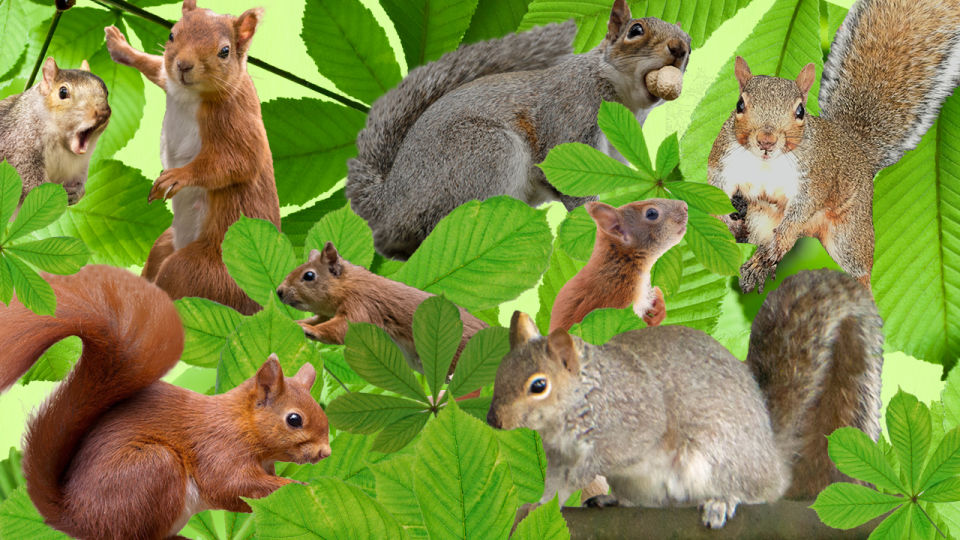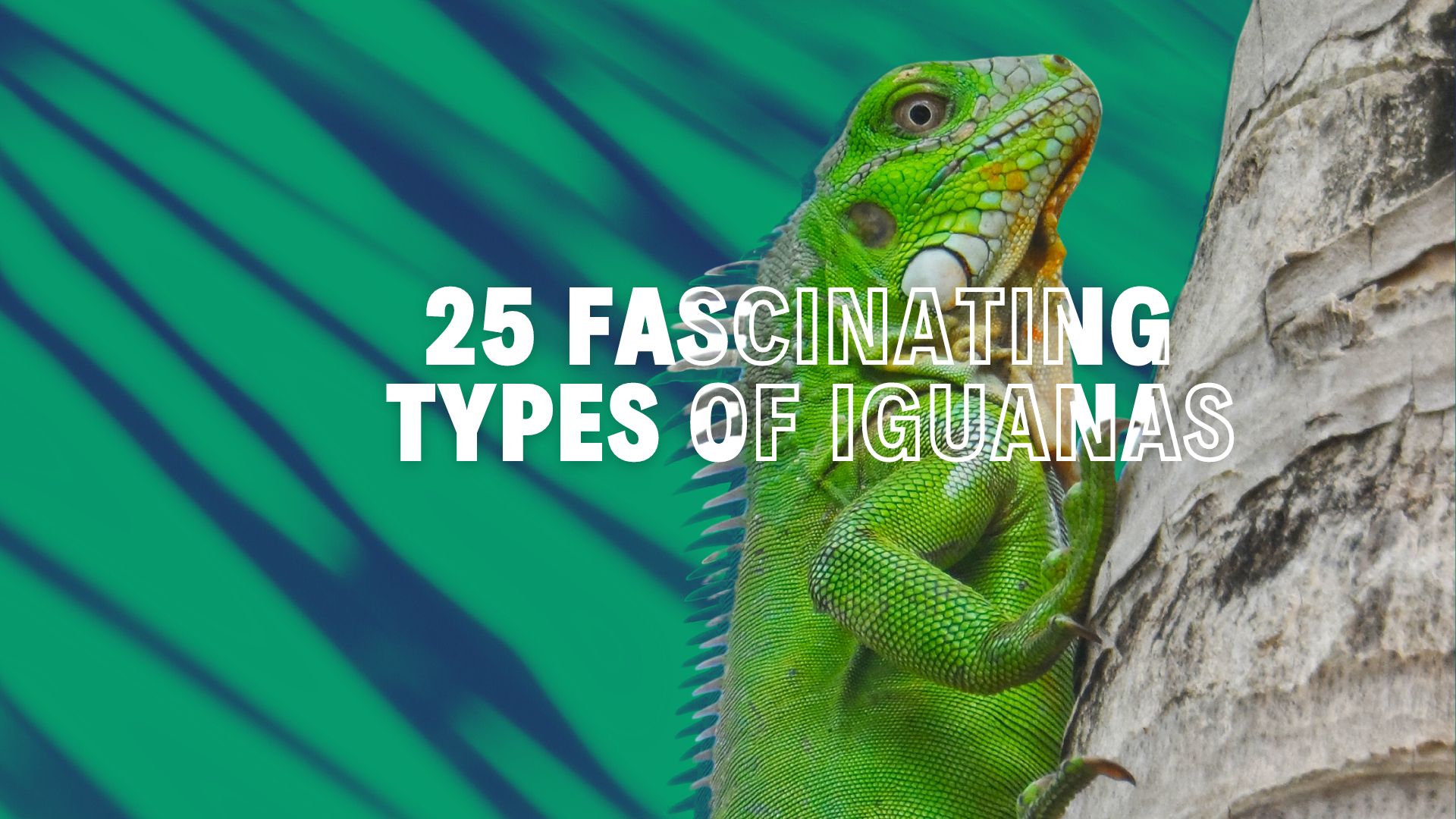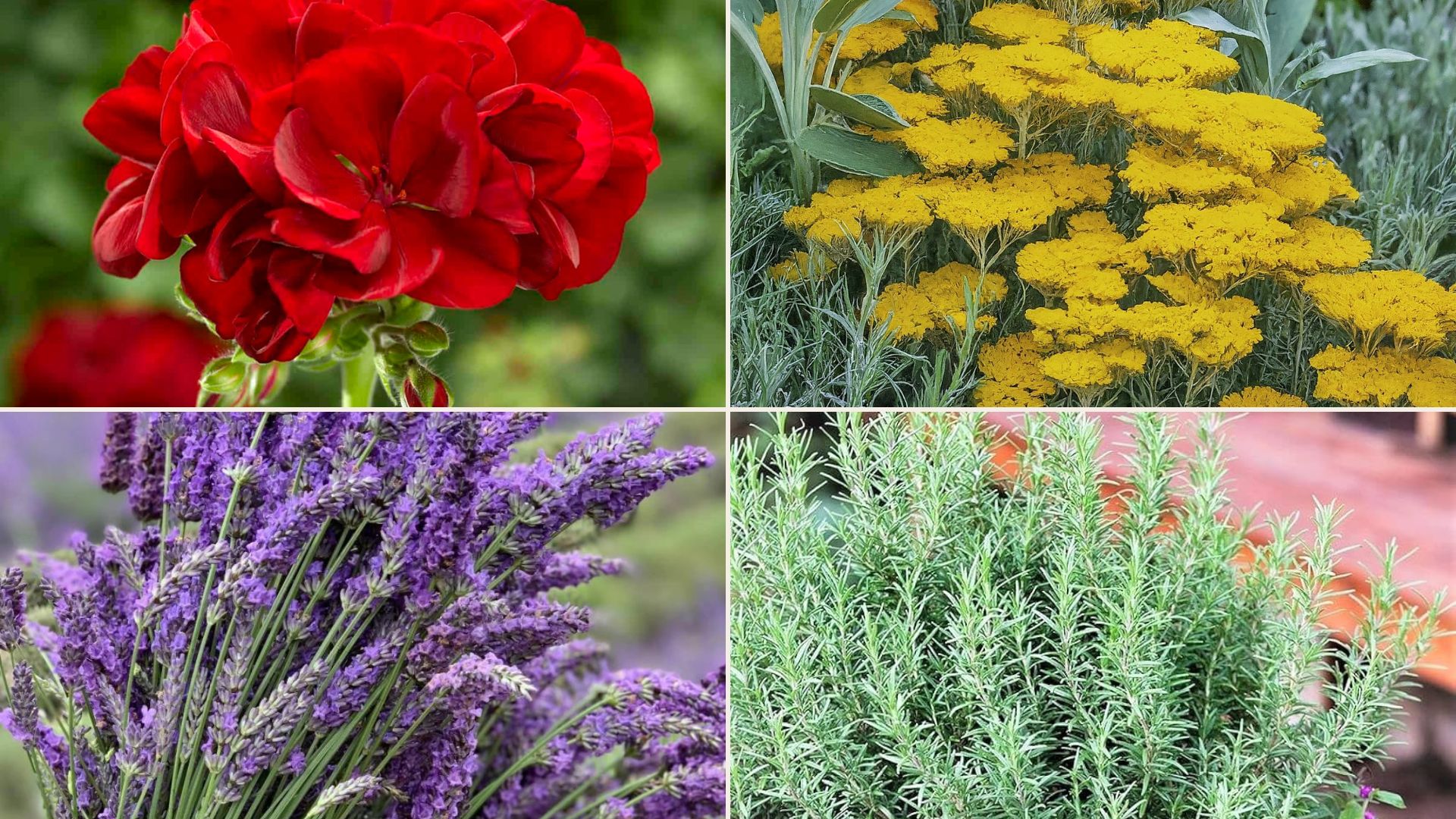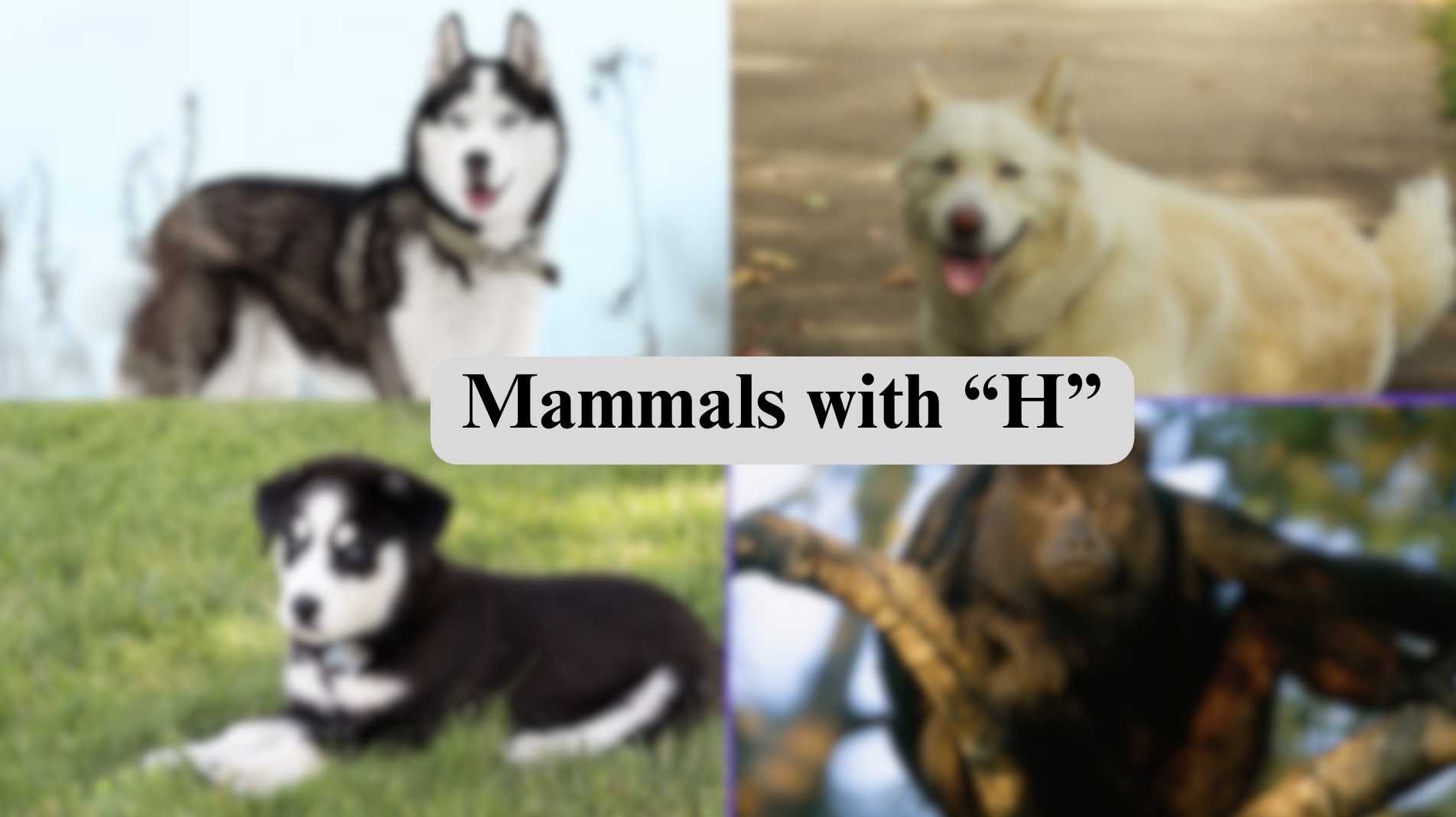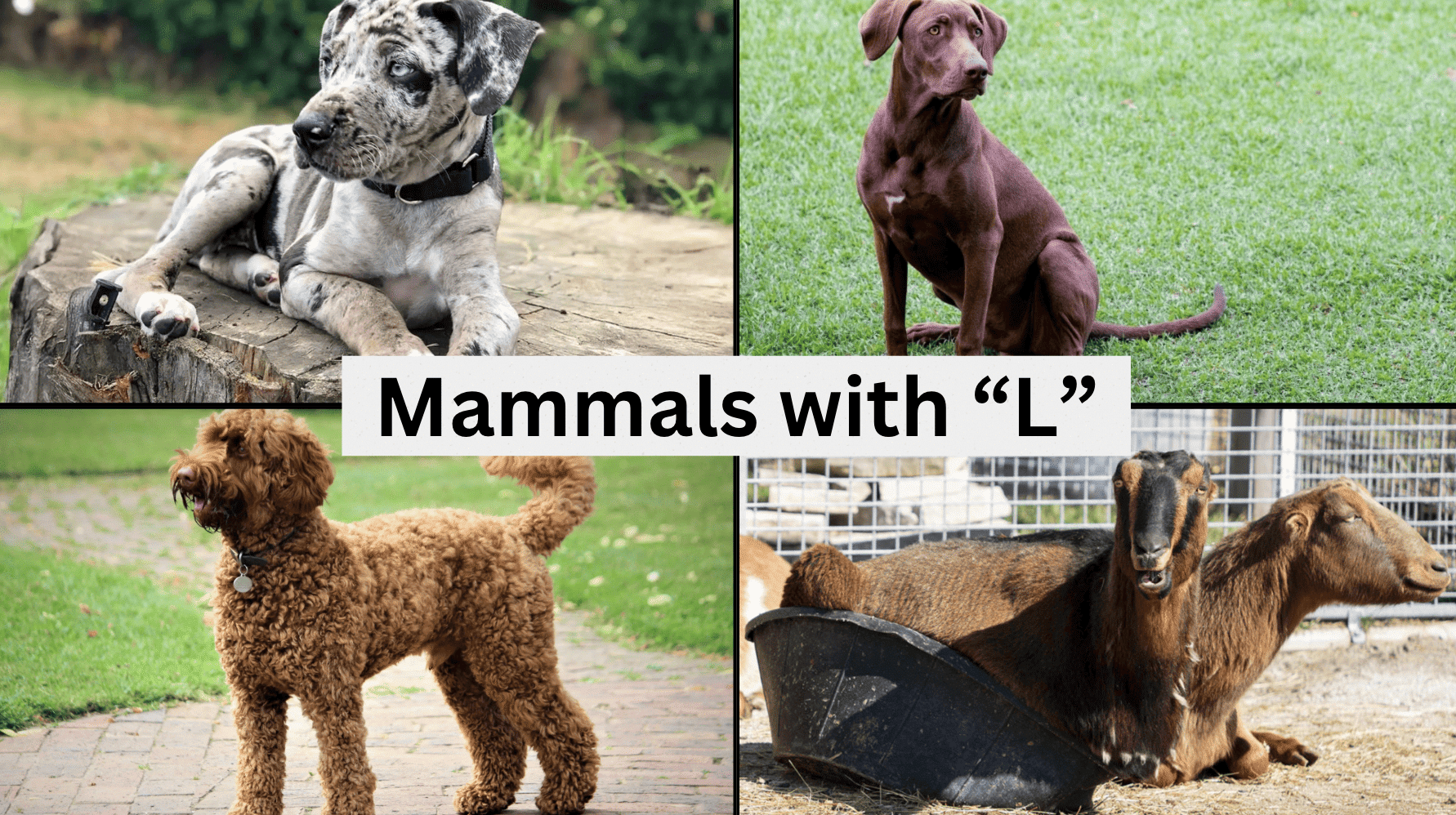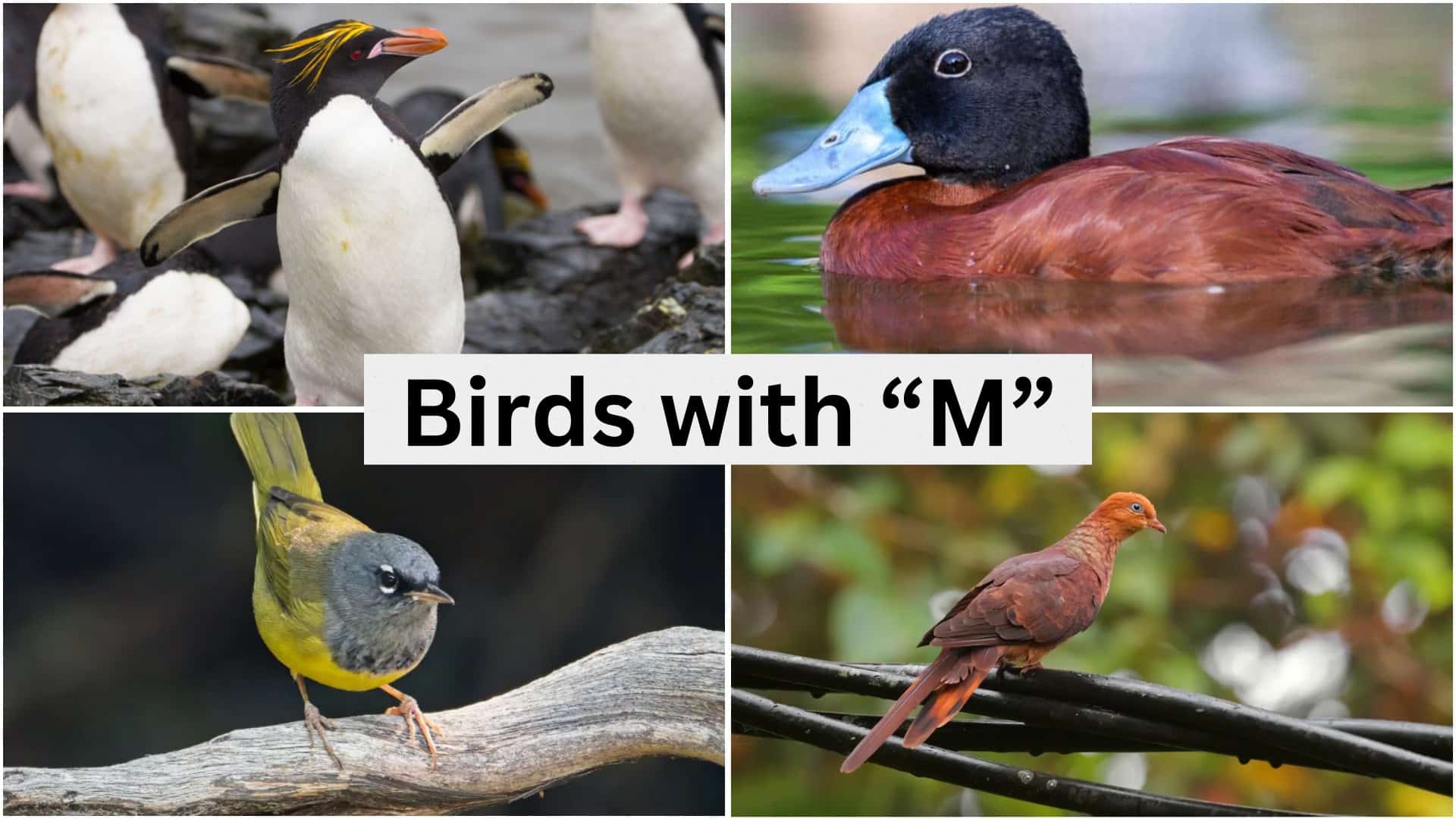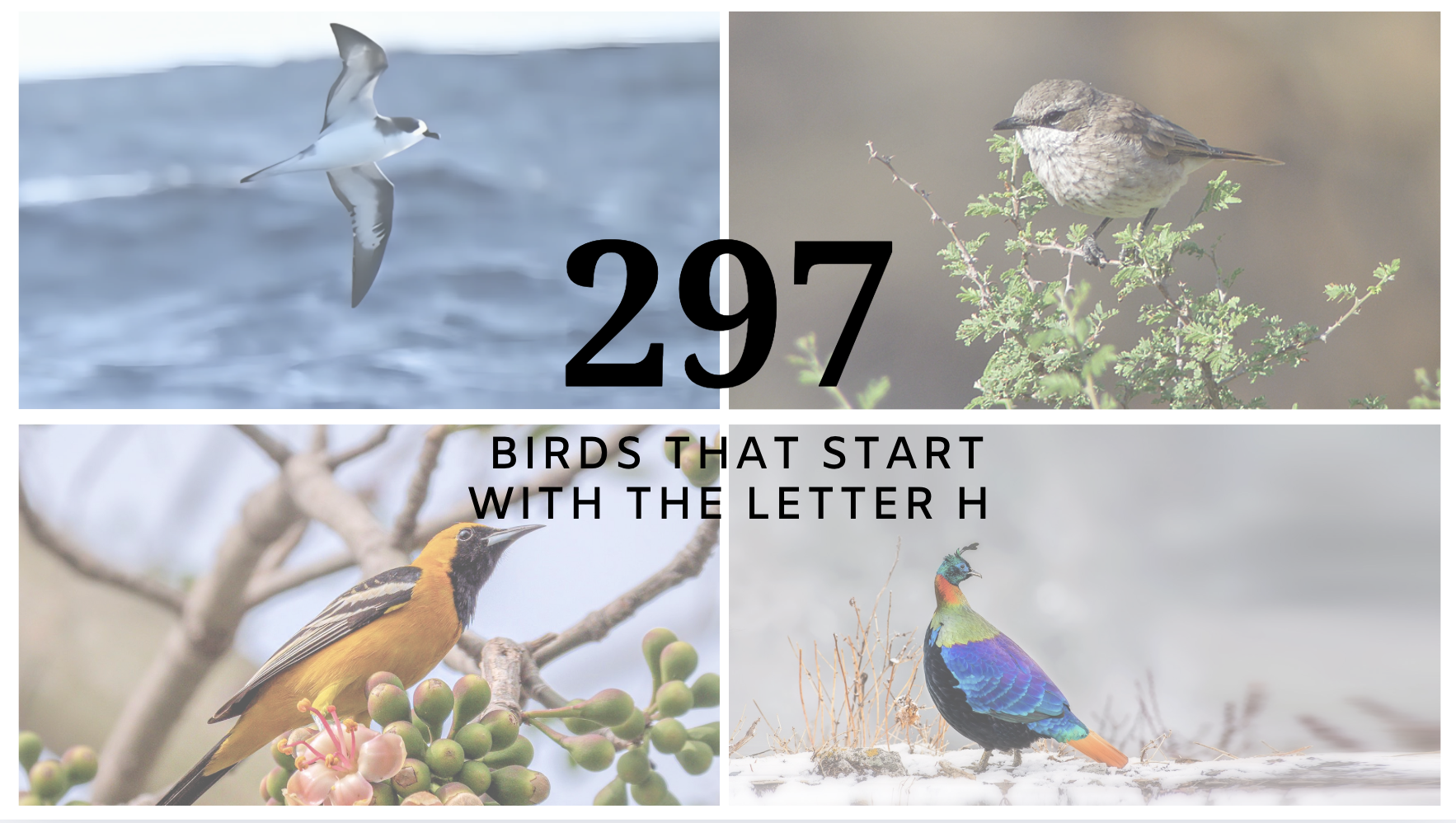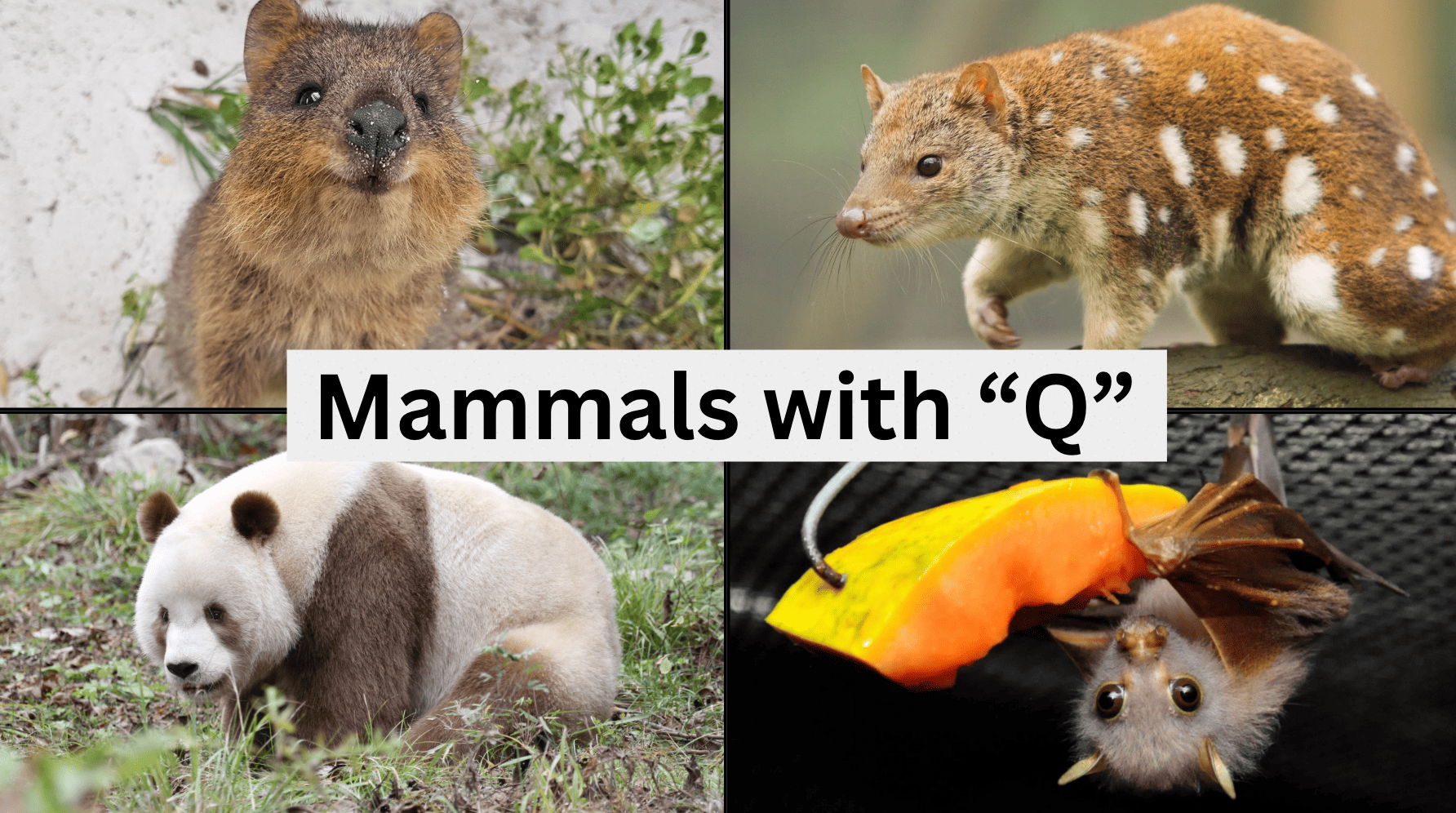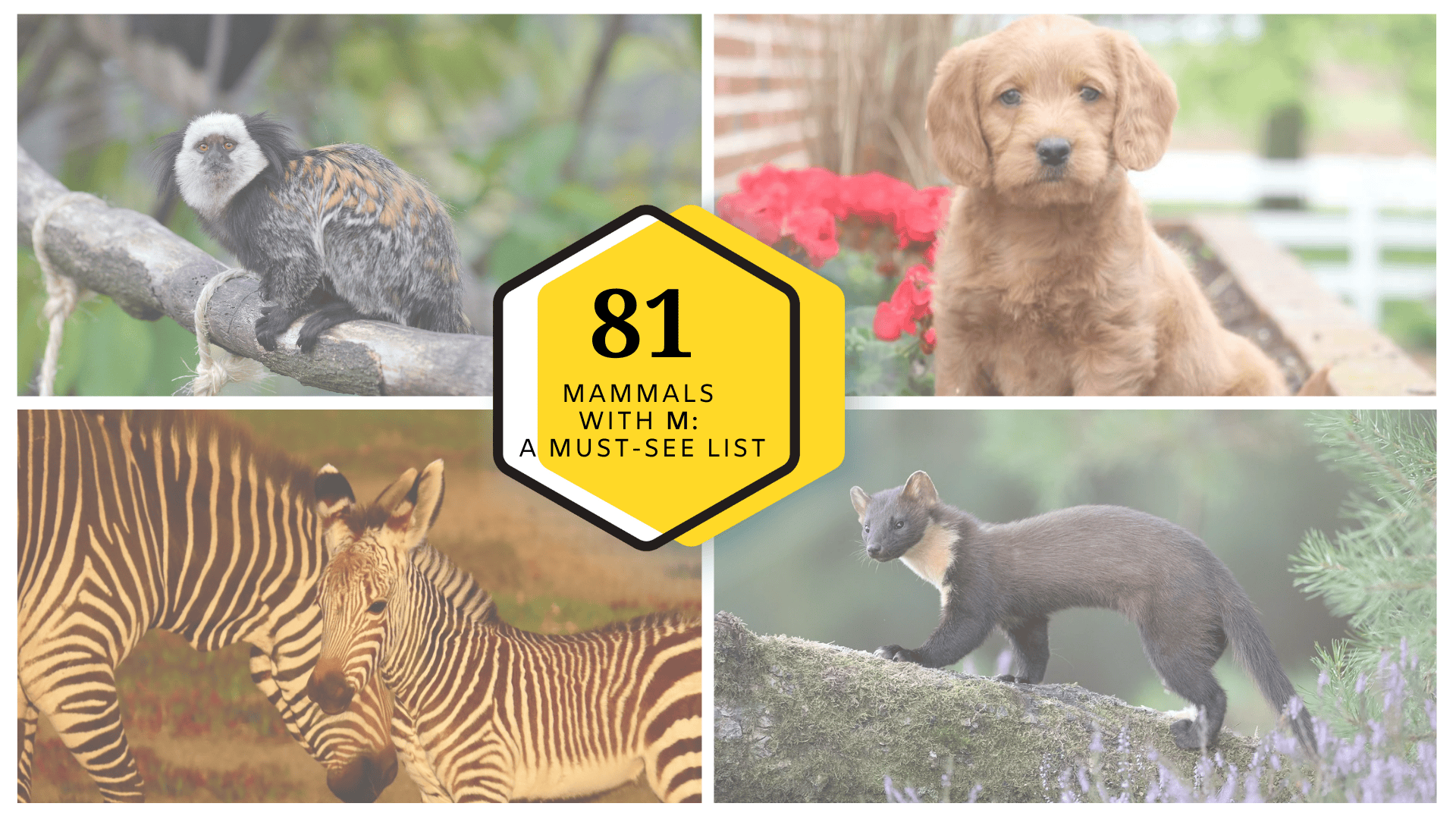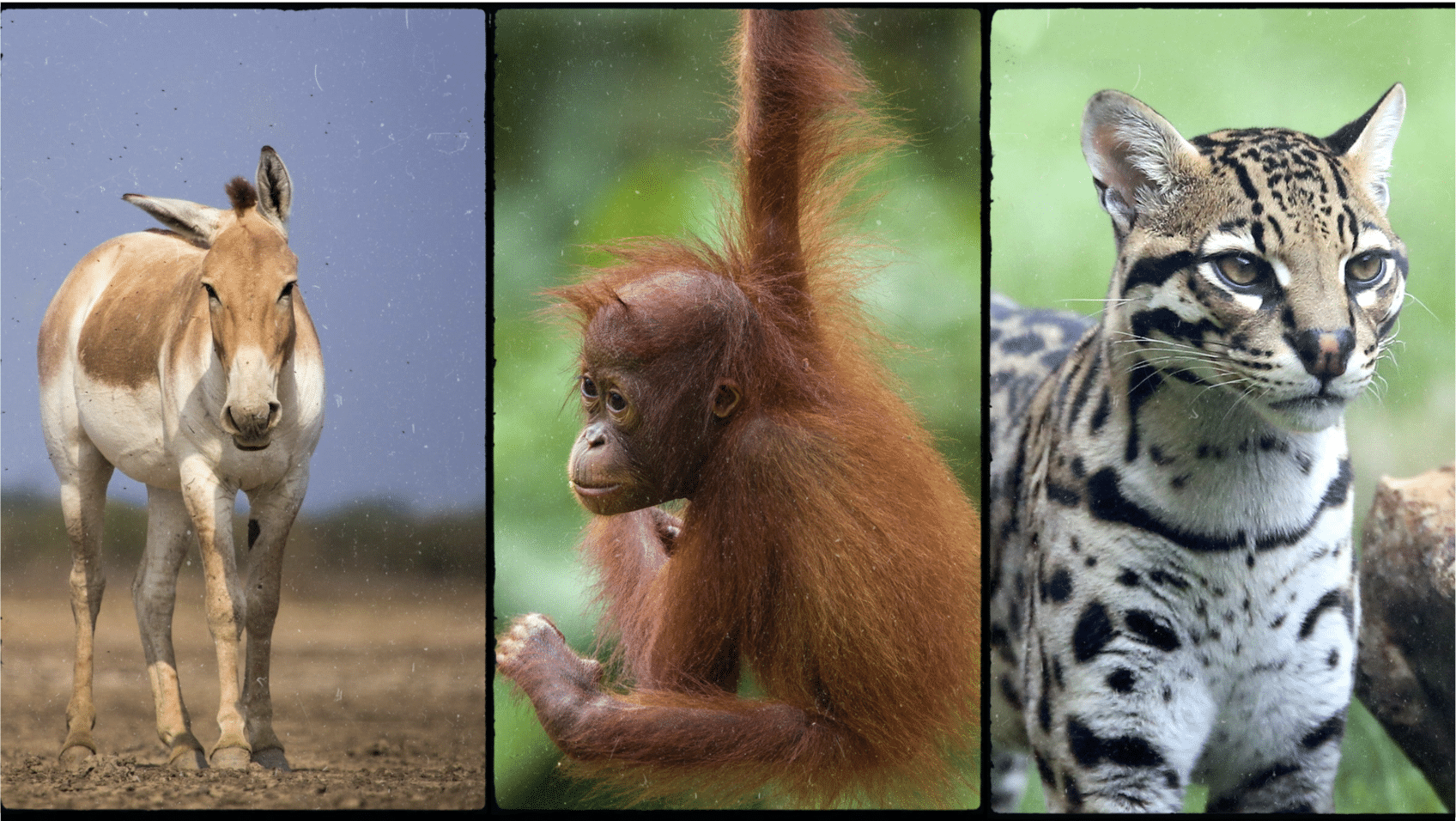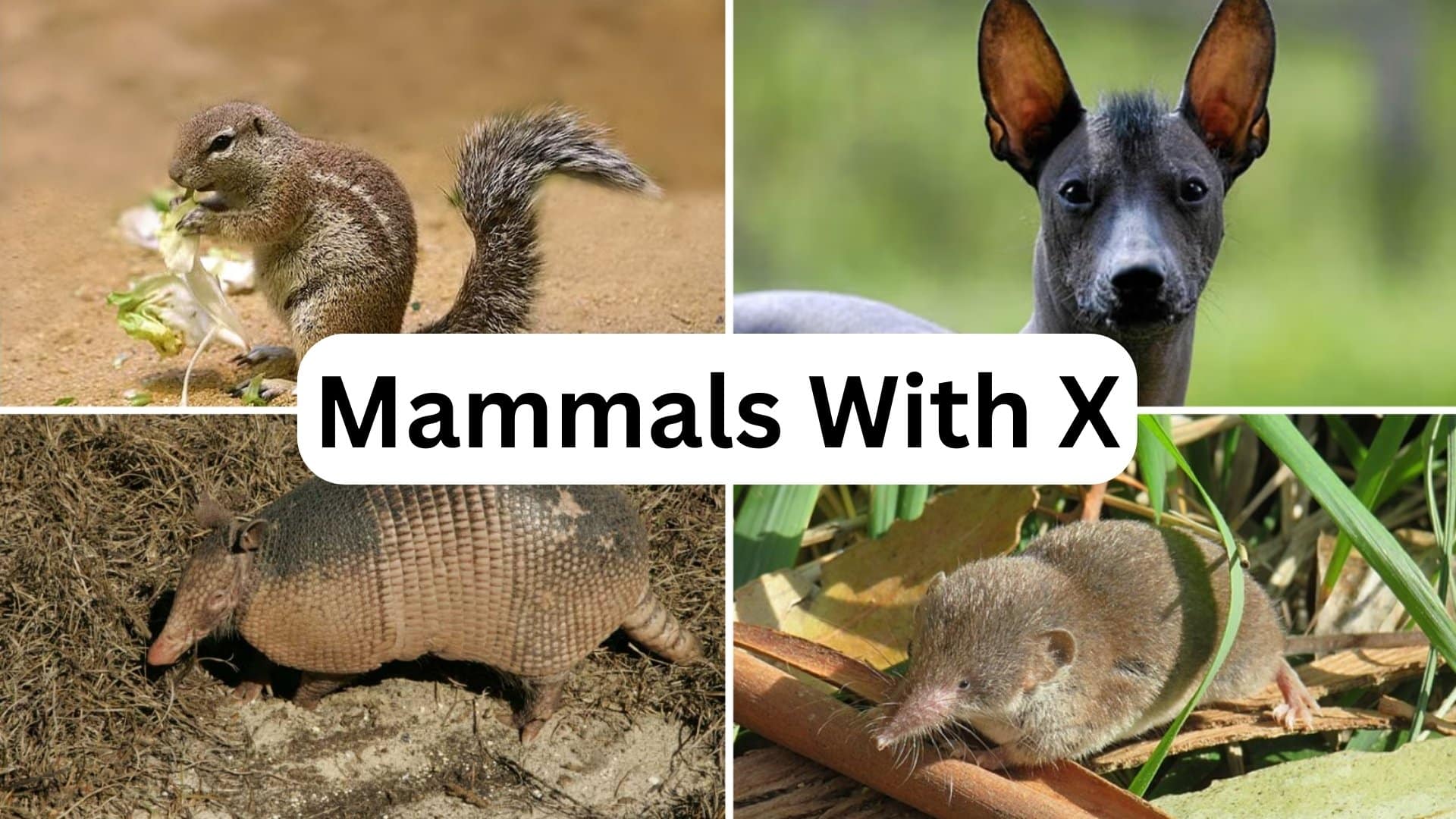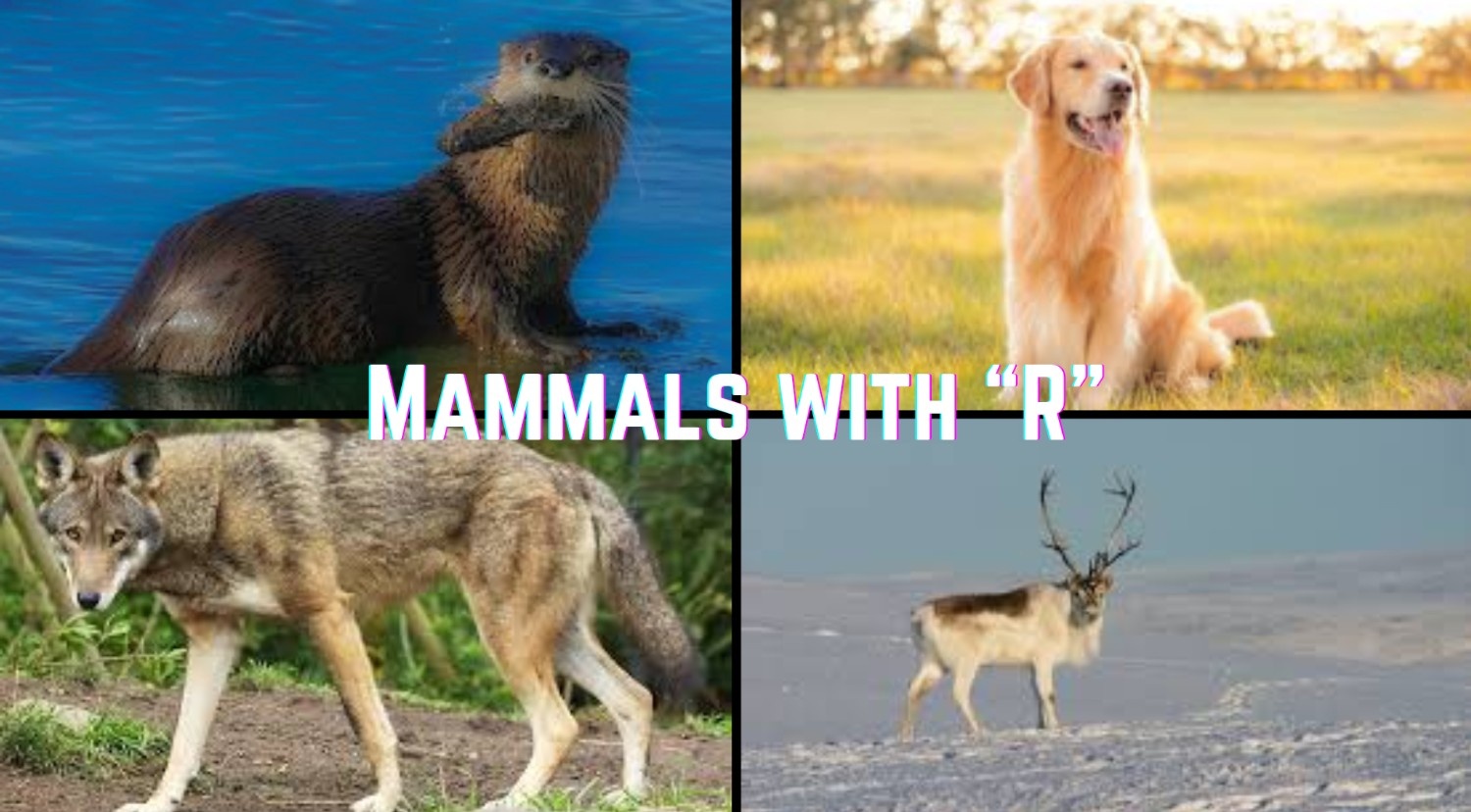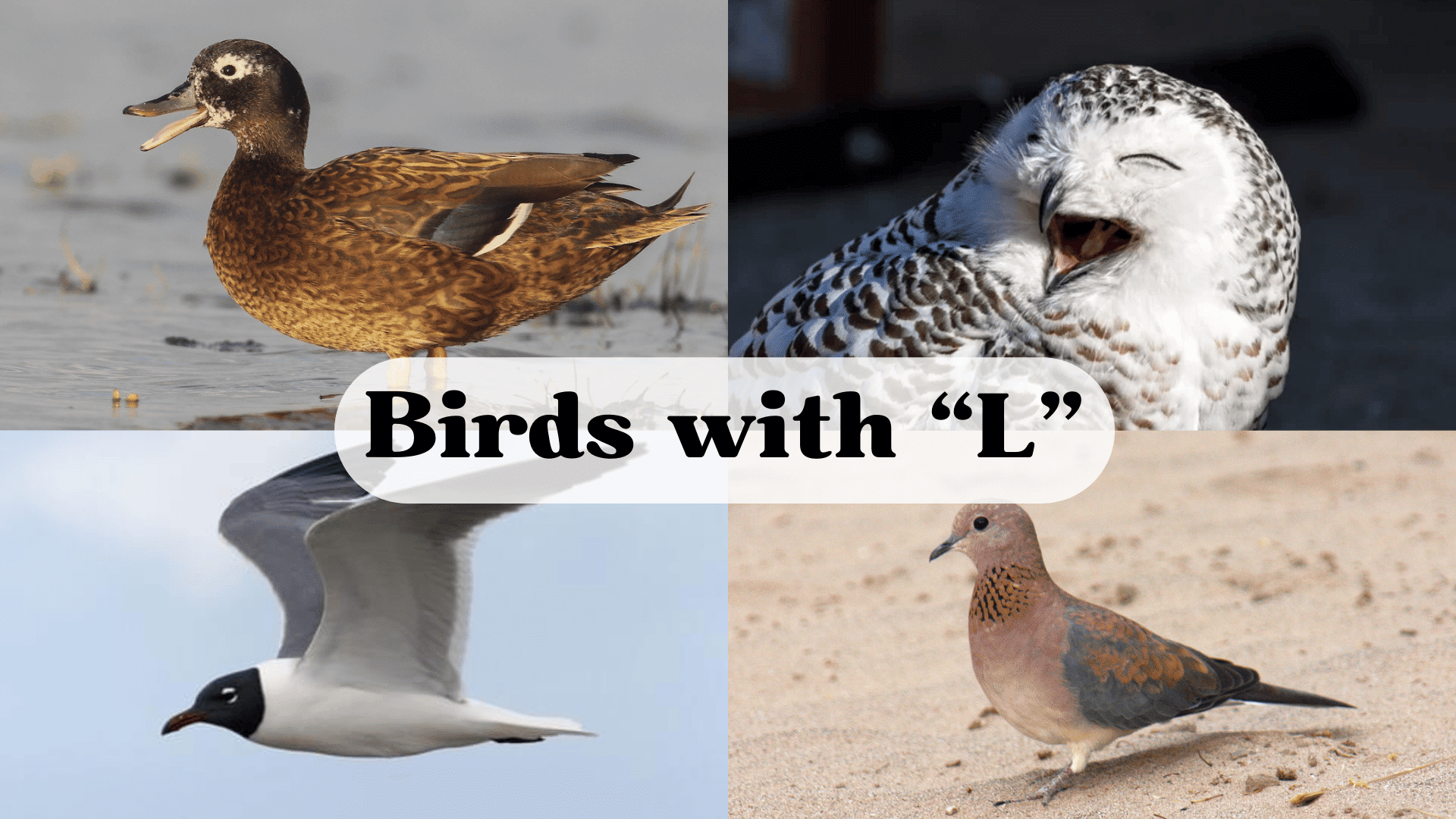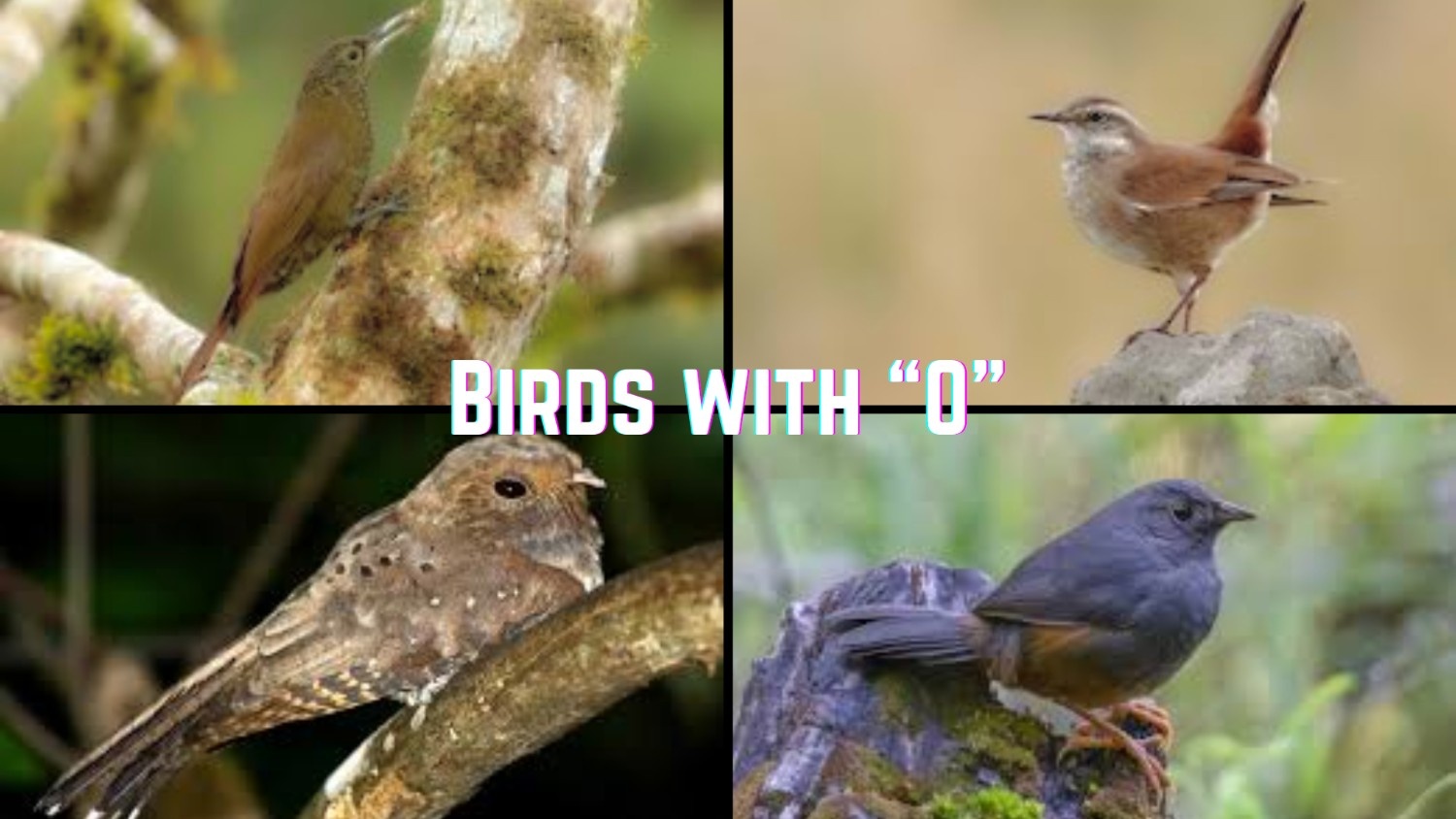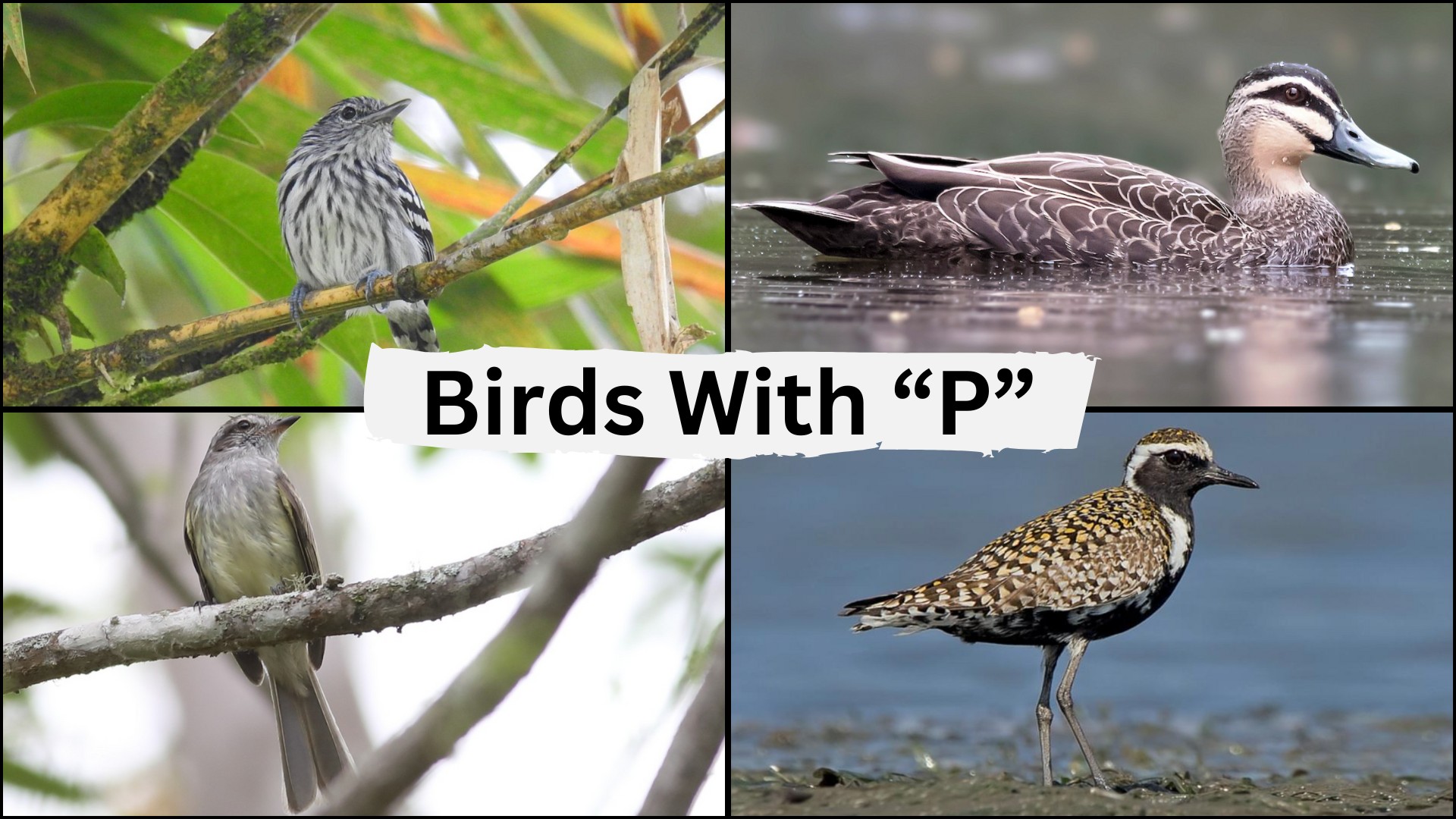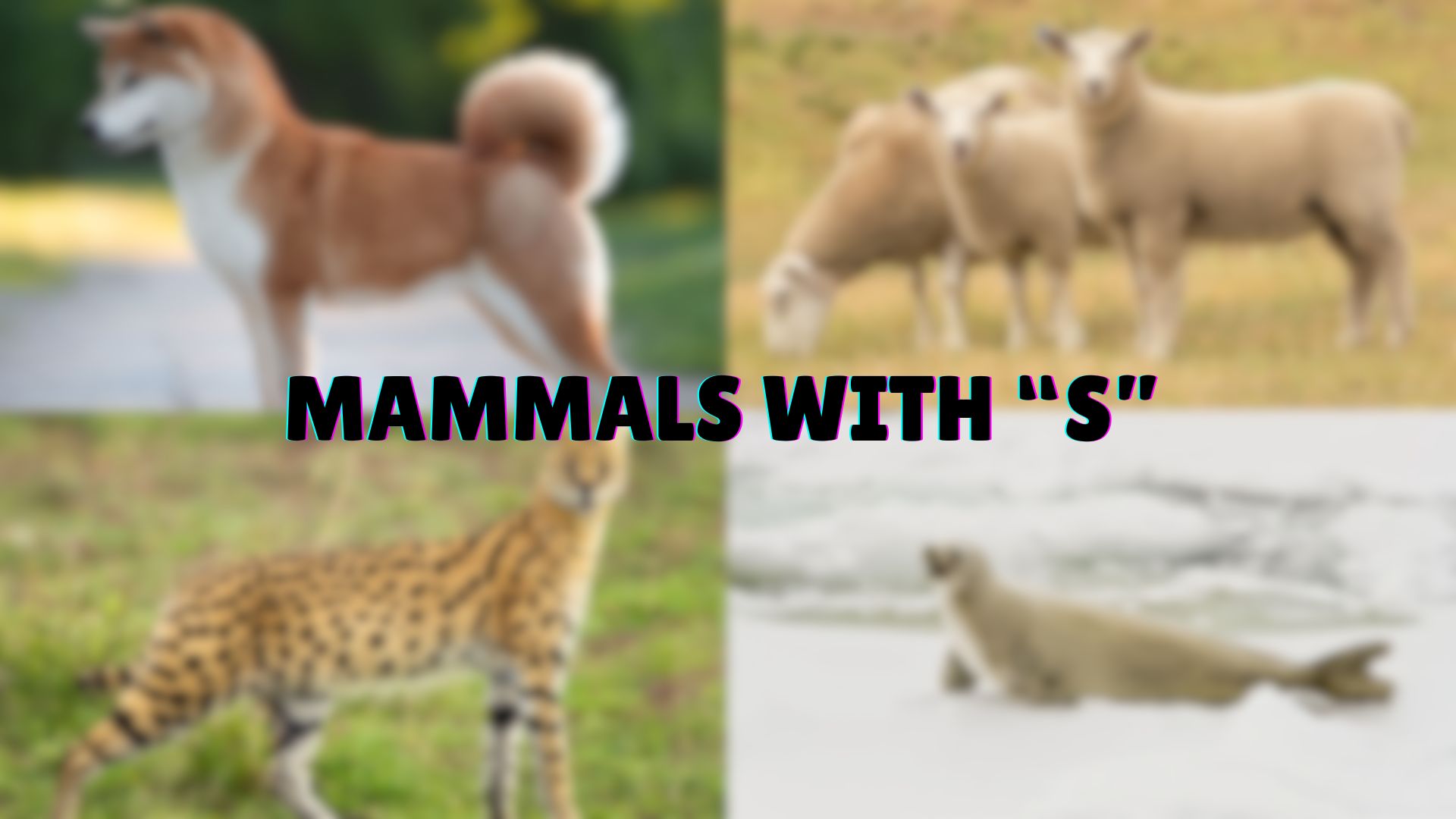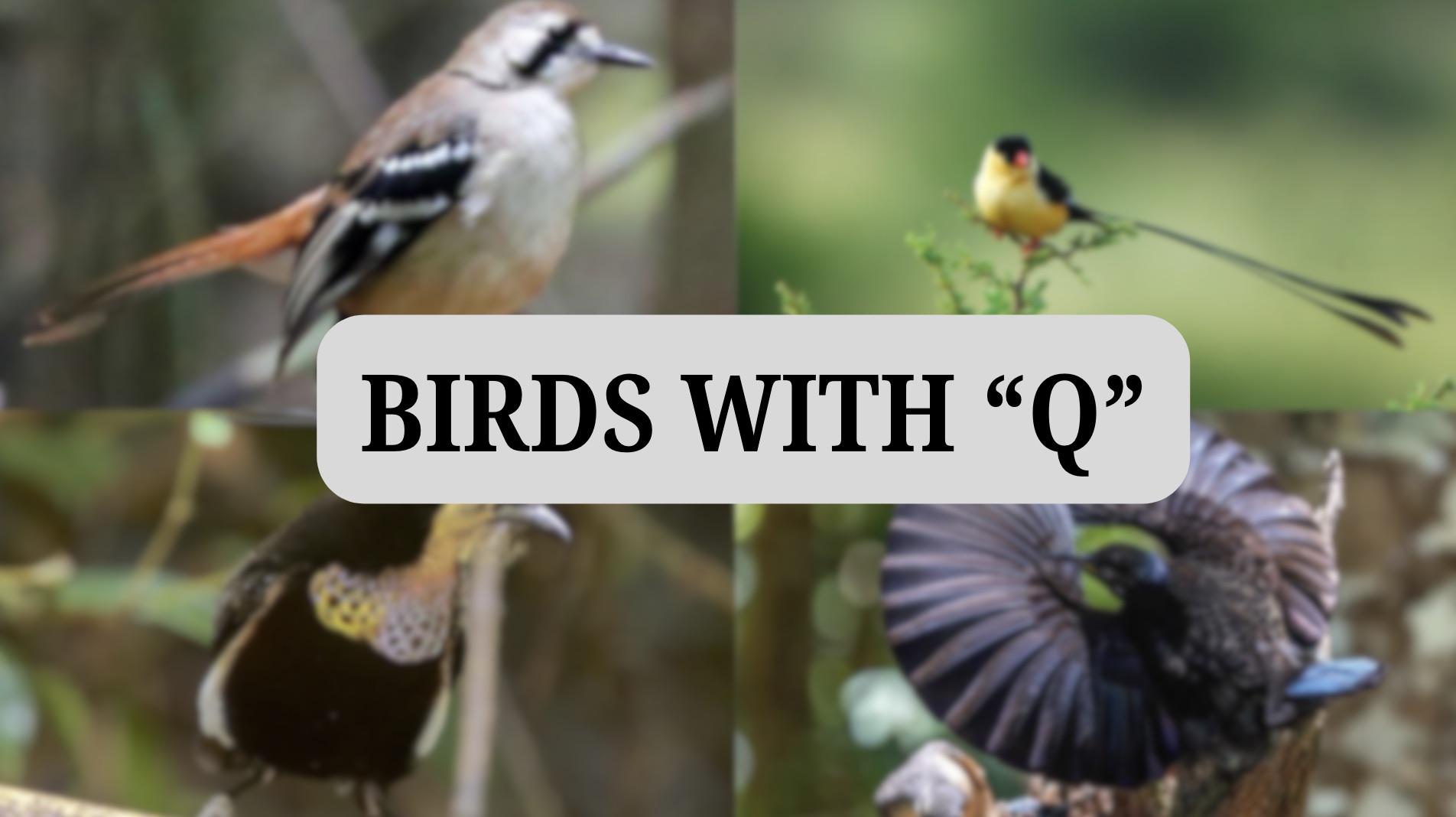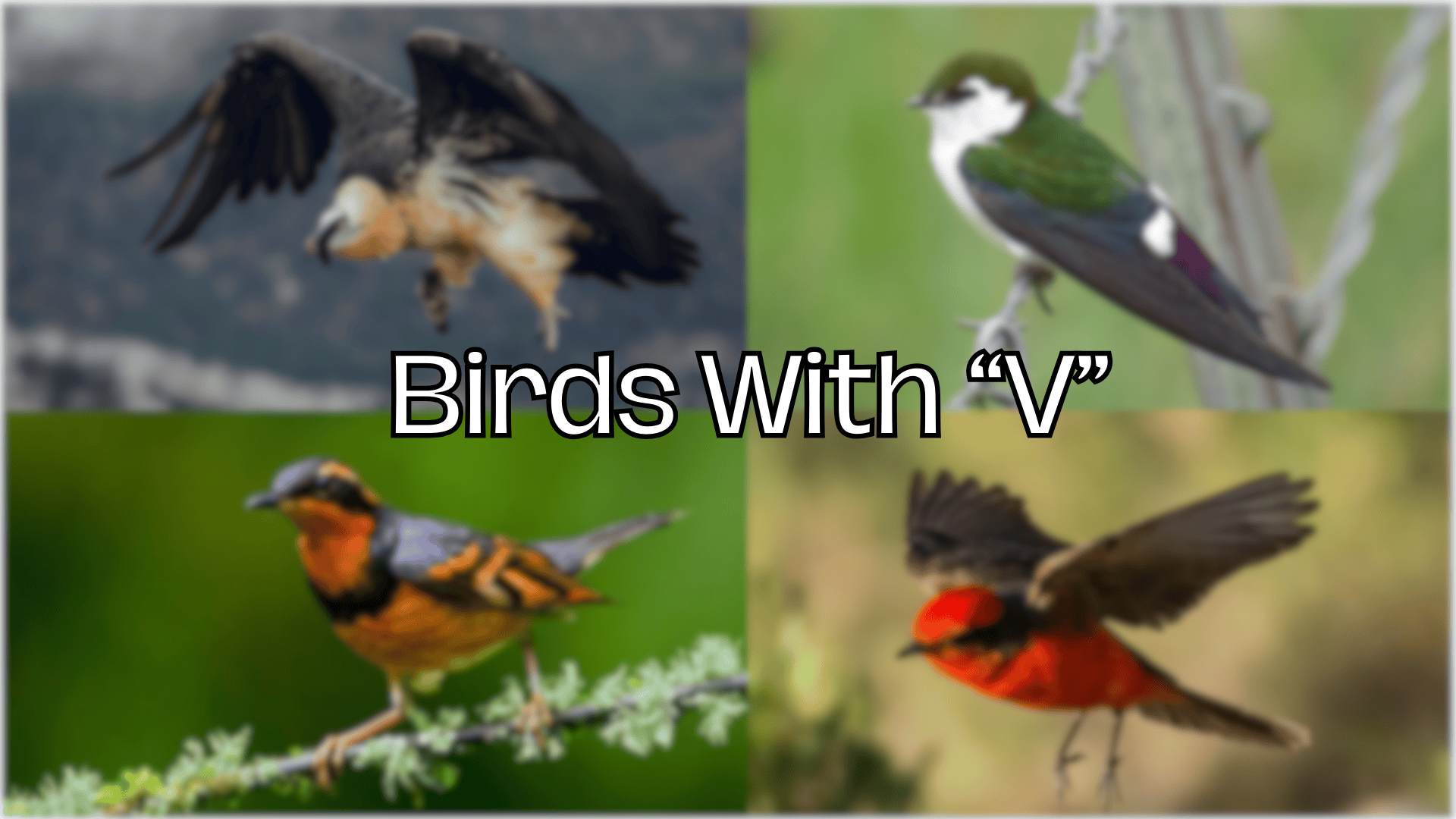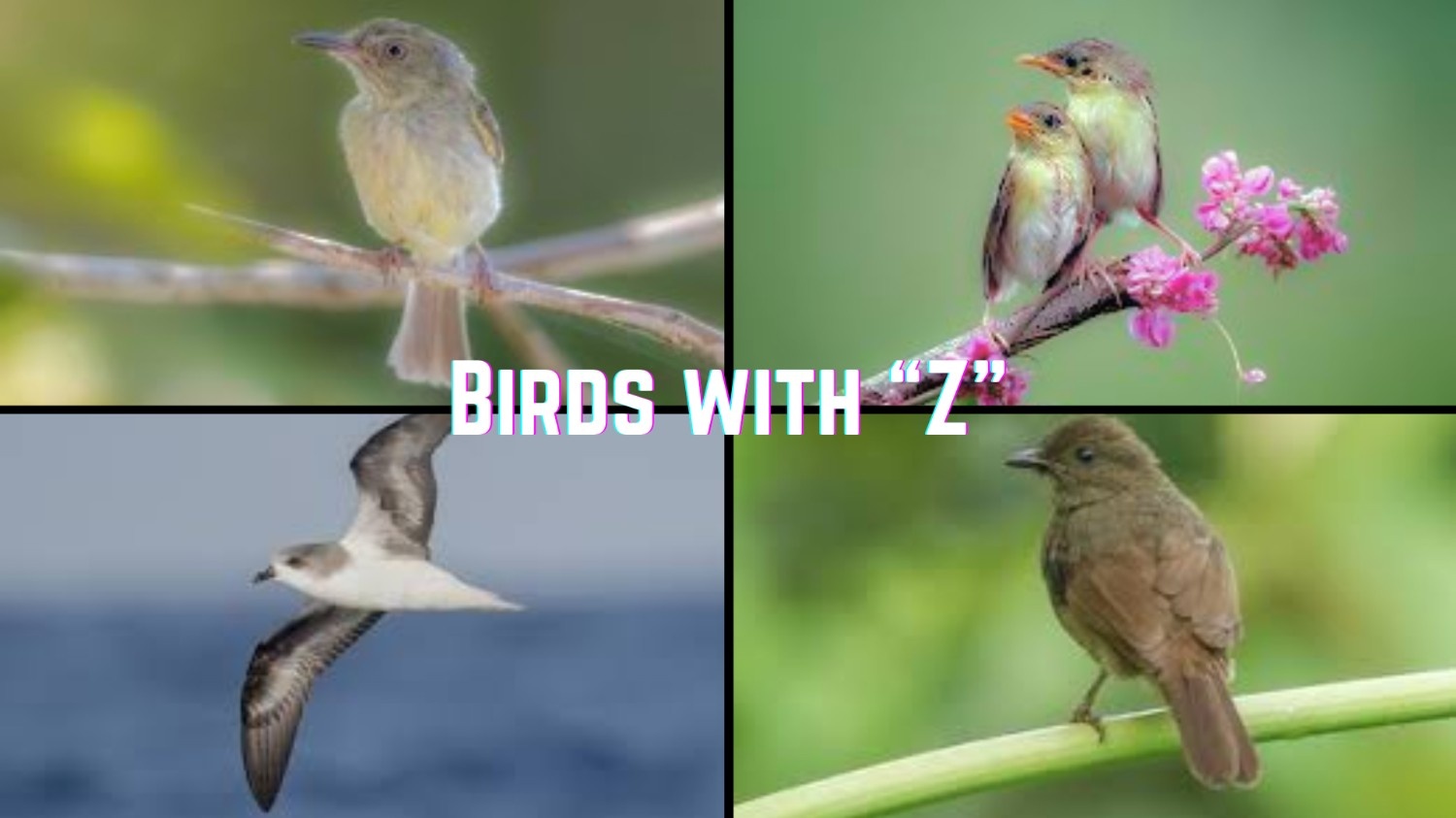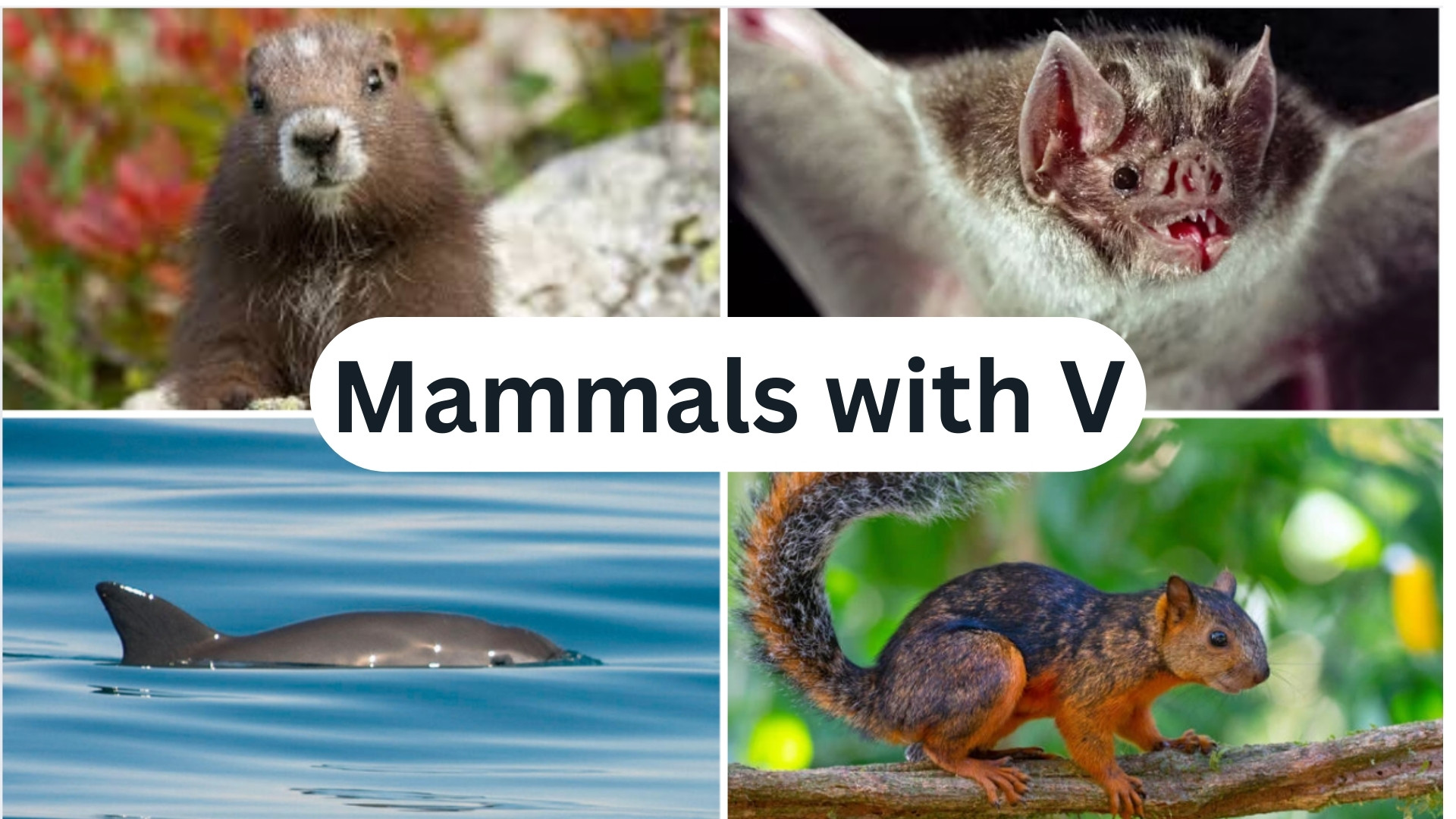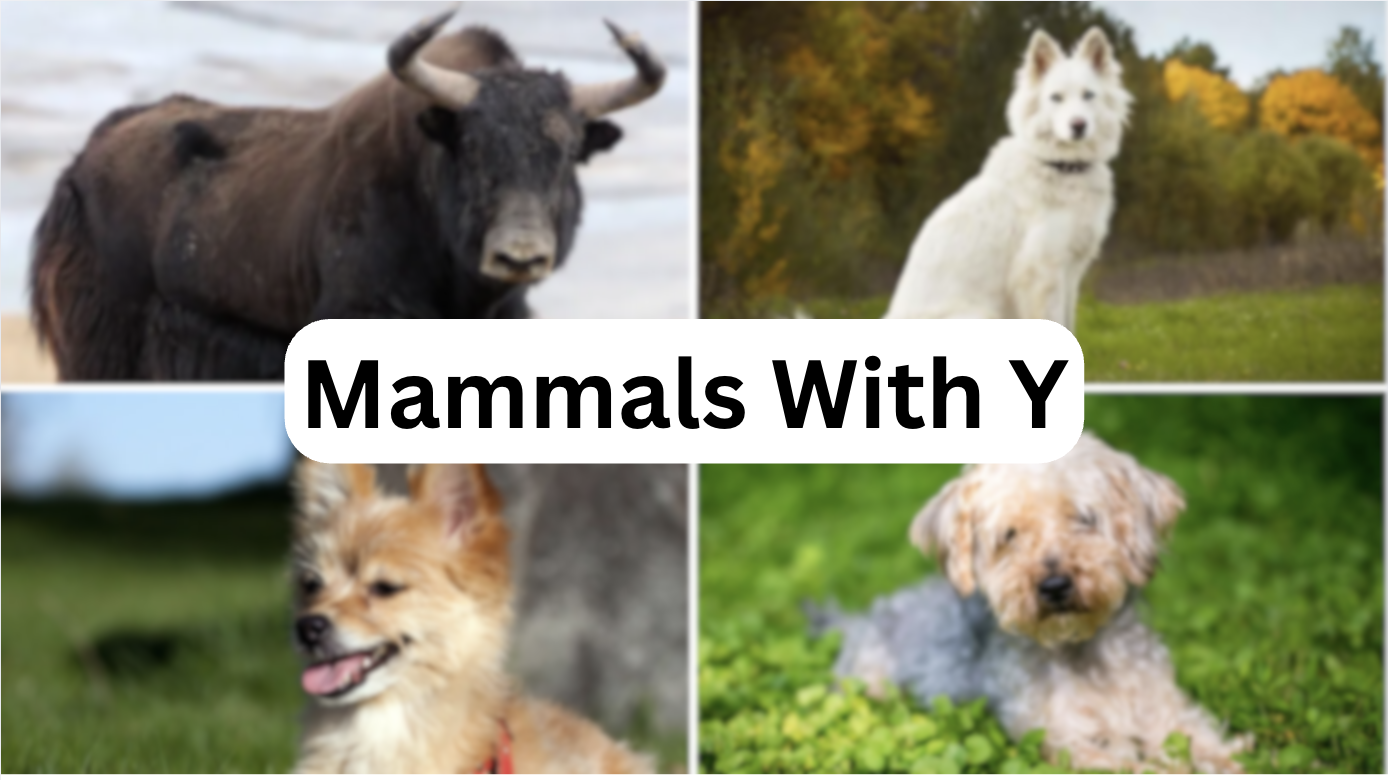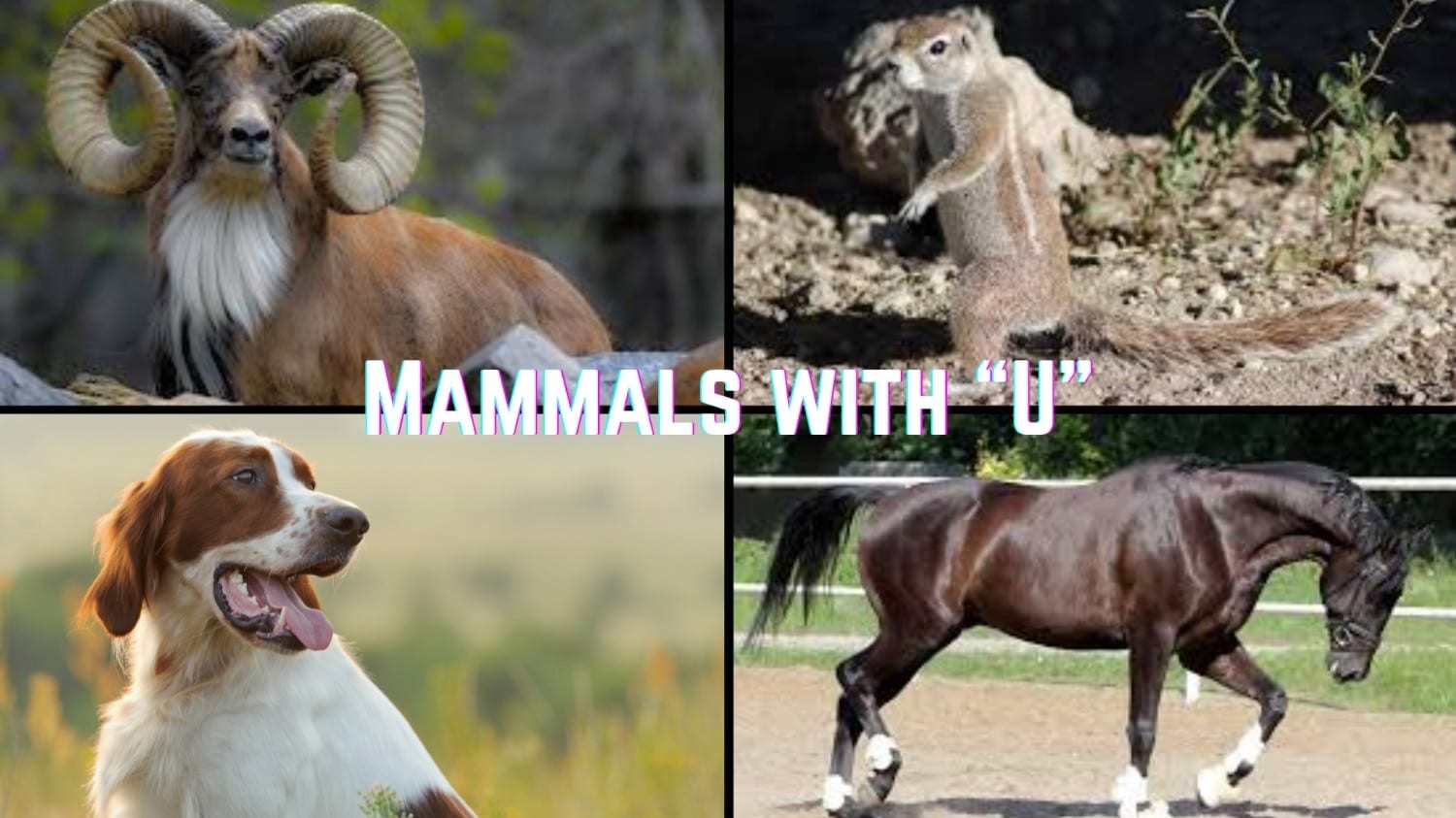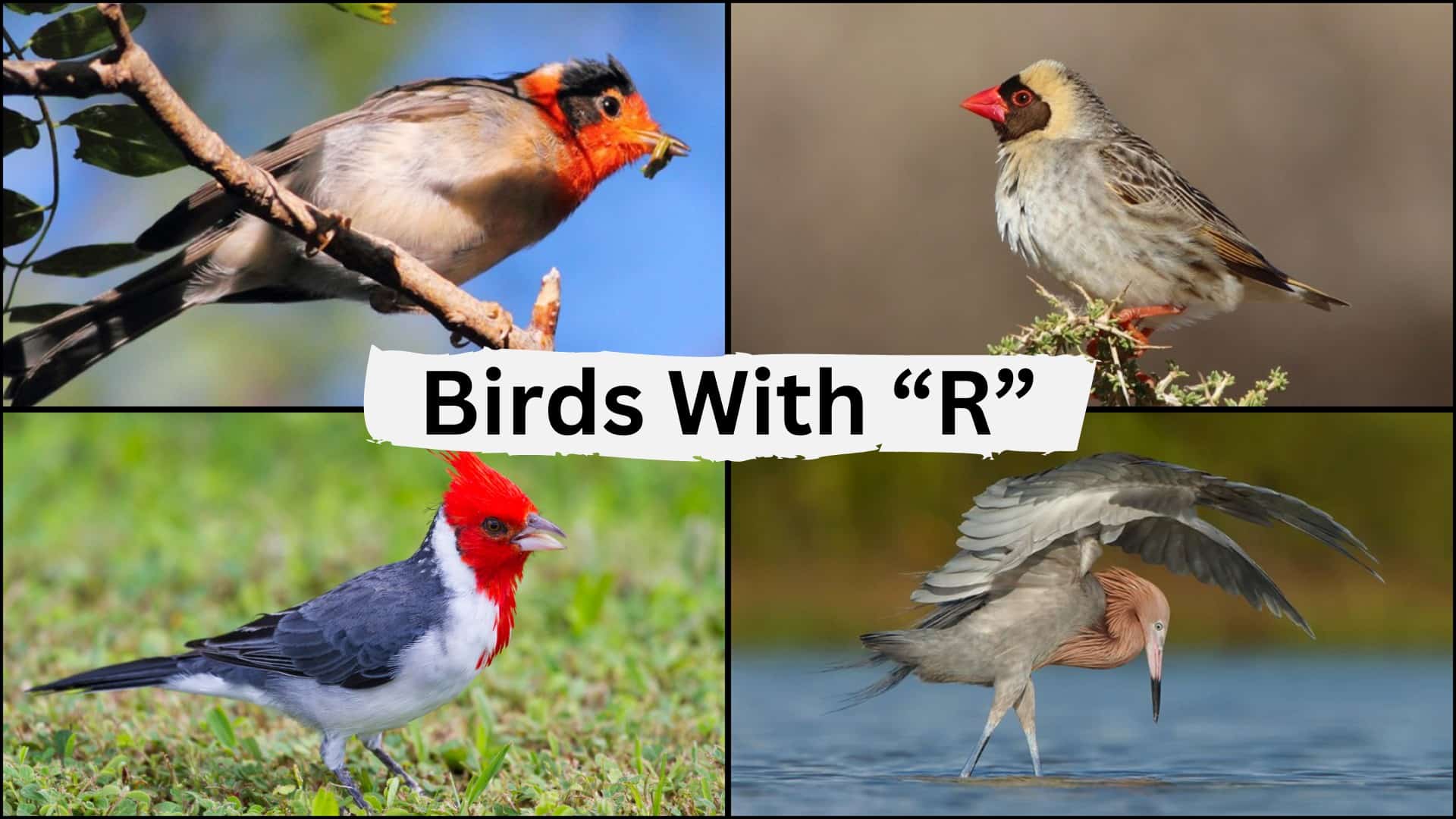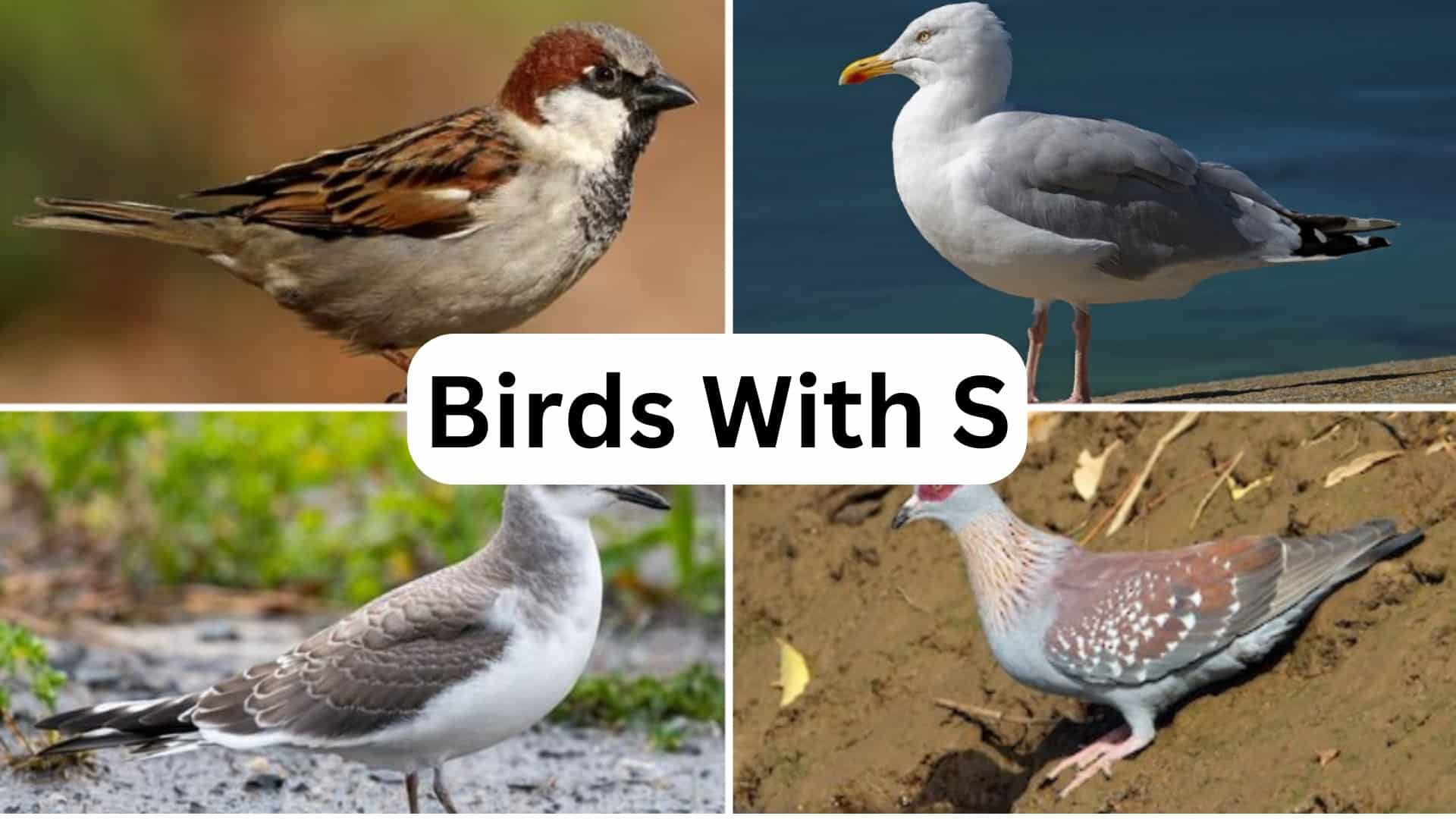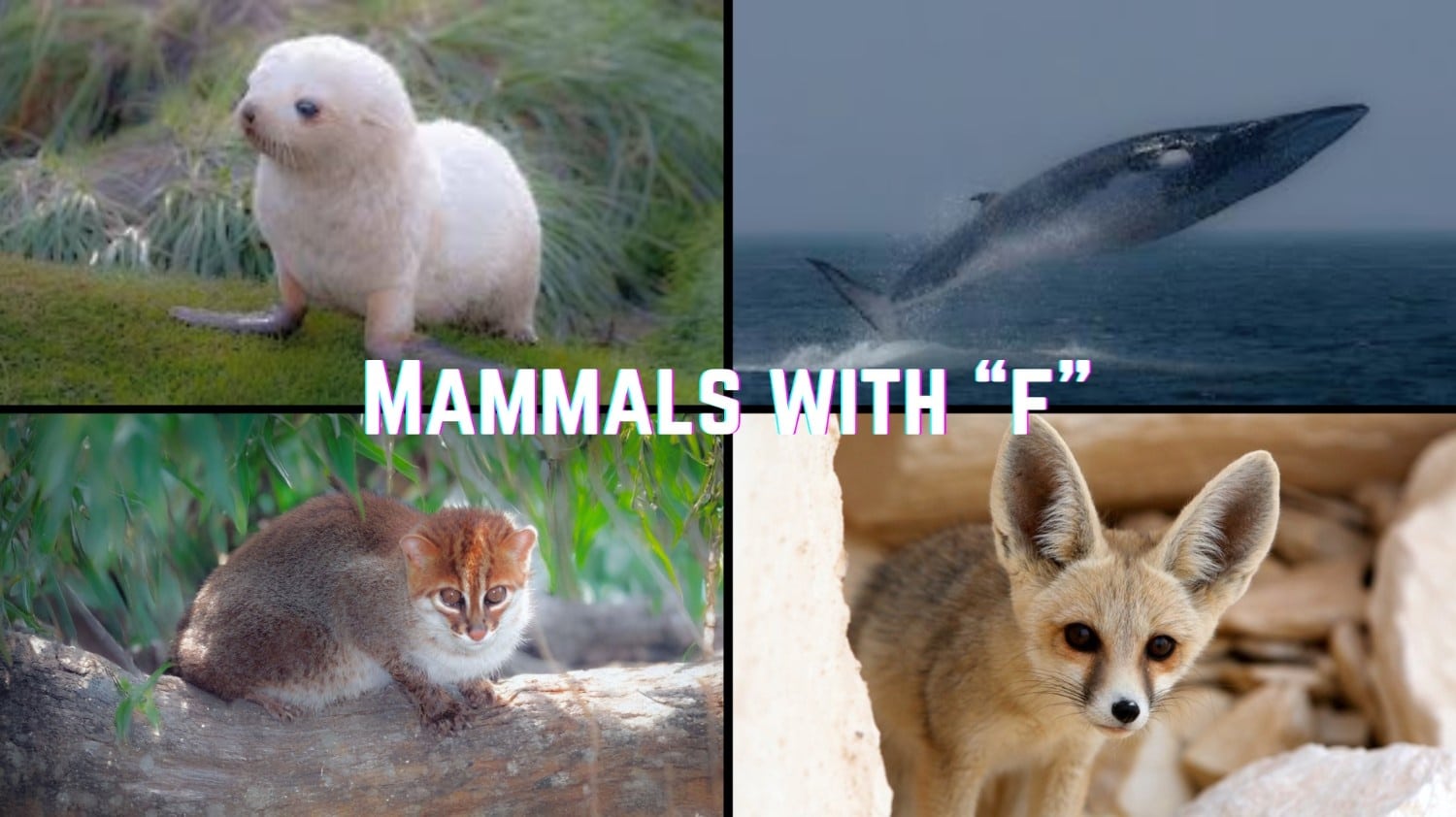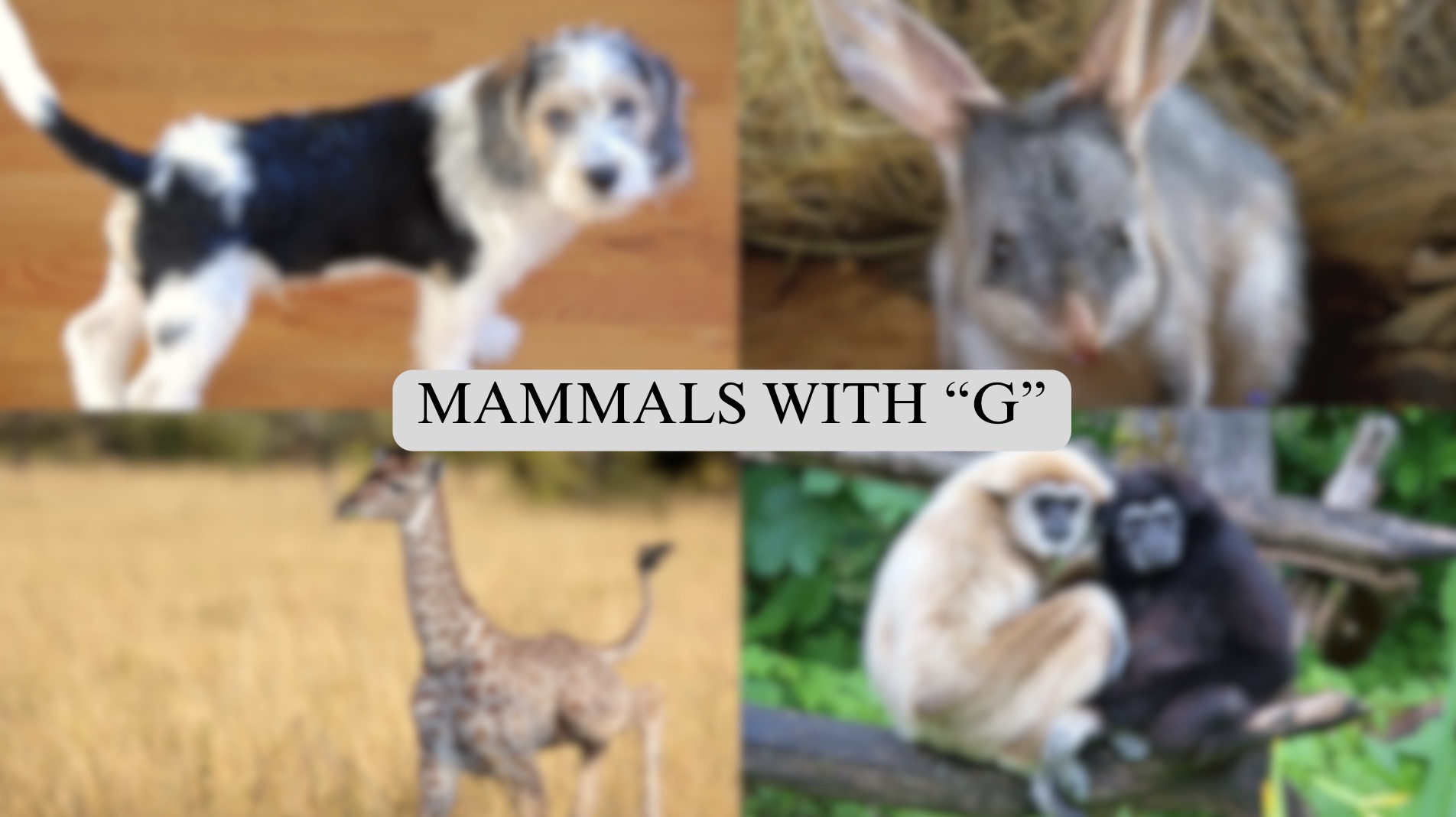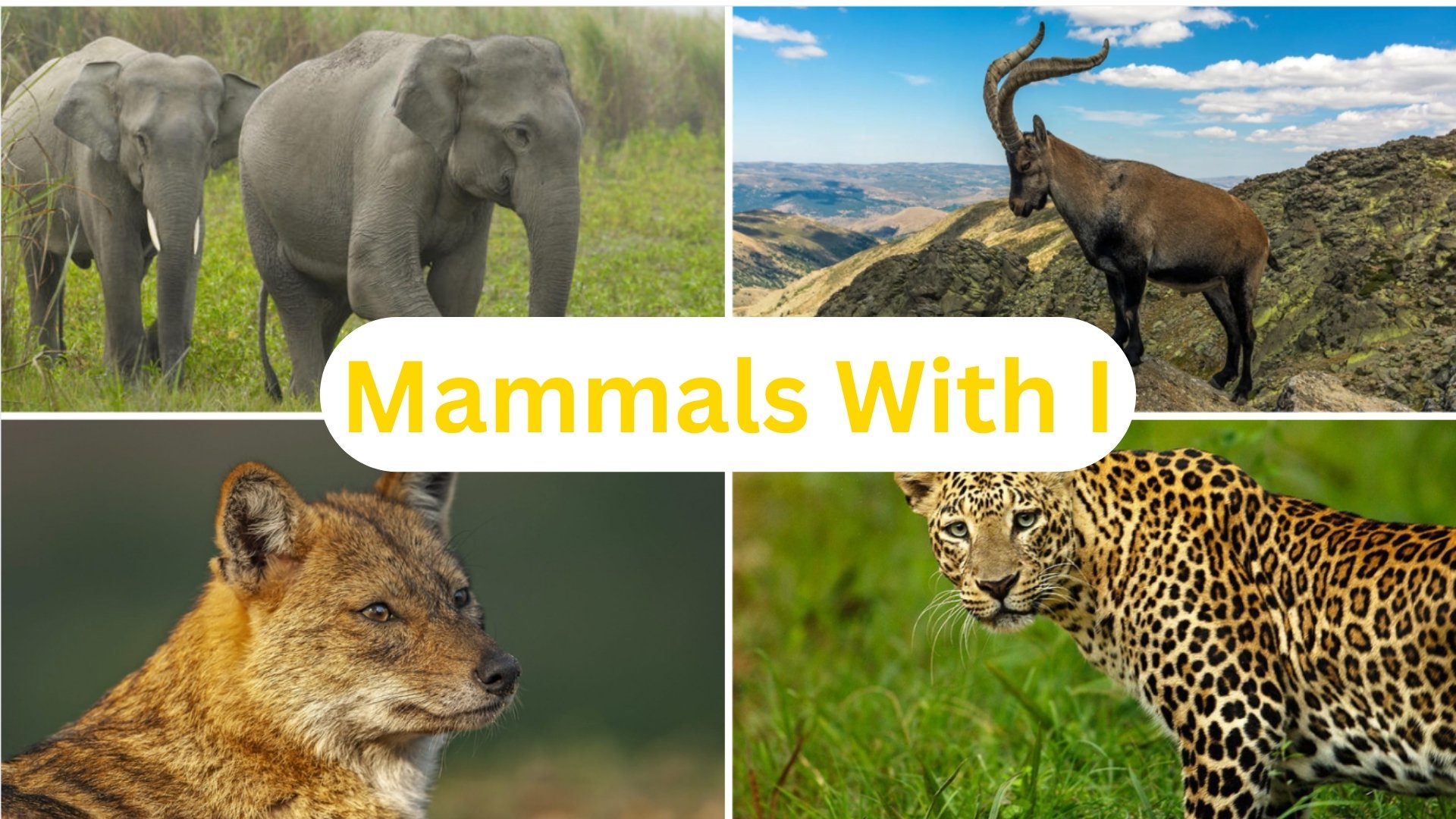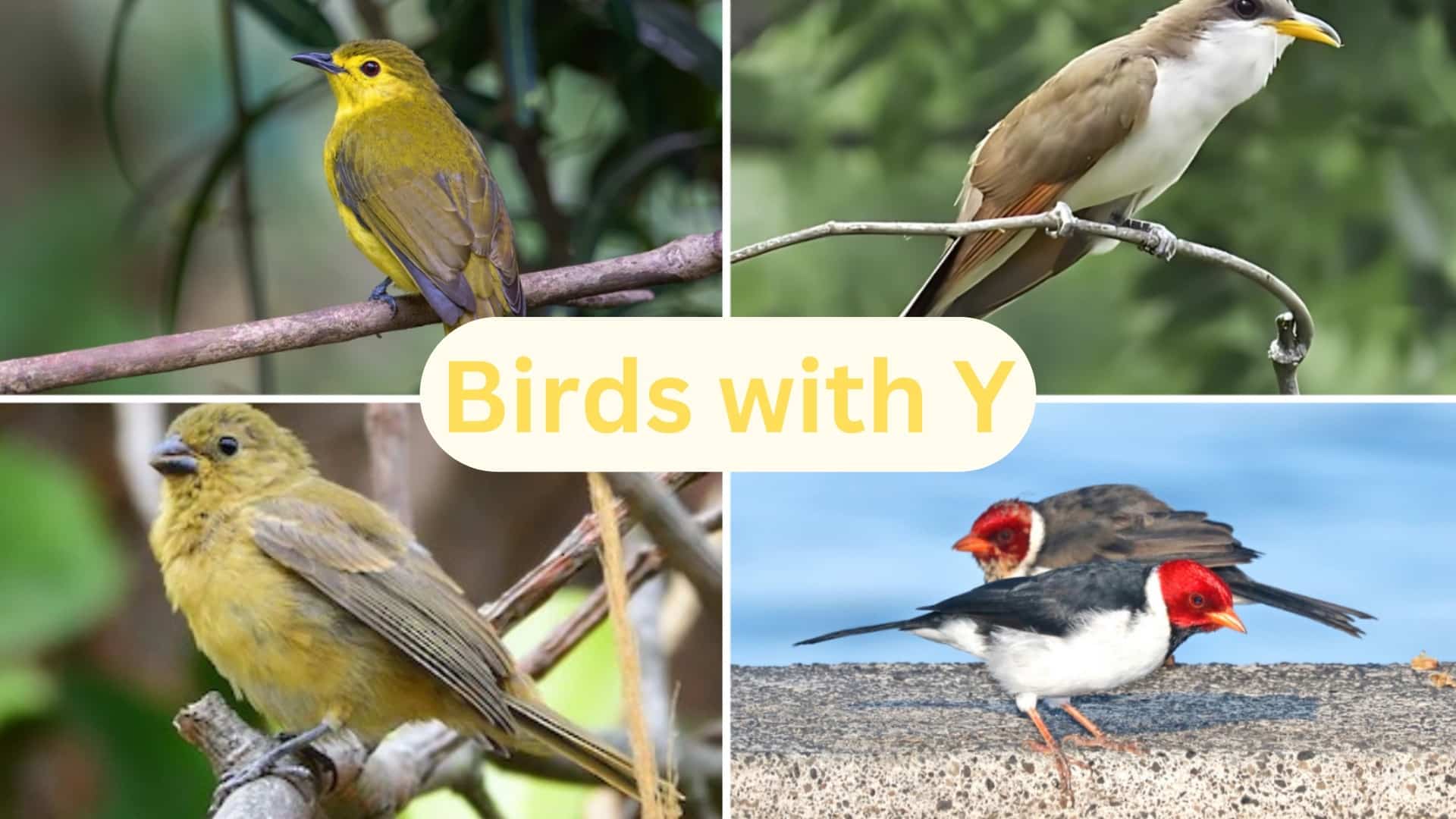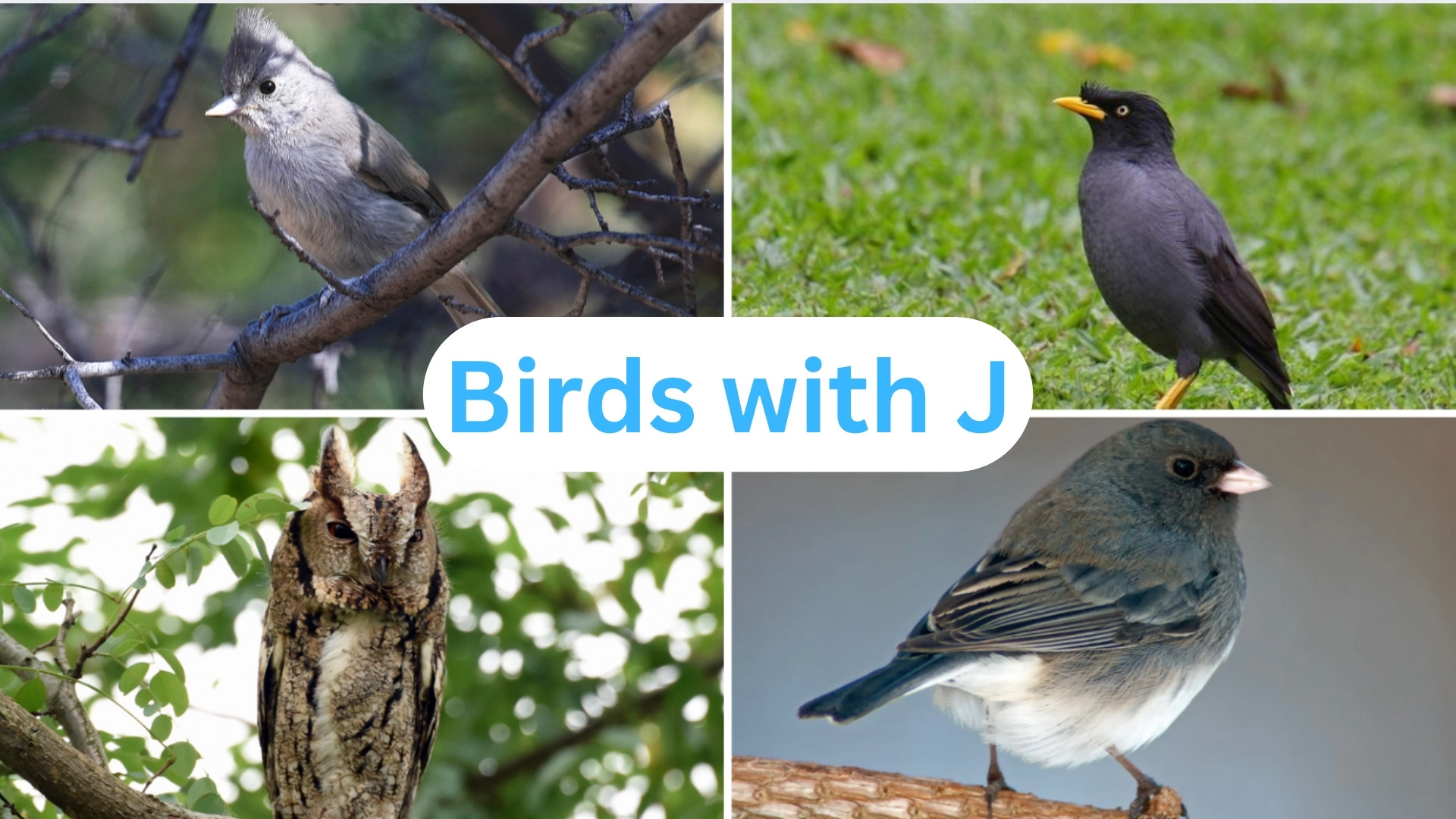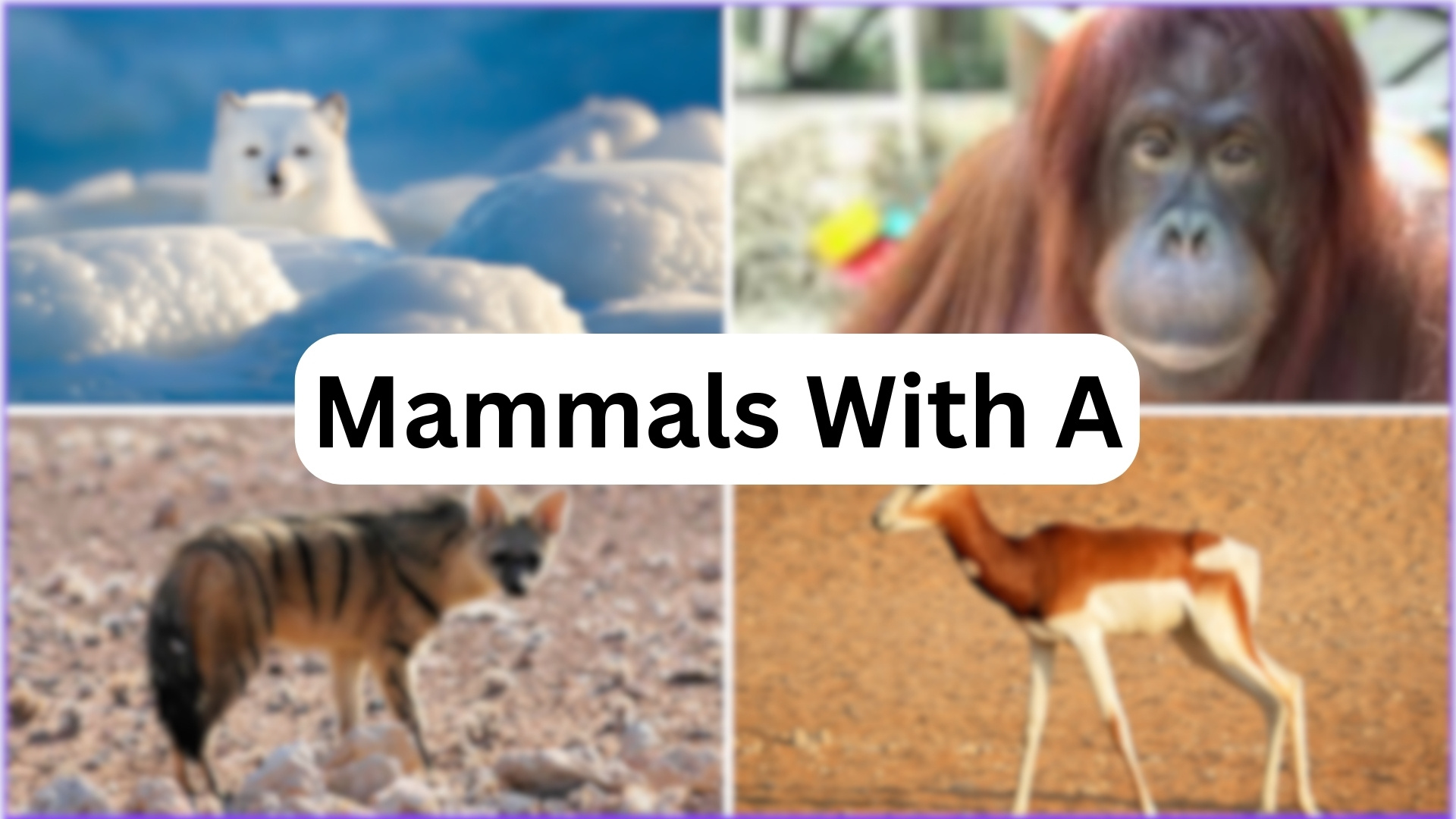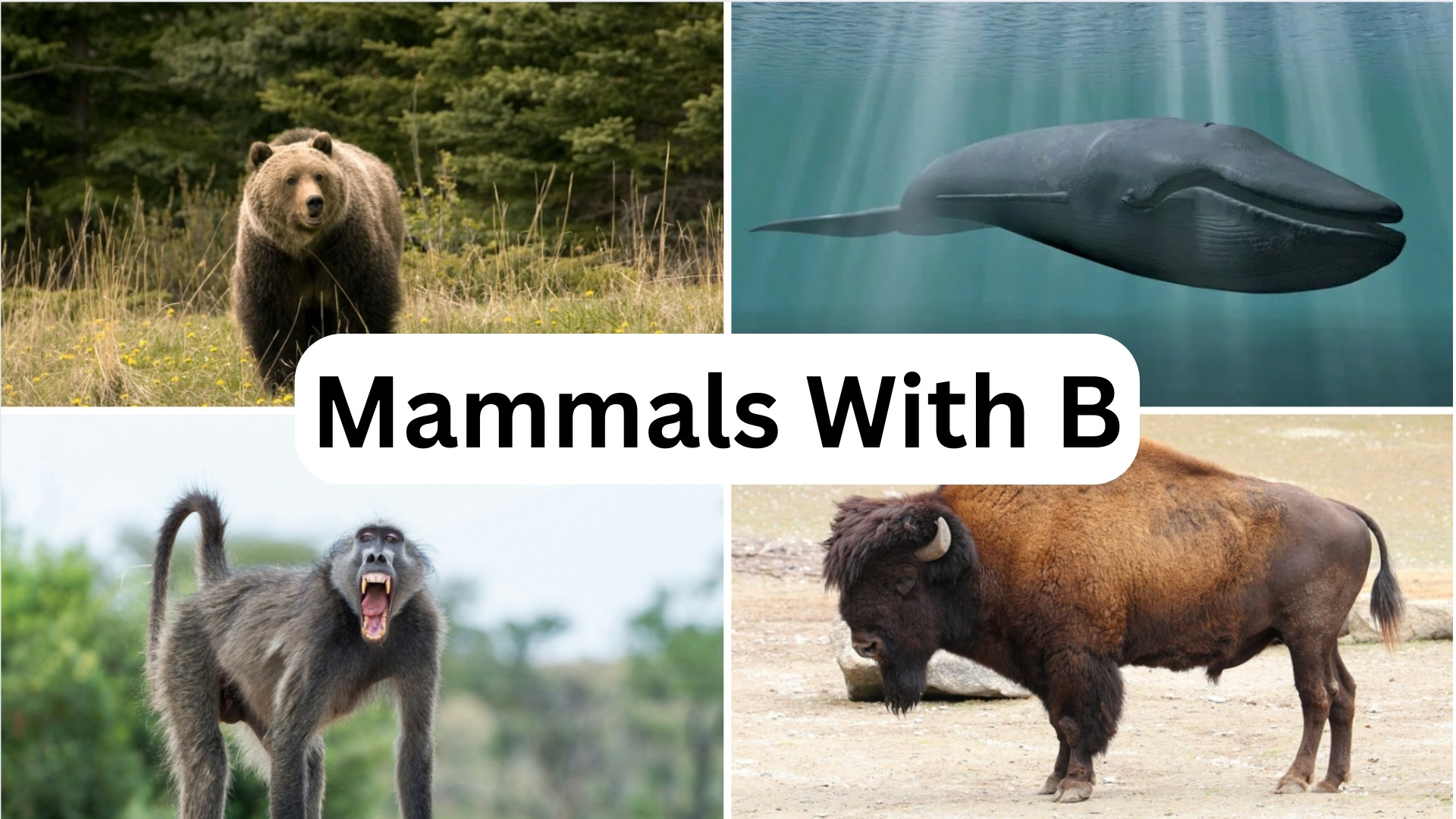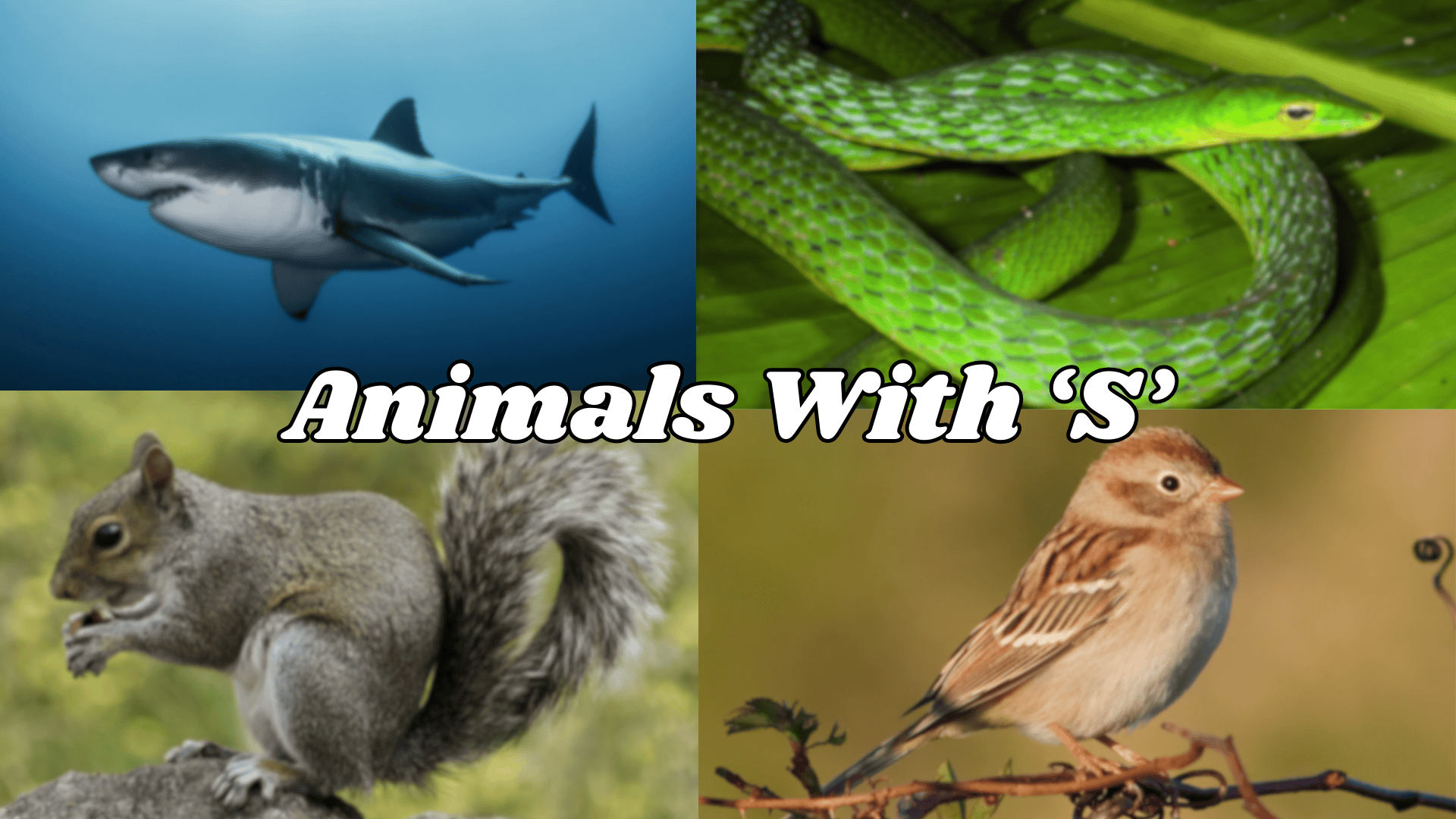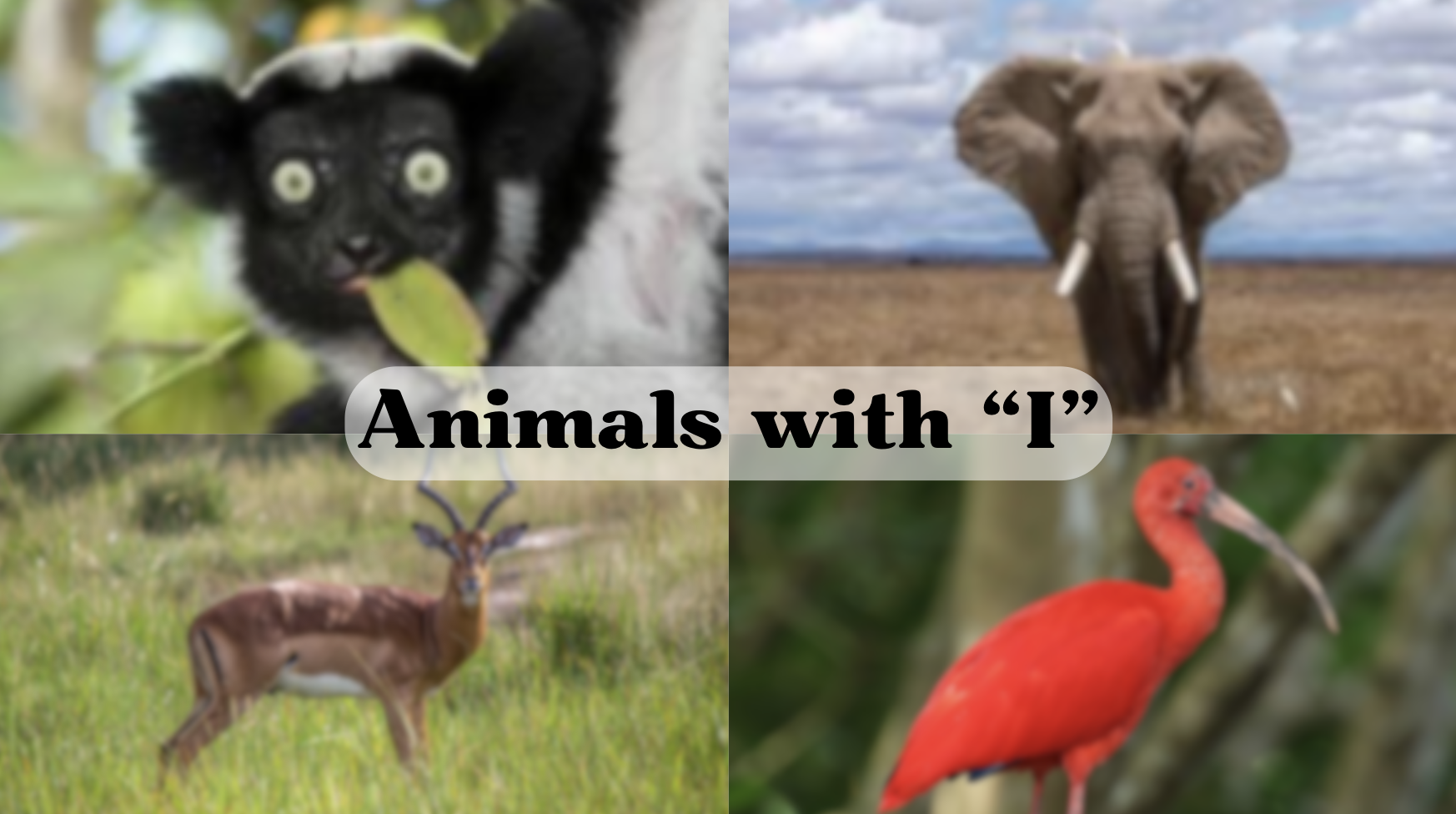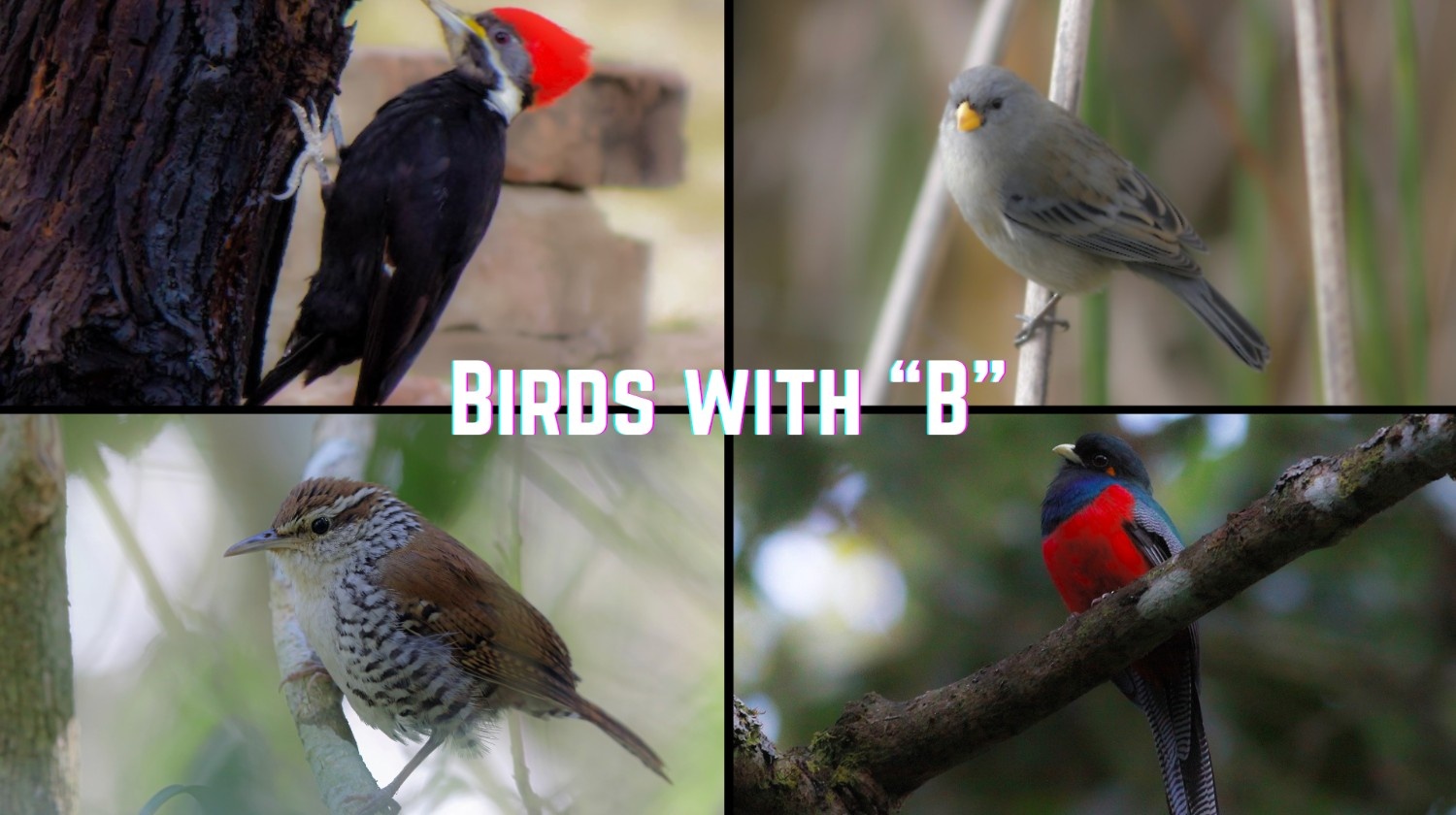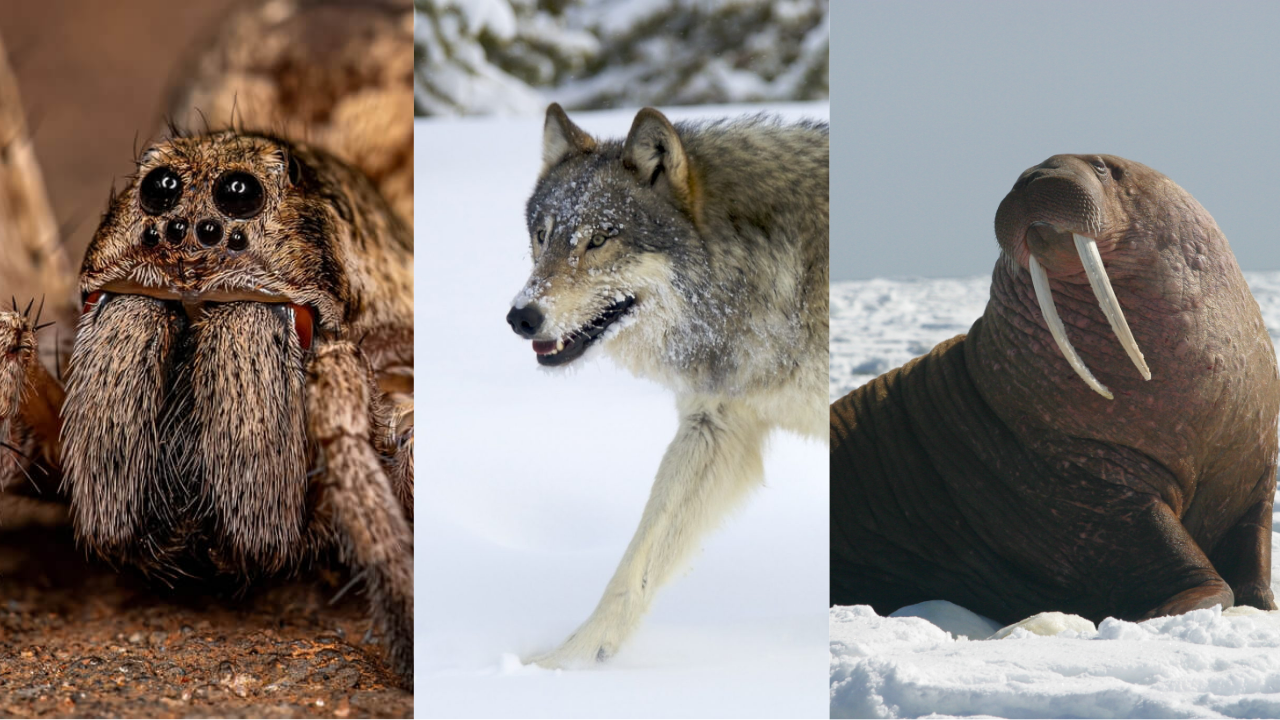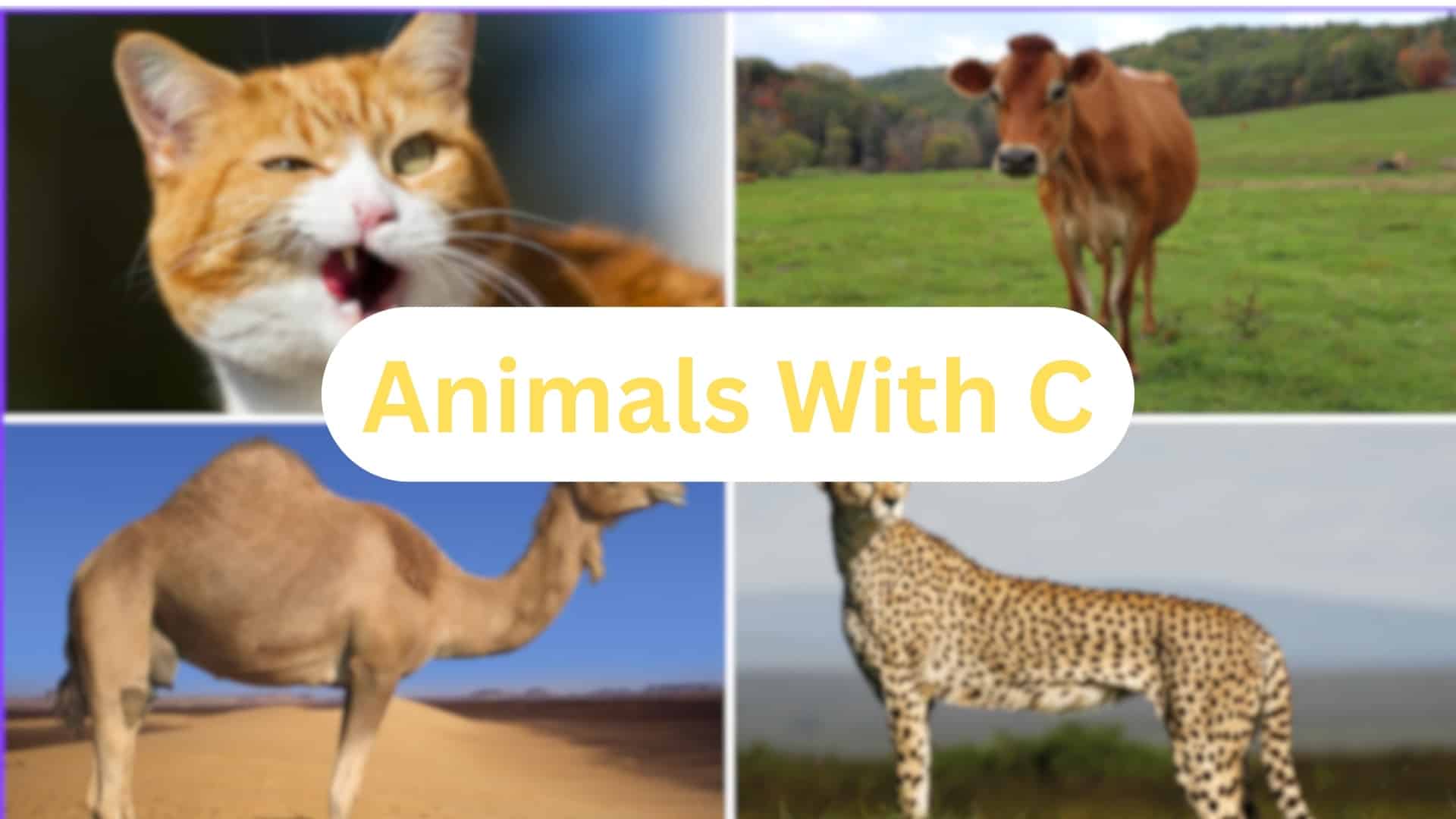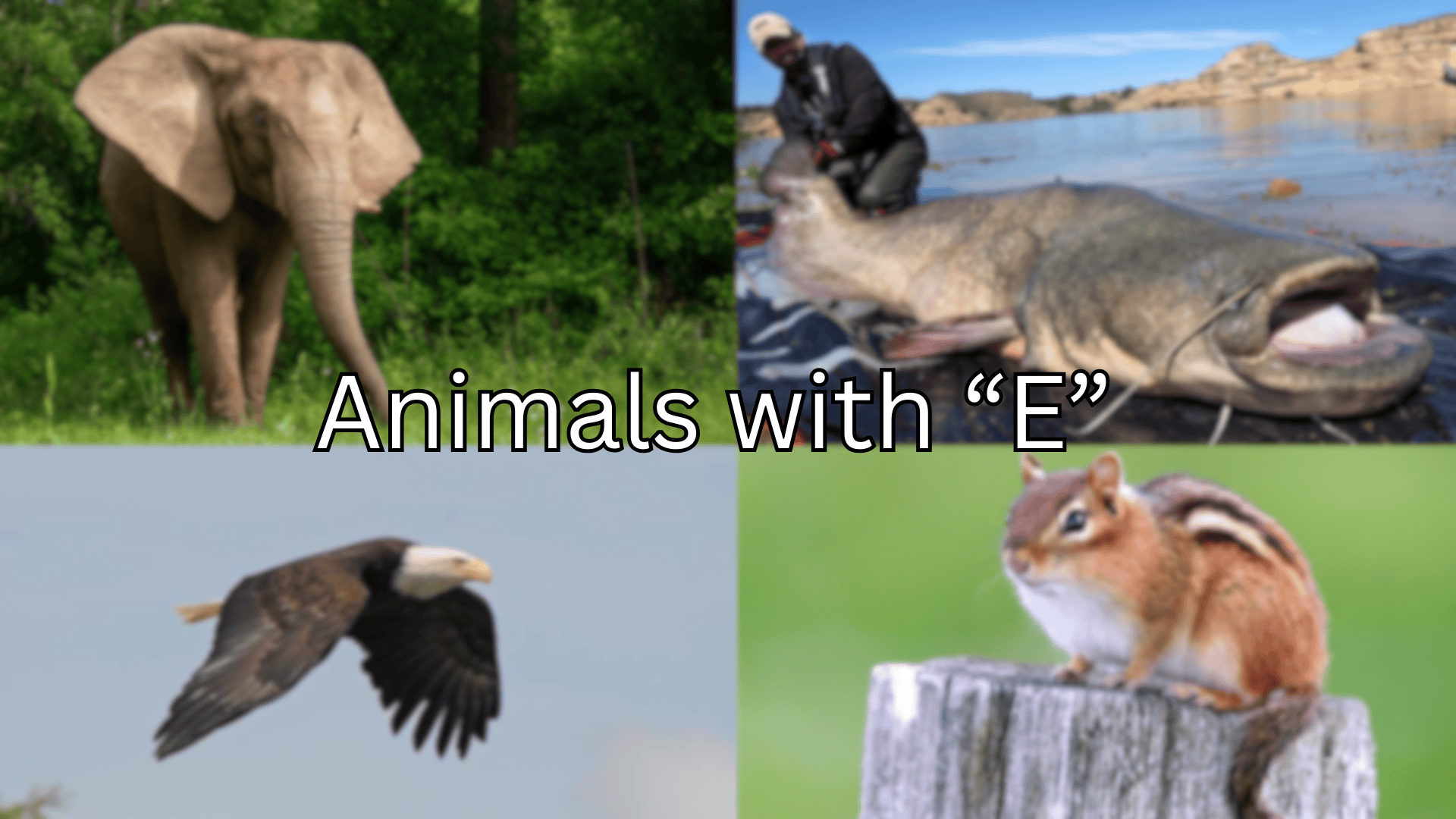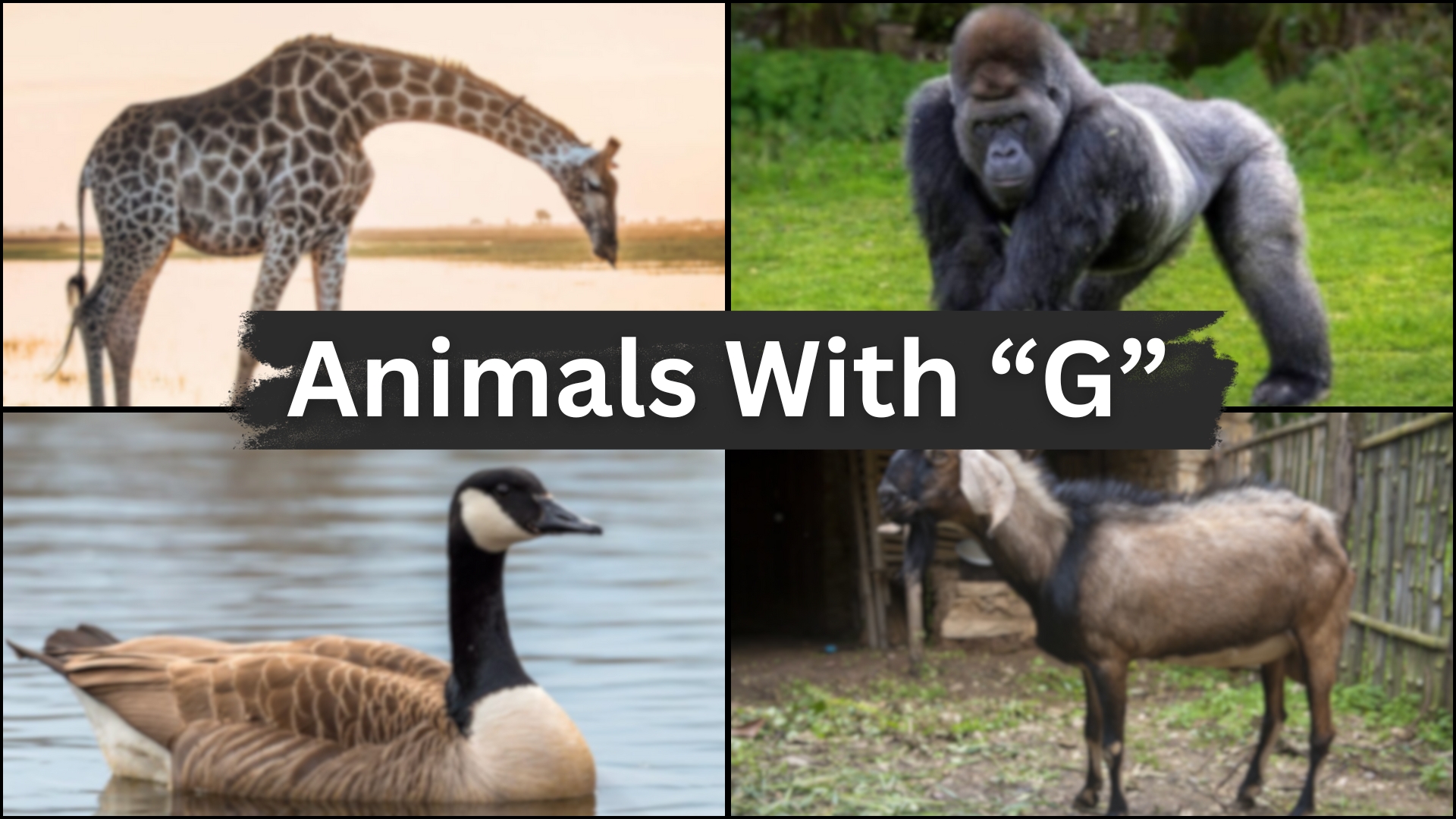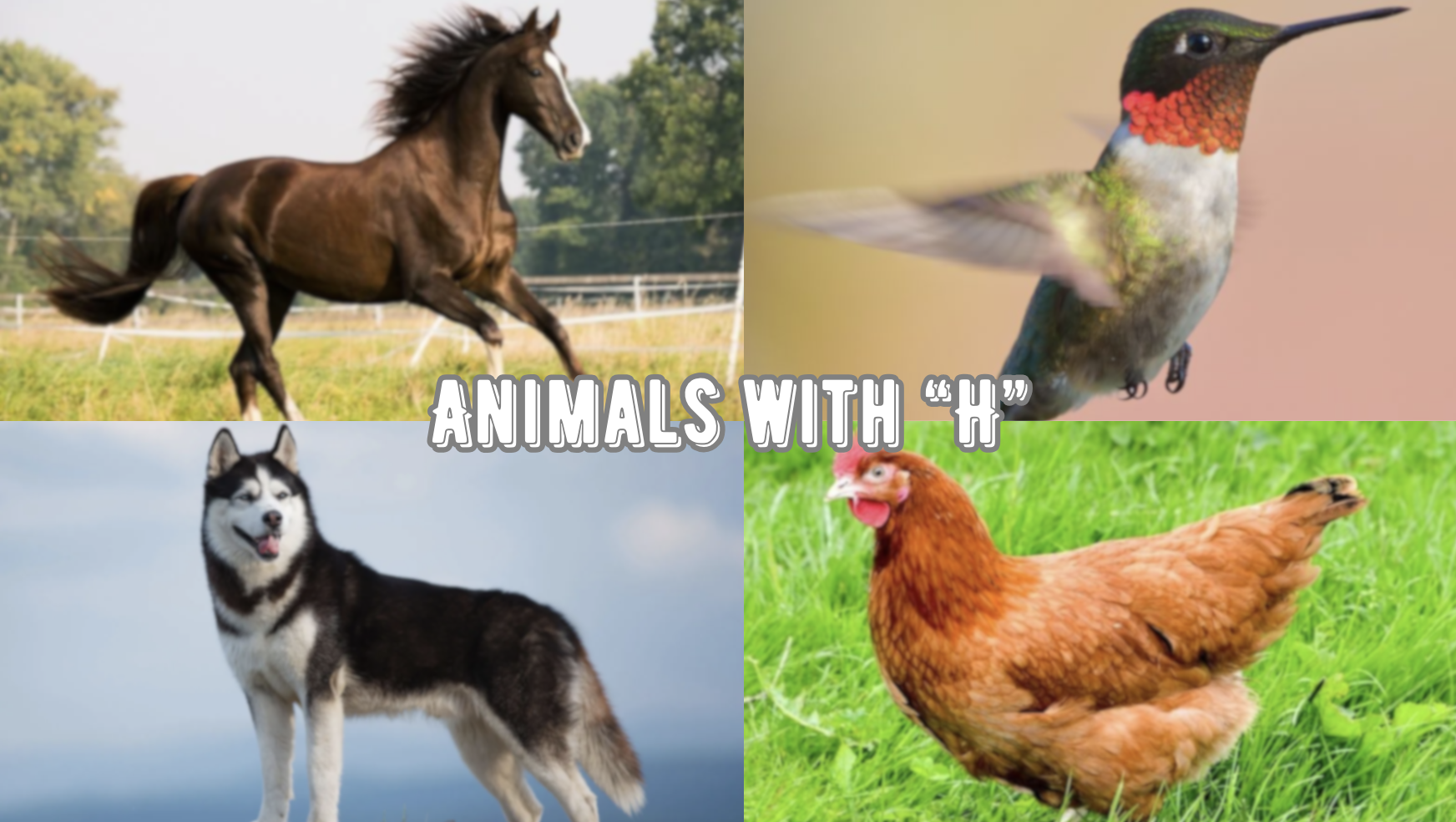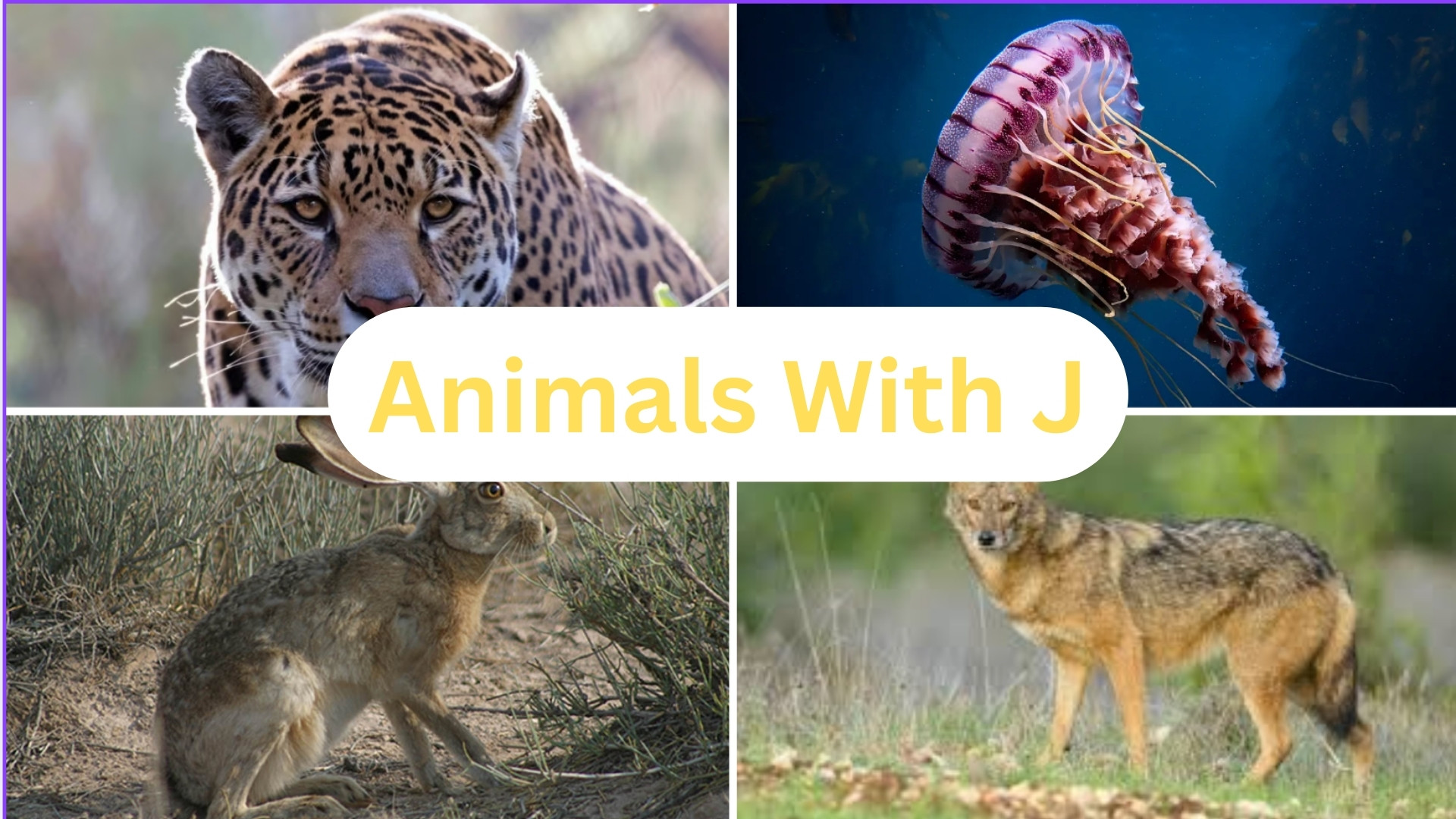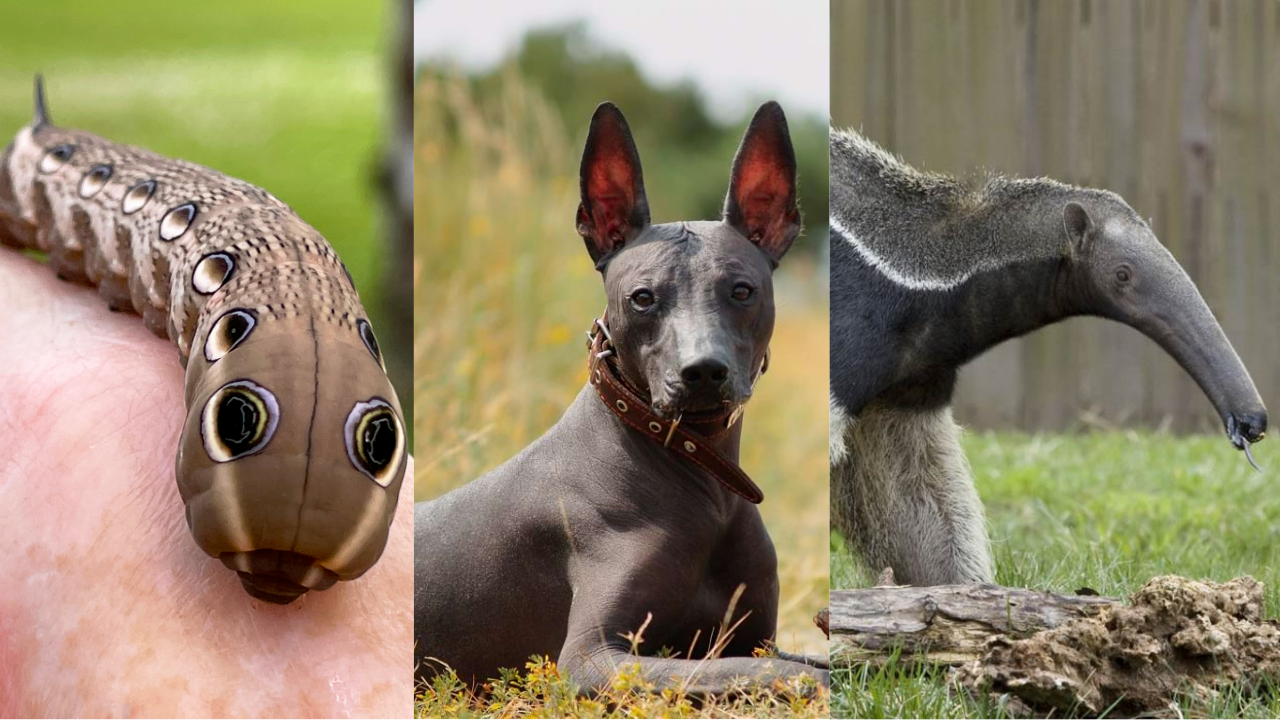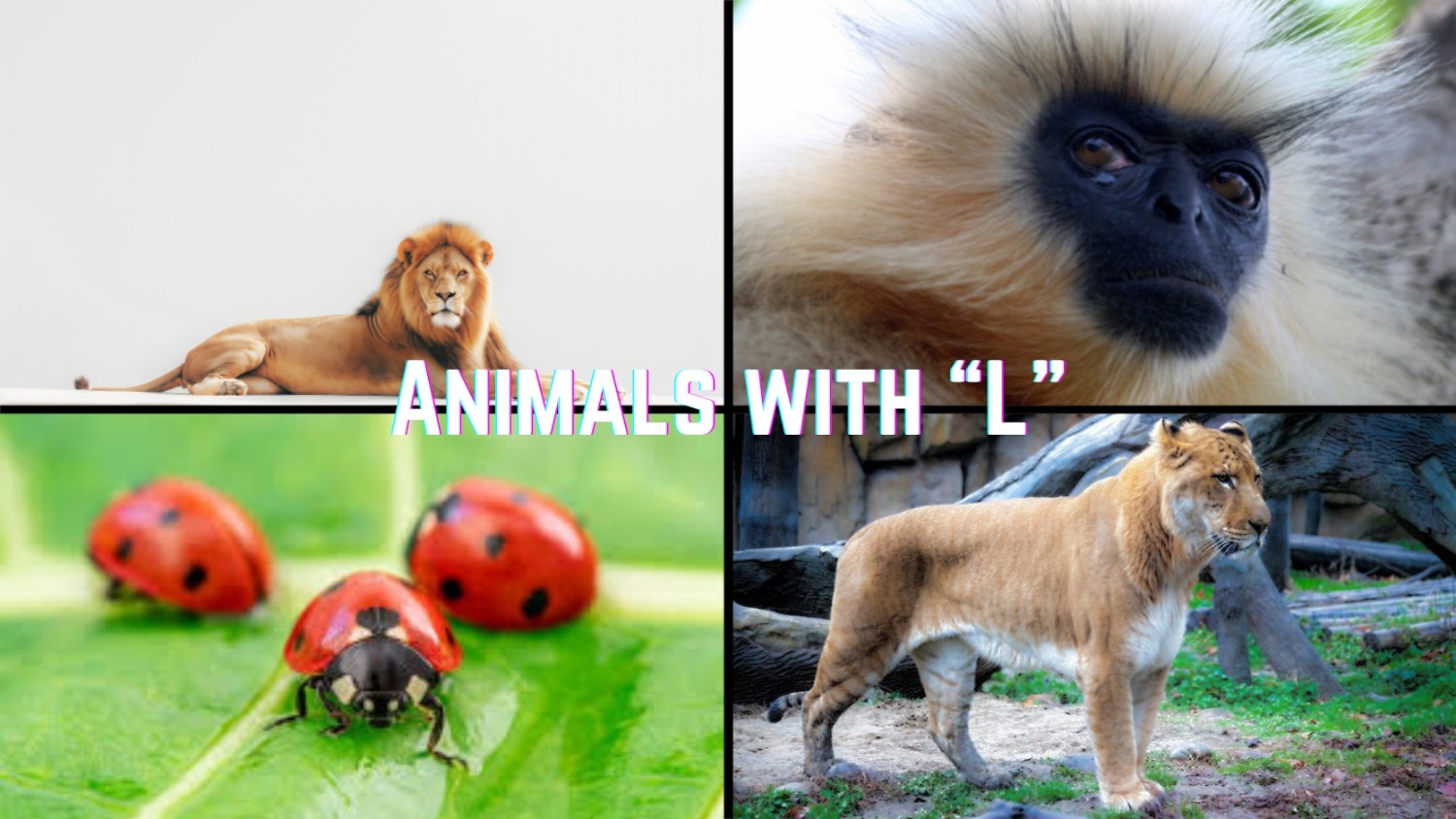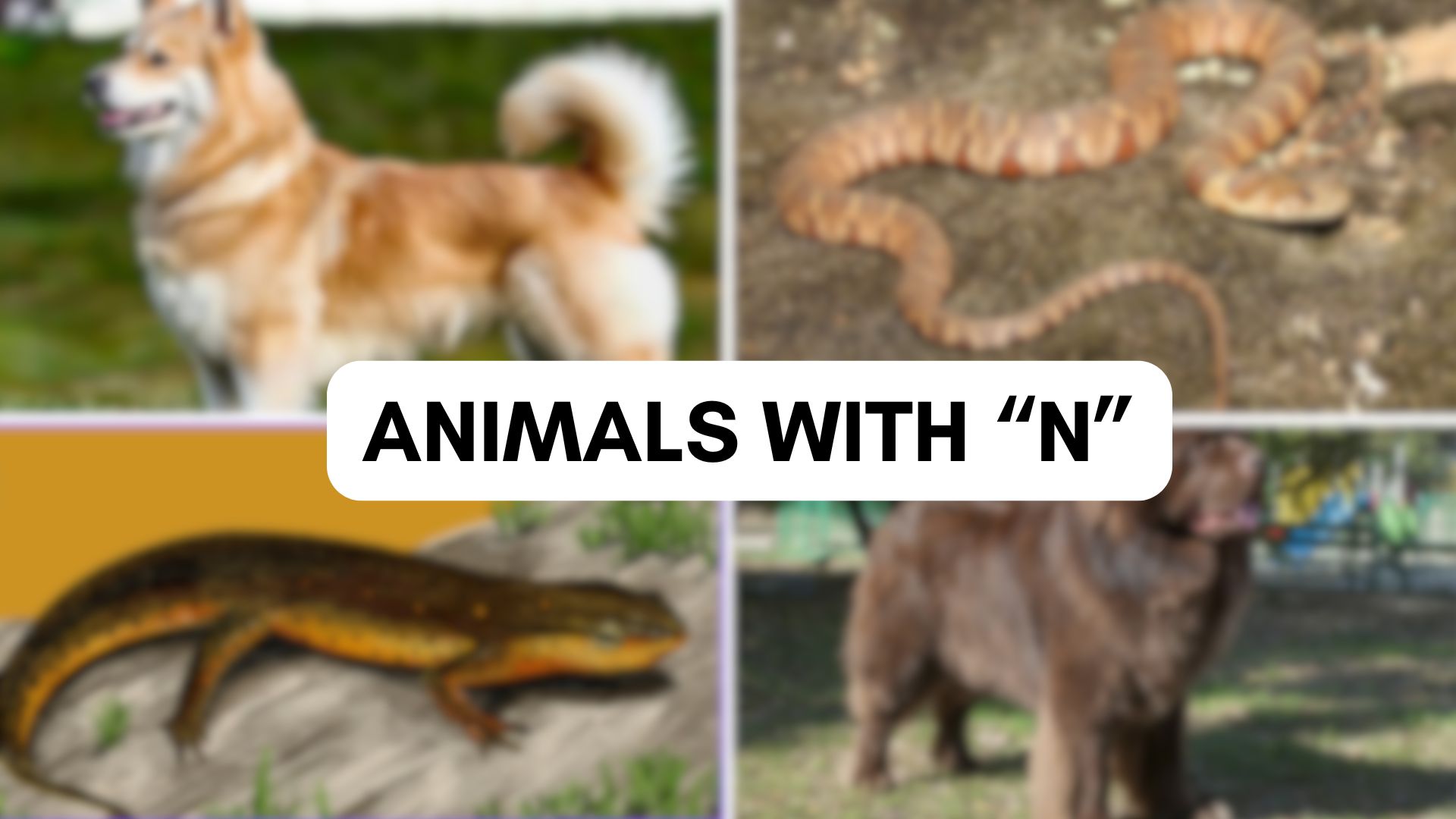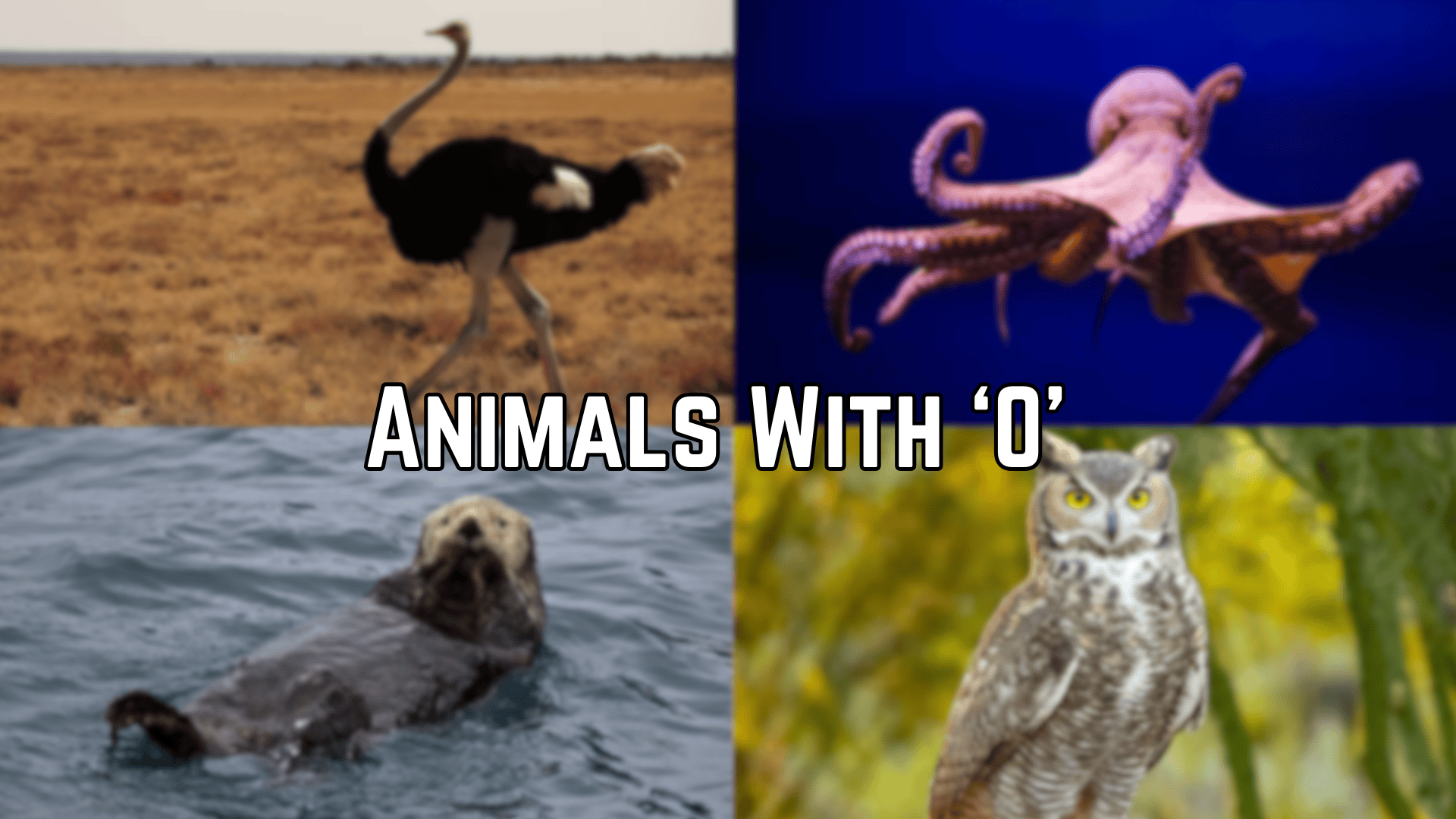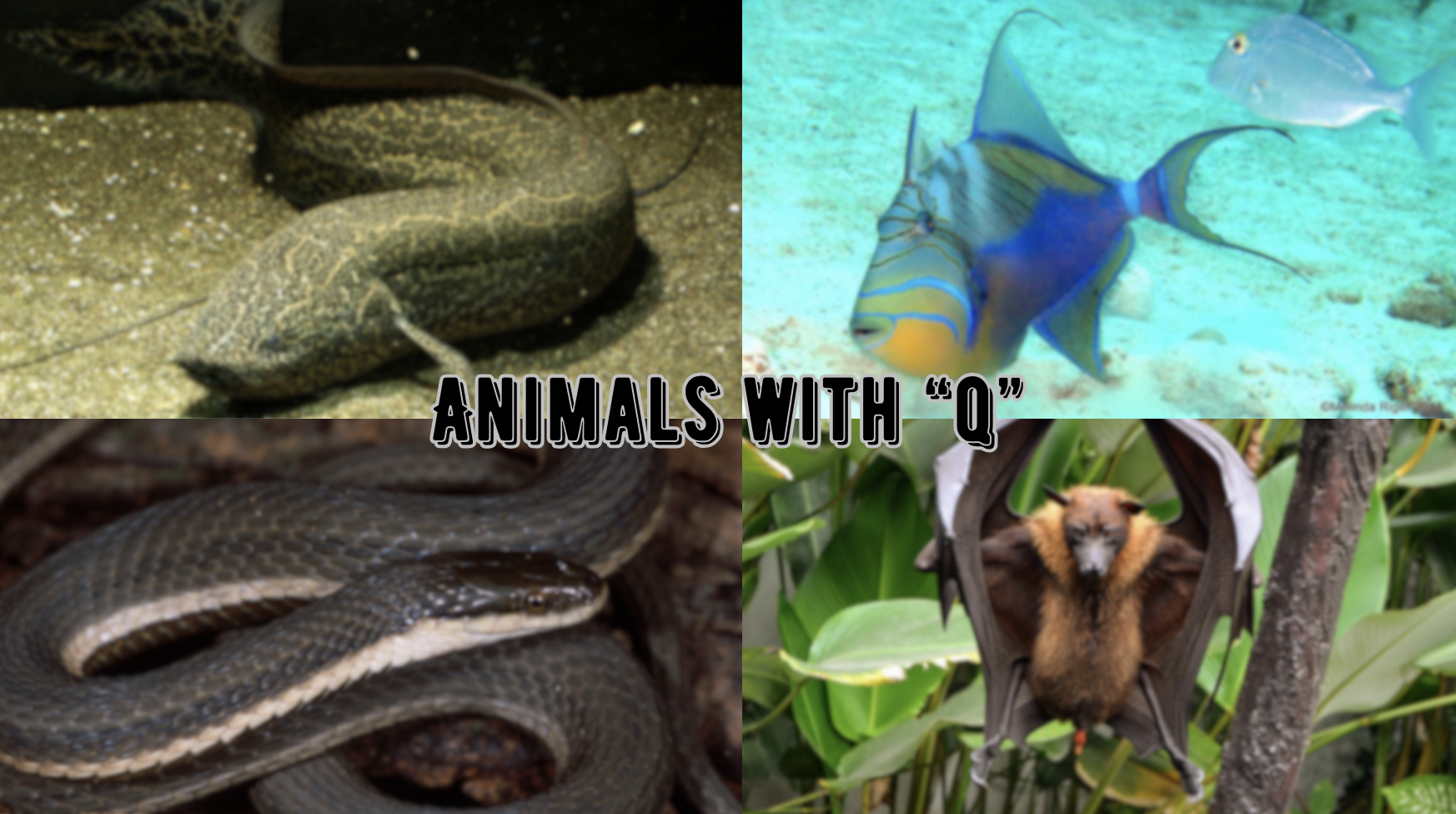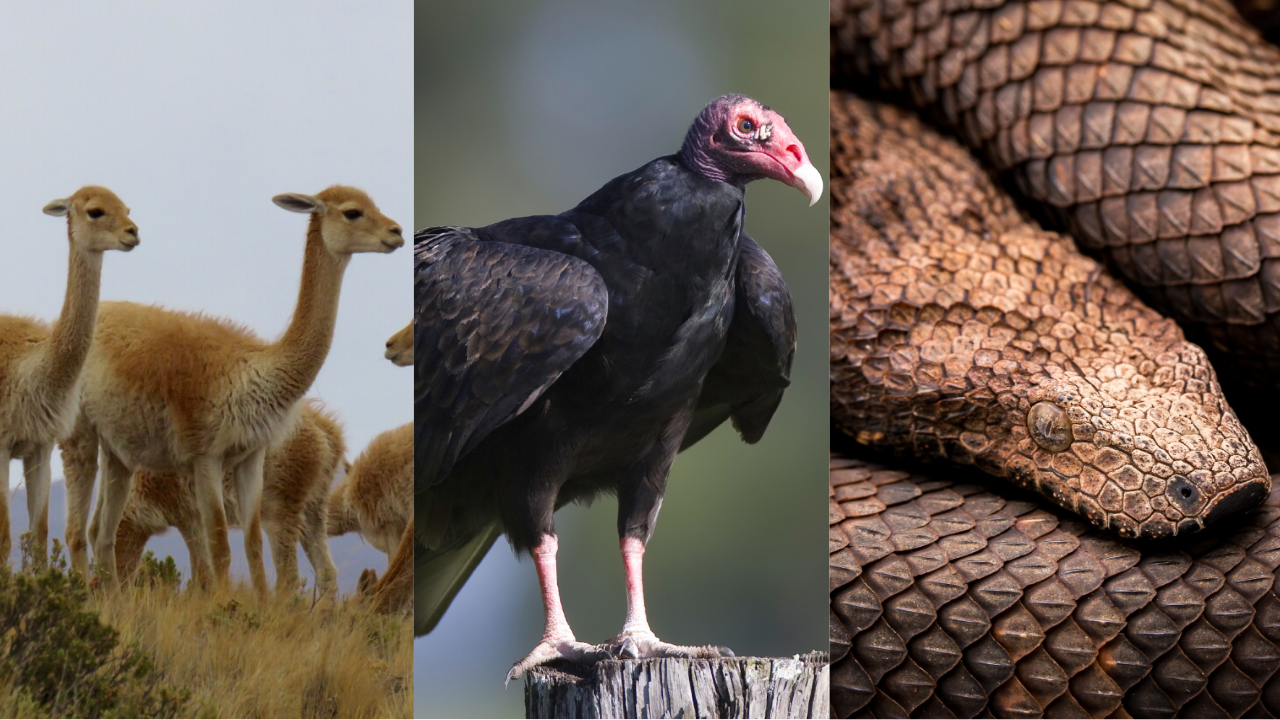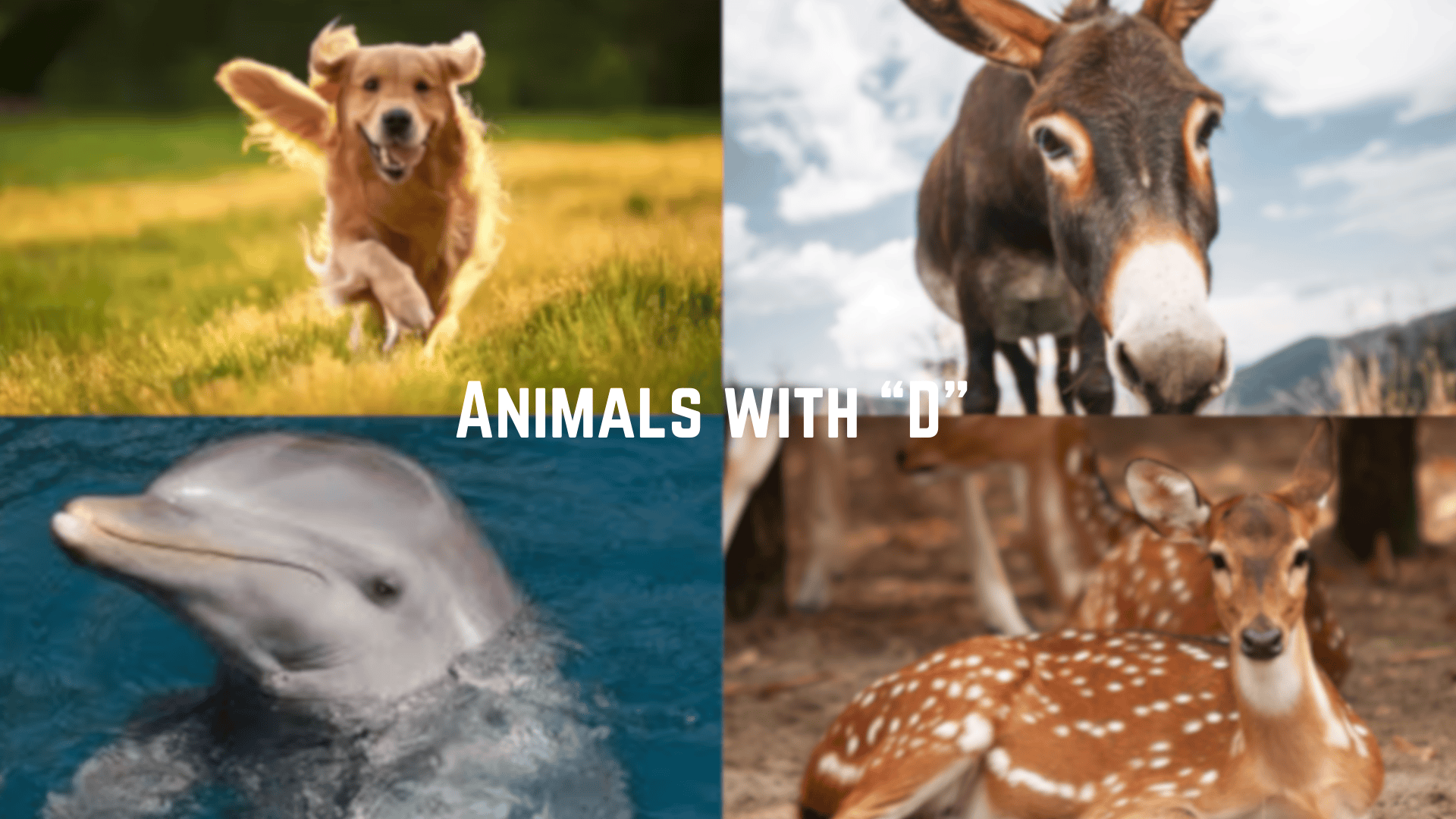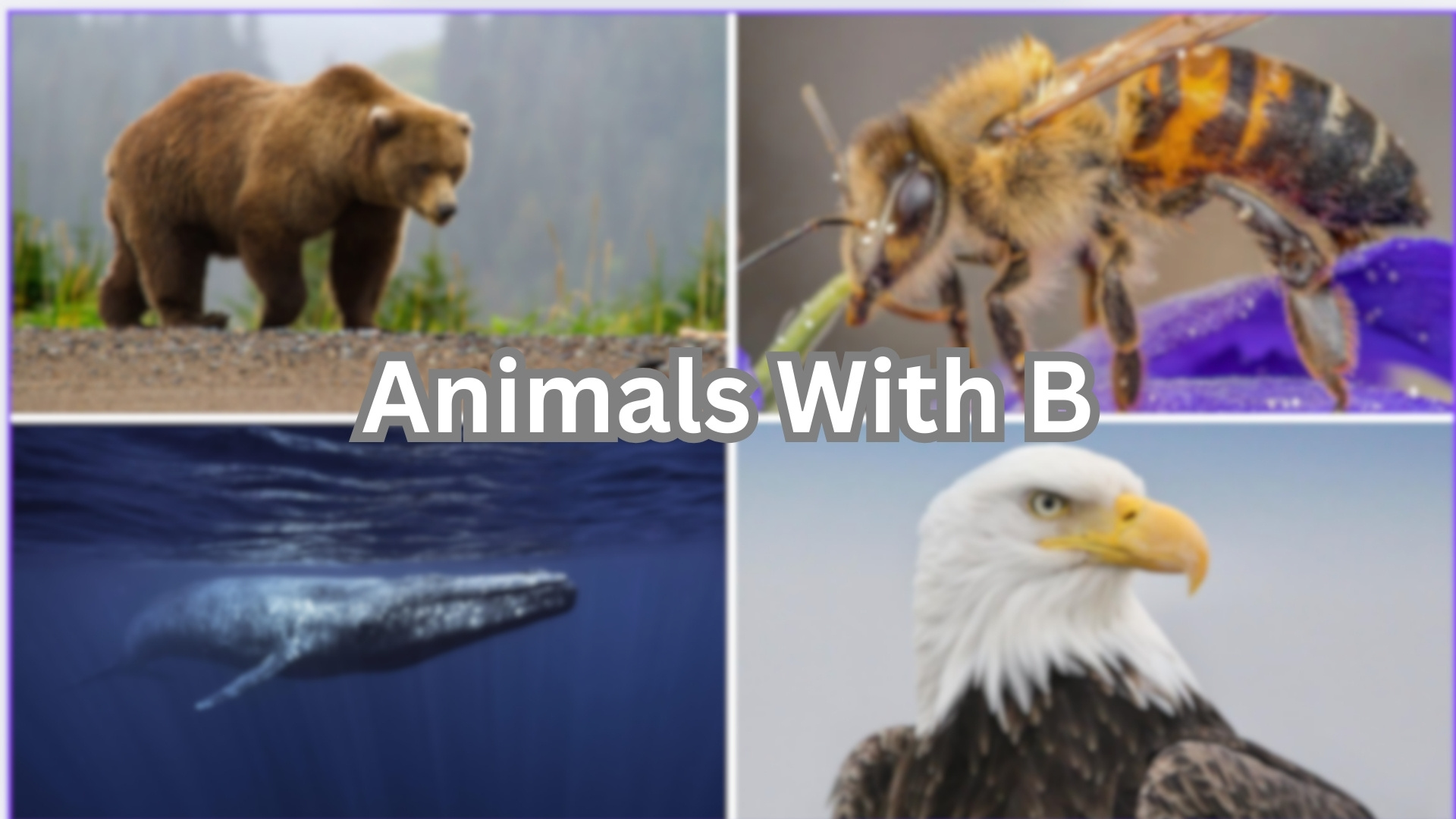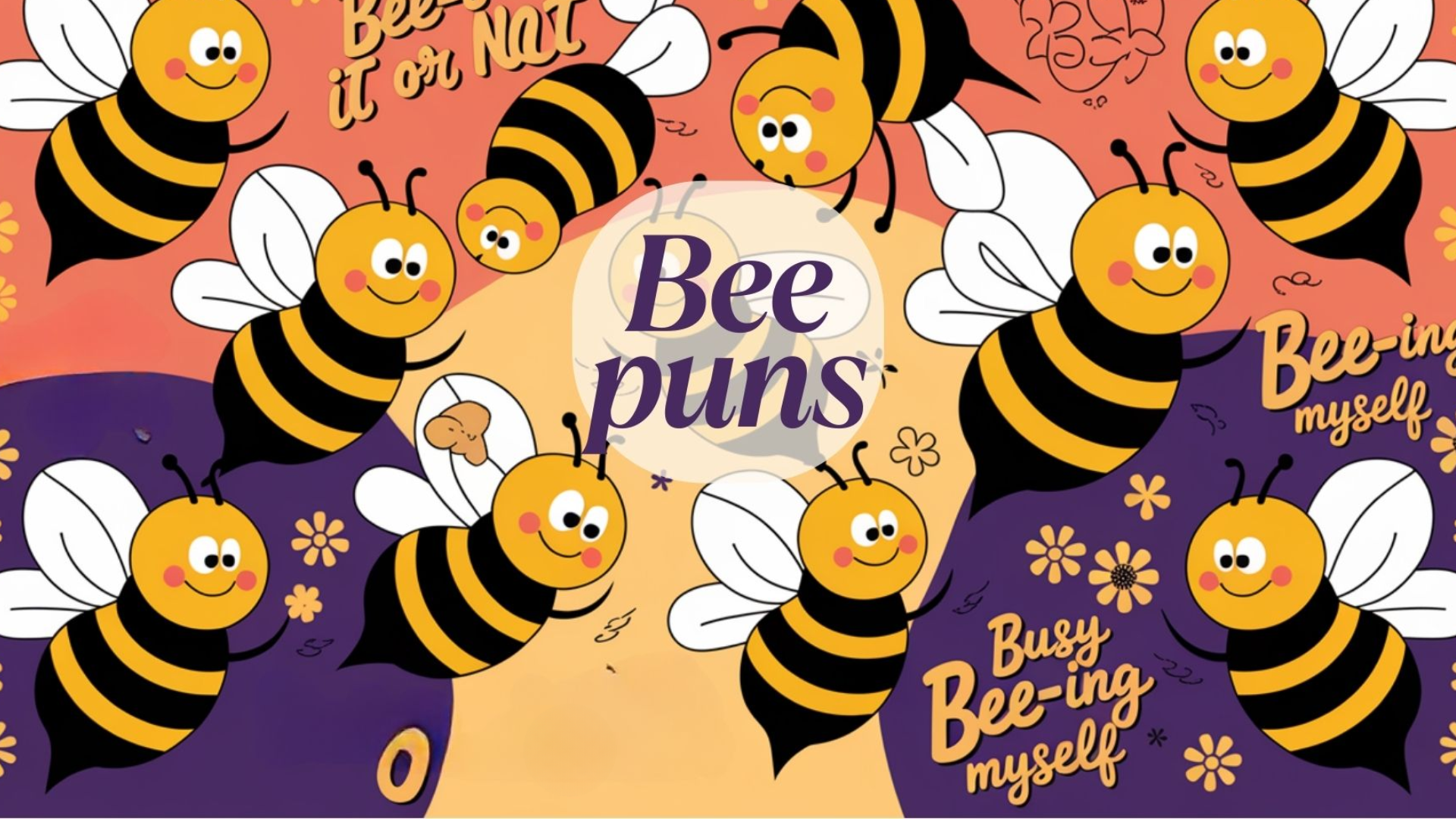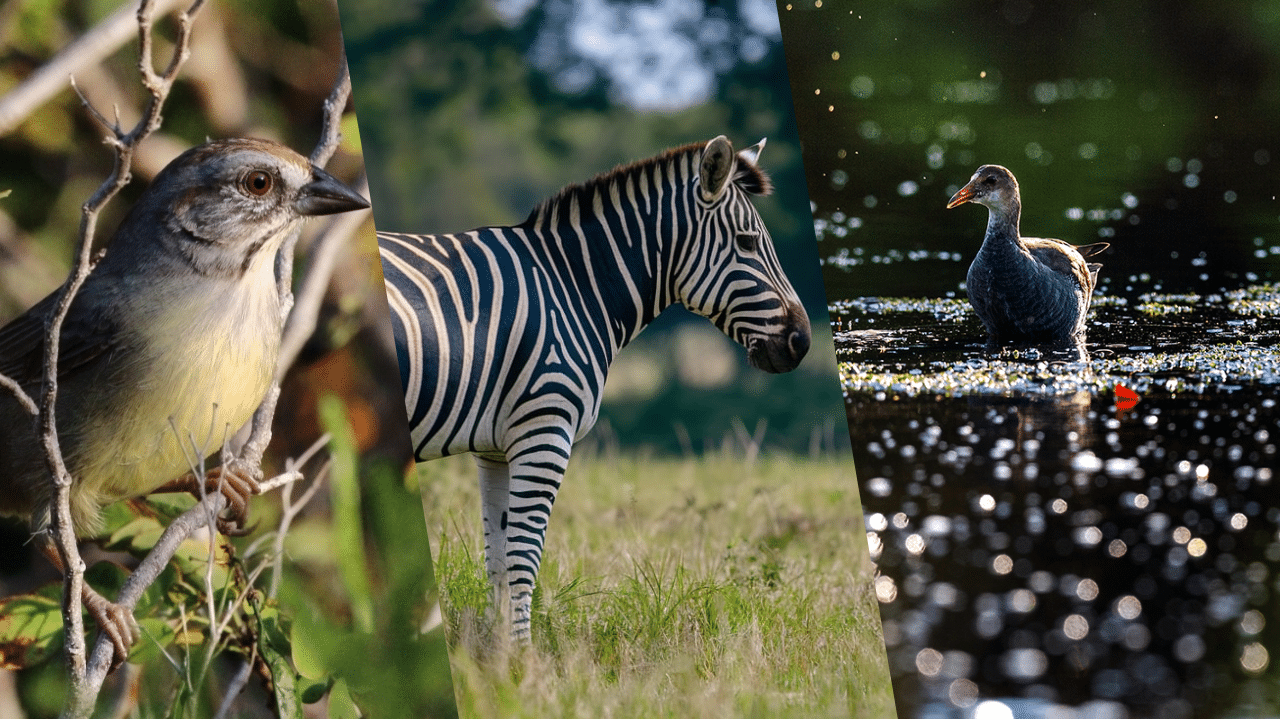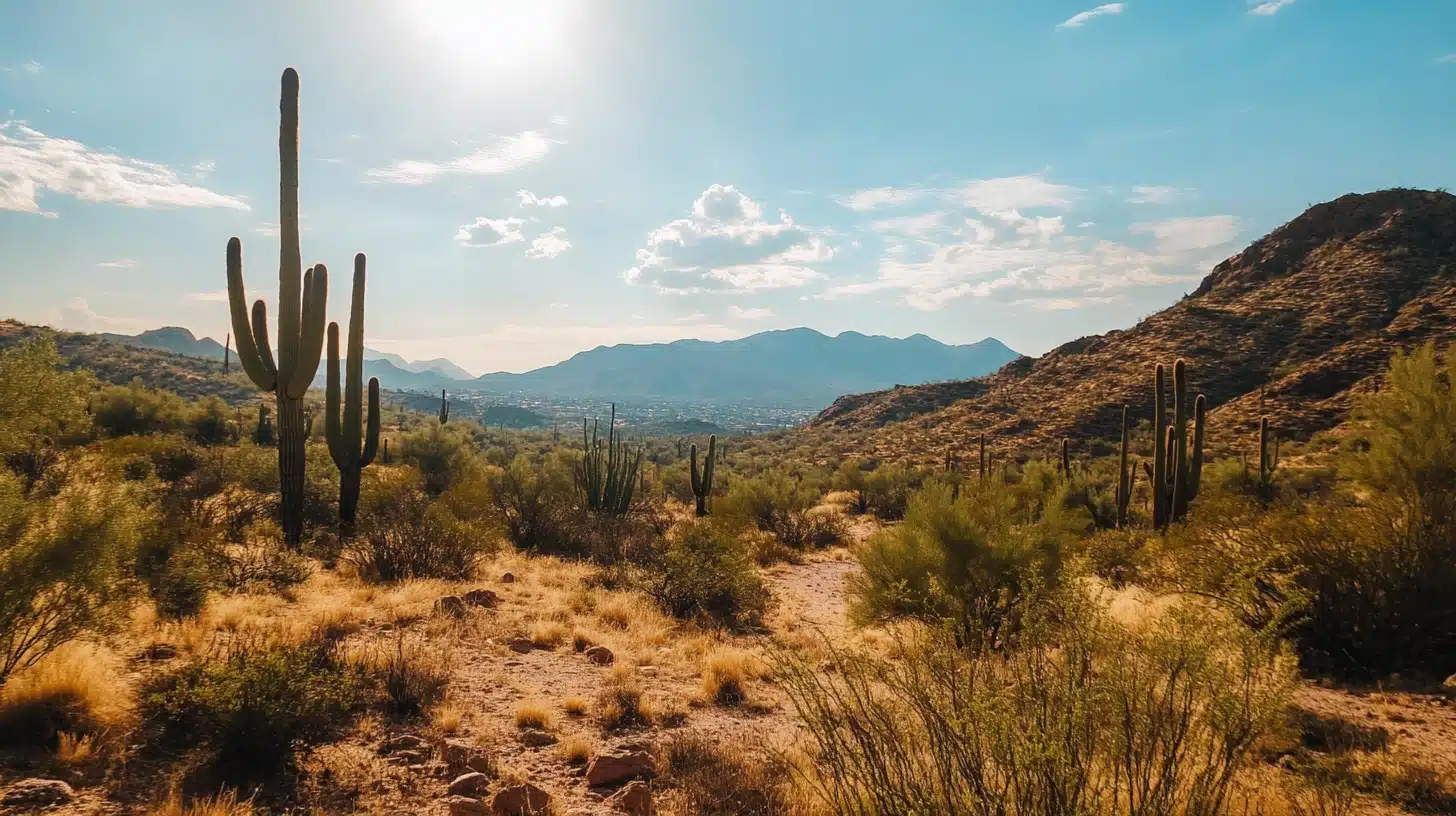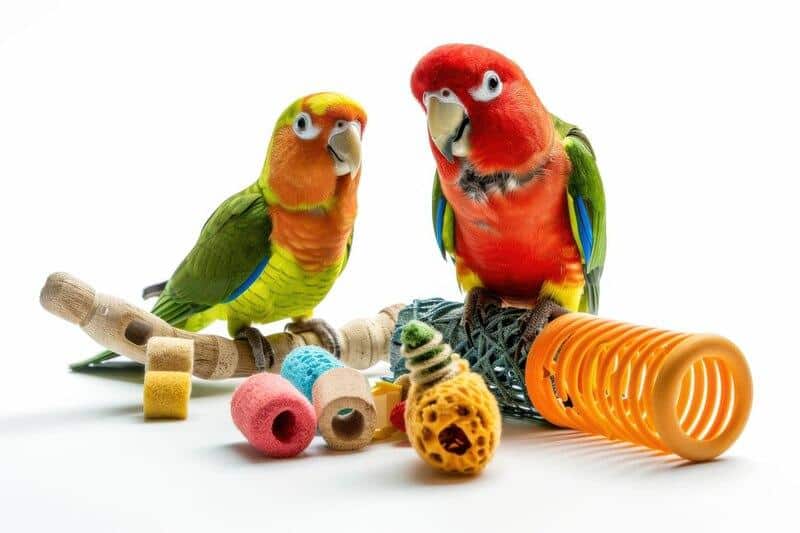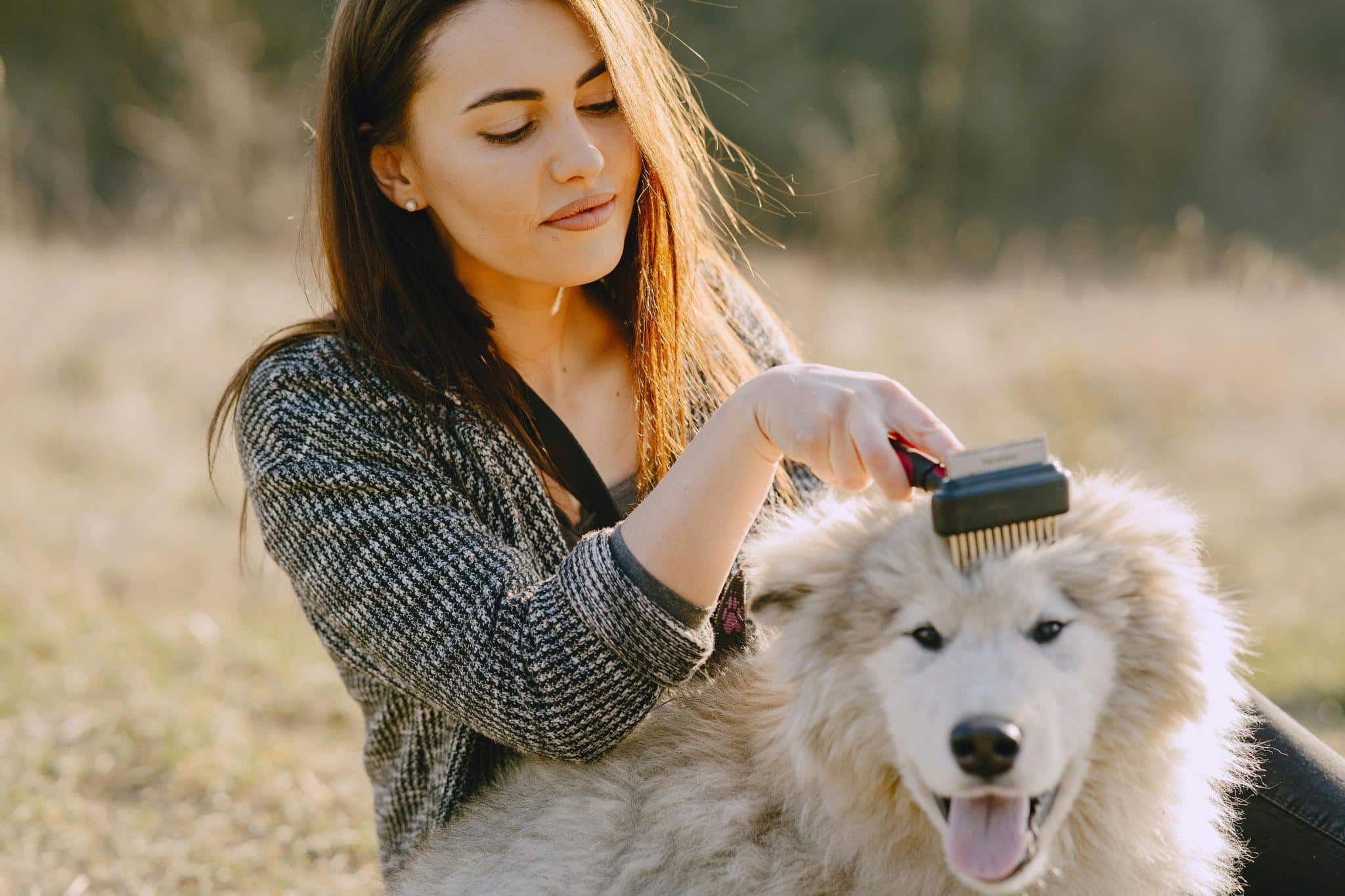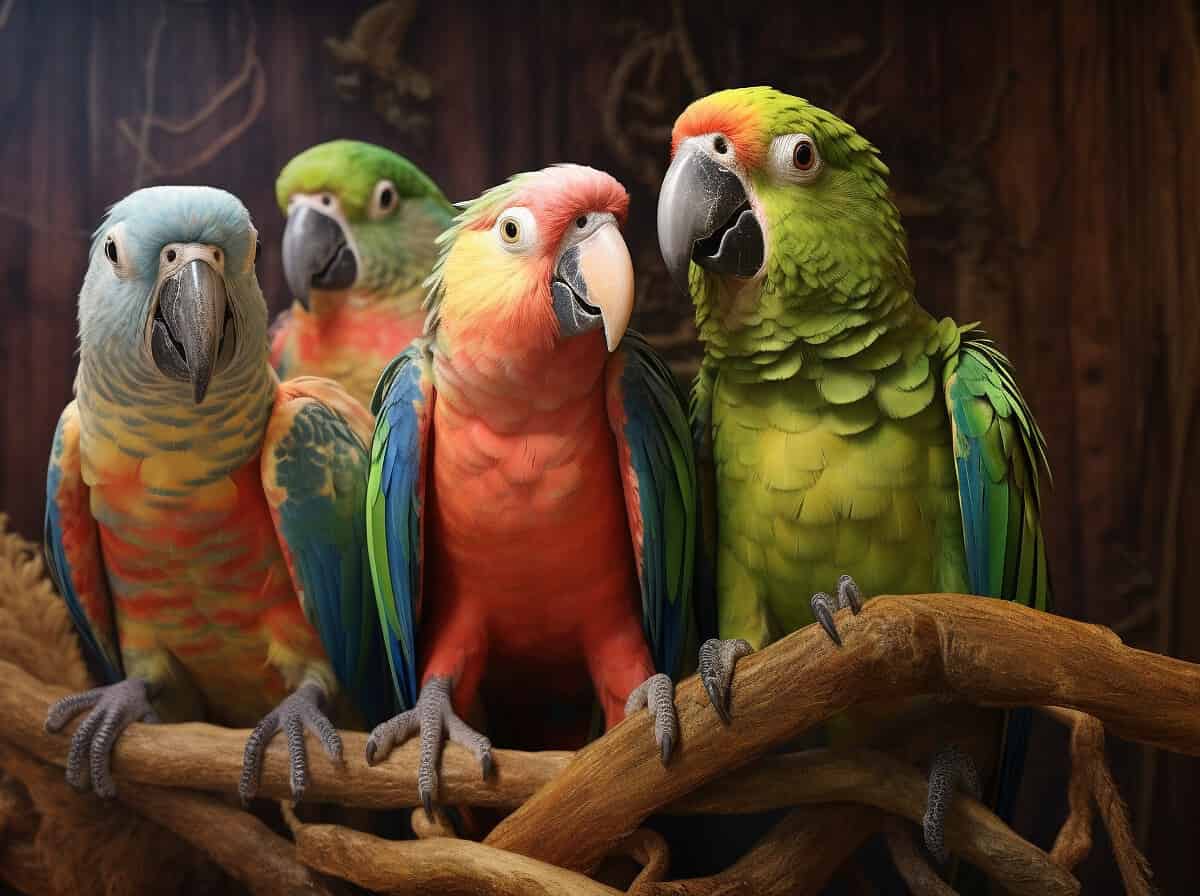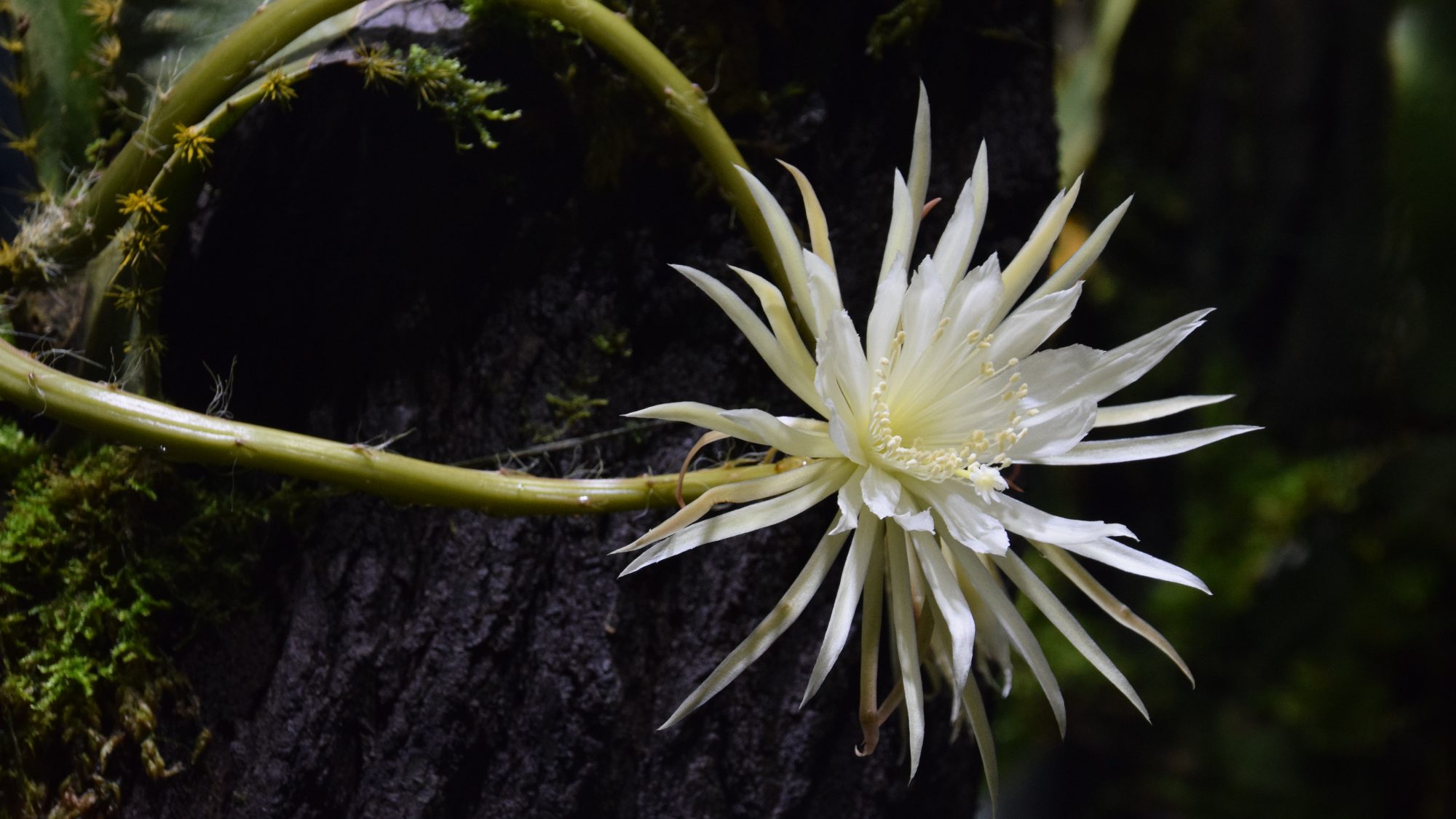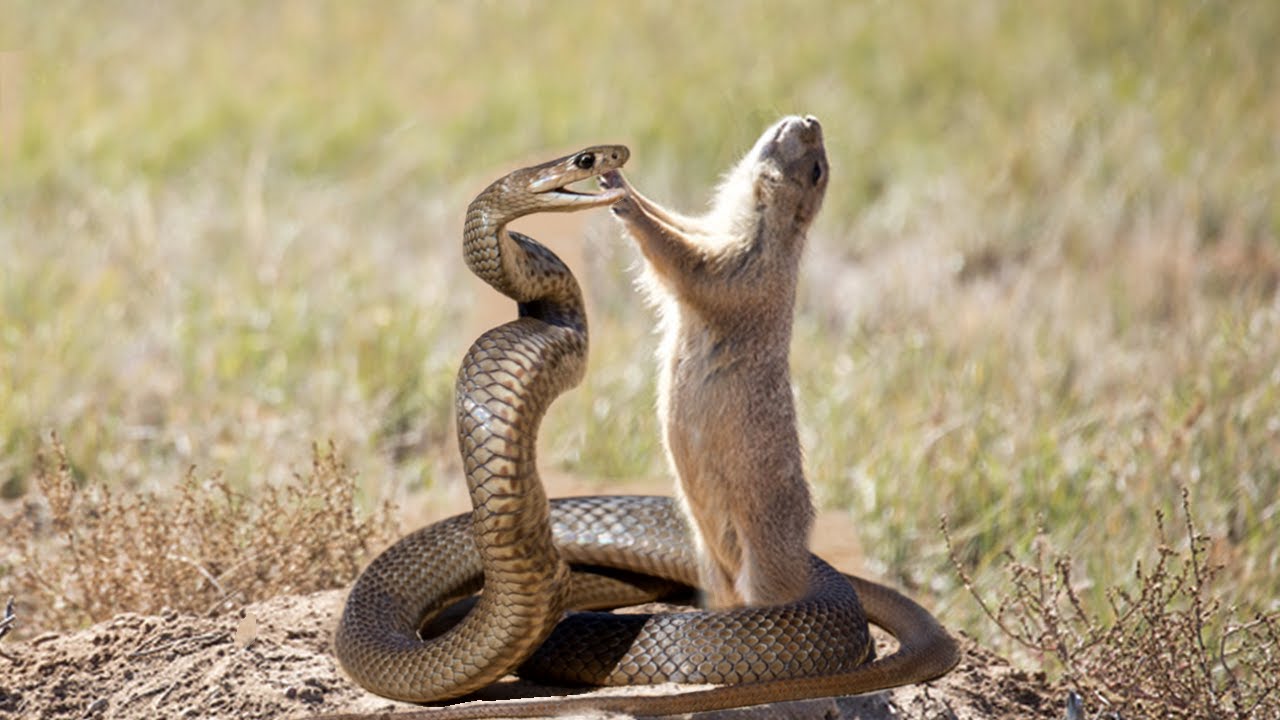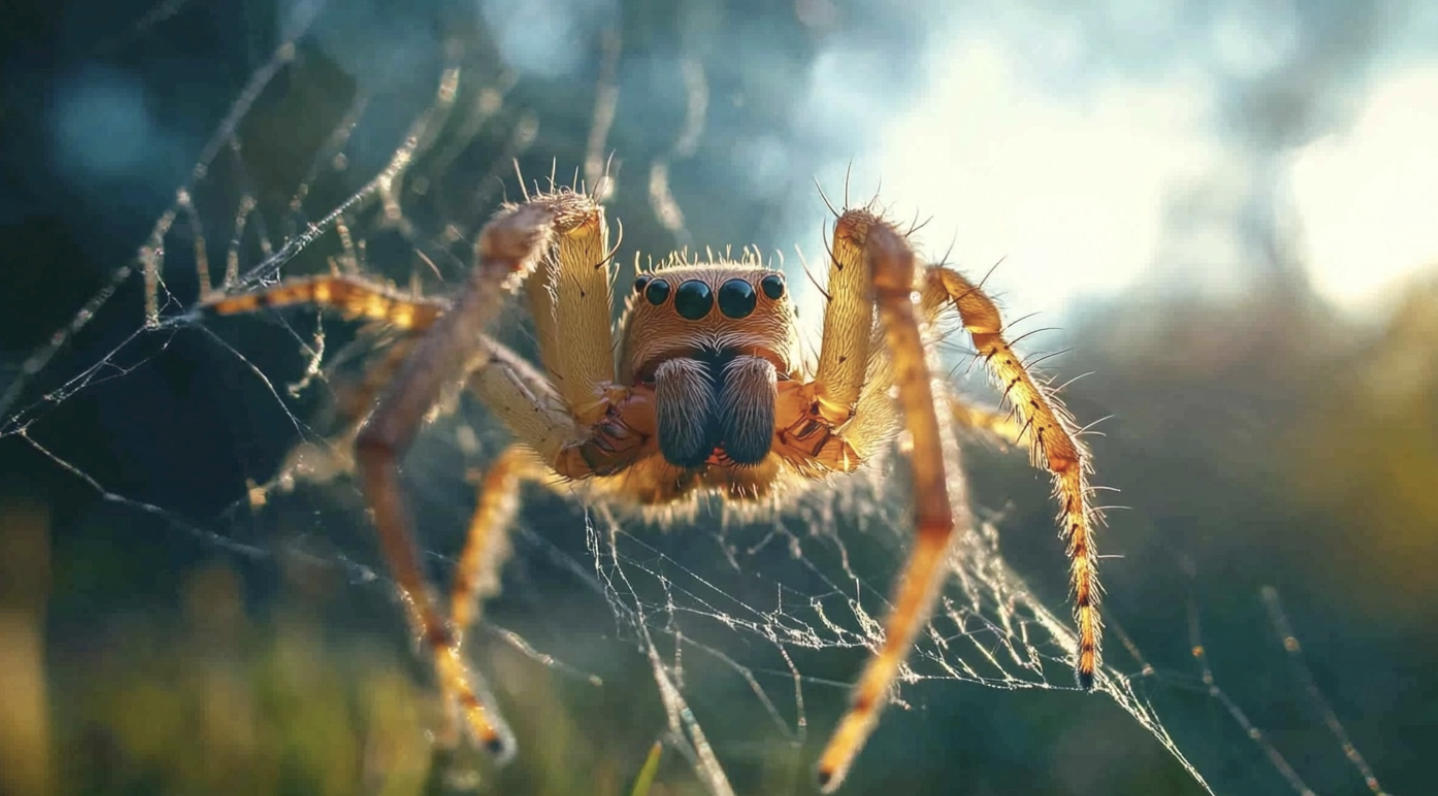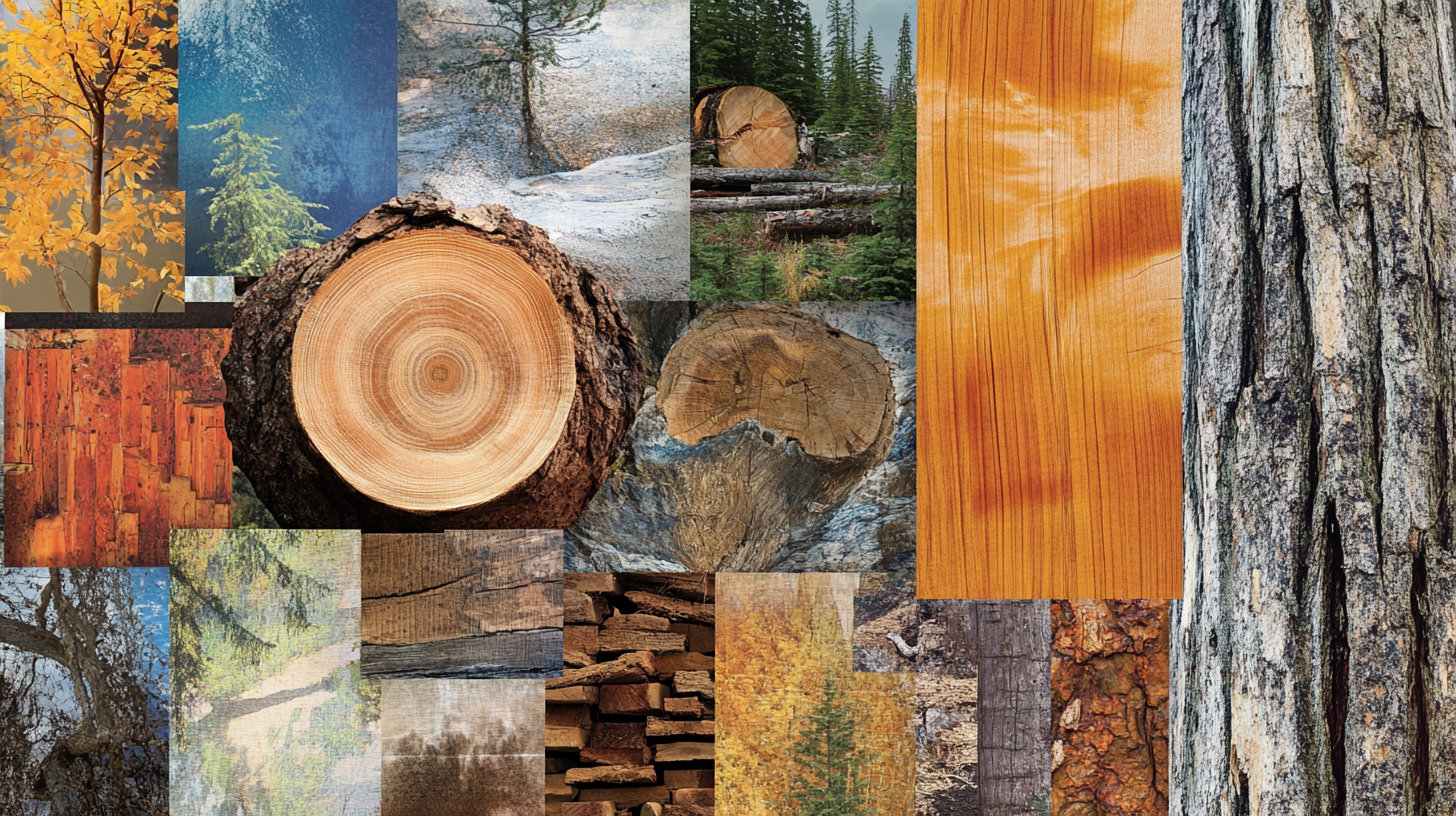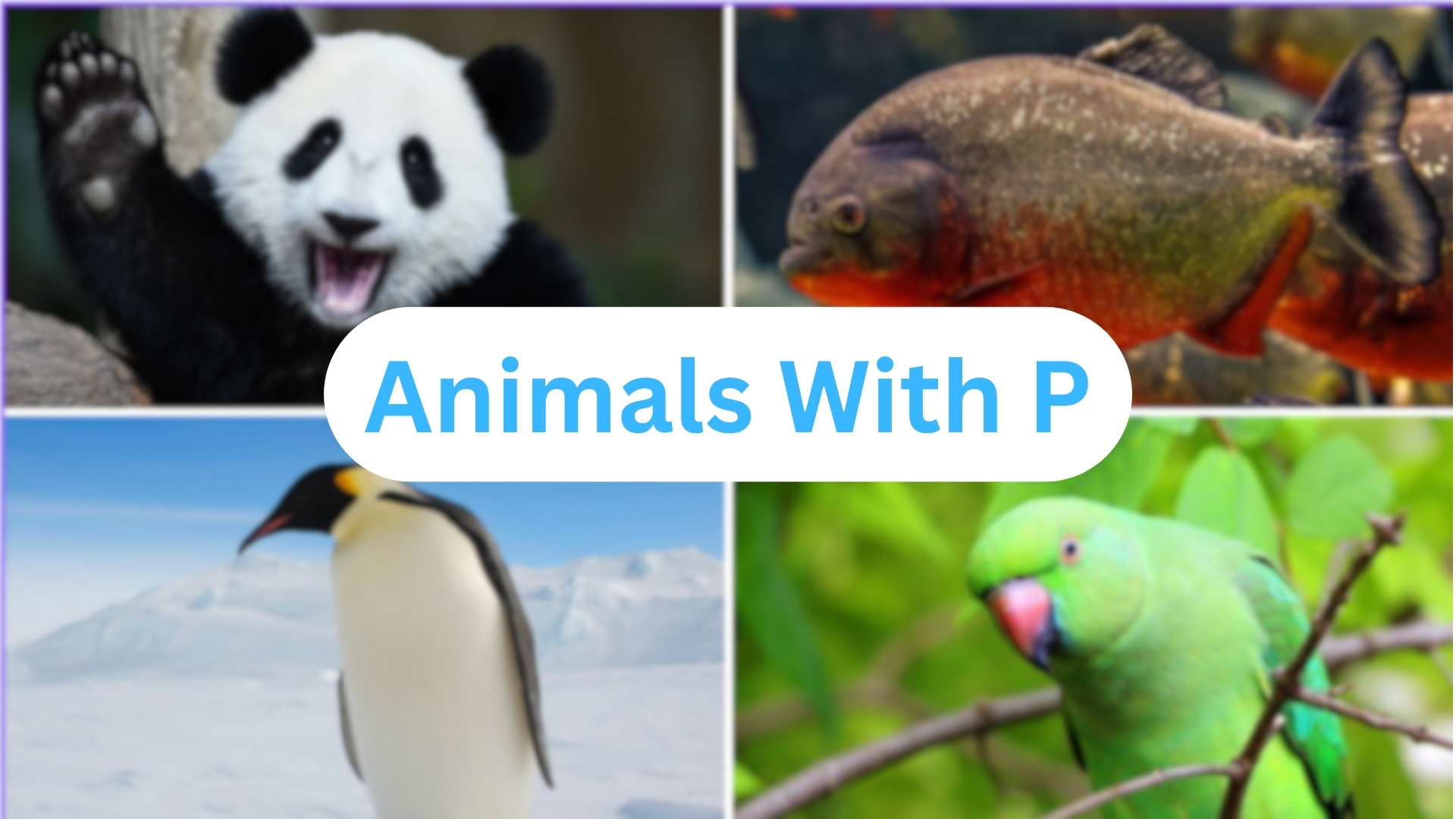
Get ready to meet some of the most incredible creatures that make their mark with the peppy letter P!
From playful predators hiding in dense forests to cuddly critters roaming wild landscapes, these animals will spark your imagination and fill your brain with wonder.
Each animal on this list brings something special to the table. Some are fuzzy friends that make you smile, while others are fierce hunters that show off amazing skills.
Some animals are so strange and funny that they’ll make you laugh out loud and want to learn more about their crazy lives.
Curious about which cool animals will show up? Keep reading and prepare to be amazed by the wild and wonderful world of P-animals!
Commonly Known Animals That Start with The Letter “P”
1. Panda
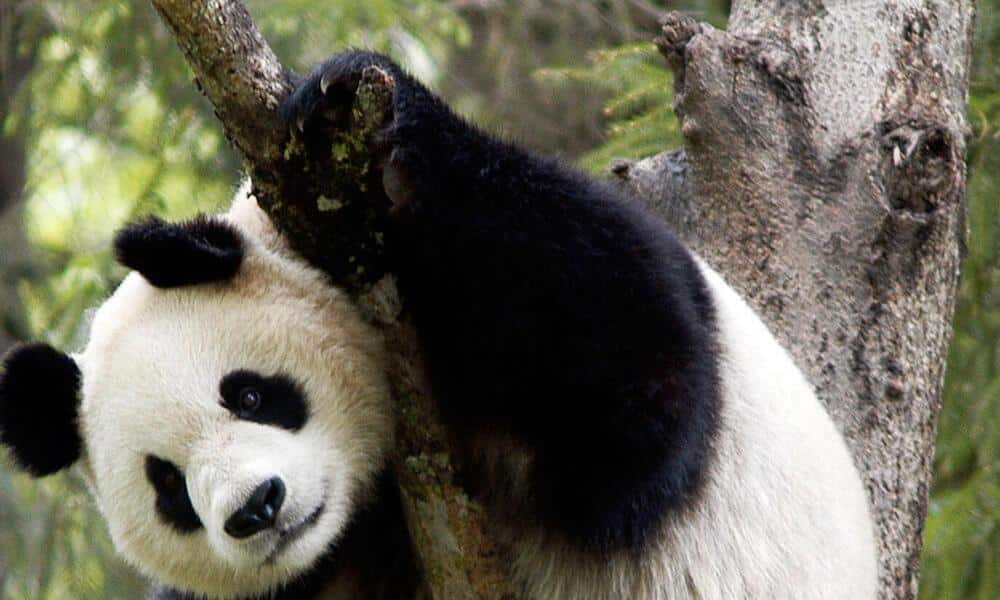
Pandas are large, black-and-white bears known for their love of bamboo. They are native to China and spend most of their time eating or resting in bamboo forests.
-
Region of Habitat: Mountainous forests of China
-
Scientific Name:Ailuropoda melanoleuca
-
Feeding Habits: Primarily herbivorous, feeding mostly on bamboo, but occasionally eating eggs or small animals
-
What Sound They Make: Squeaks, honks, and bleats
Fun Facts
Despite their bear-like appearance, pandas eat a diet similar to that of herbivorous animals and consume nearly 12-38 kg of bamboo daily.
They have an extra “thumb” (a modified wrist bone) that helps them grip bamboo stalks while eating.
2. Penguin
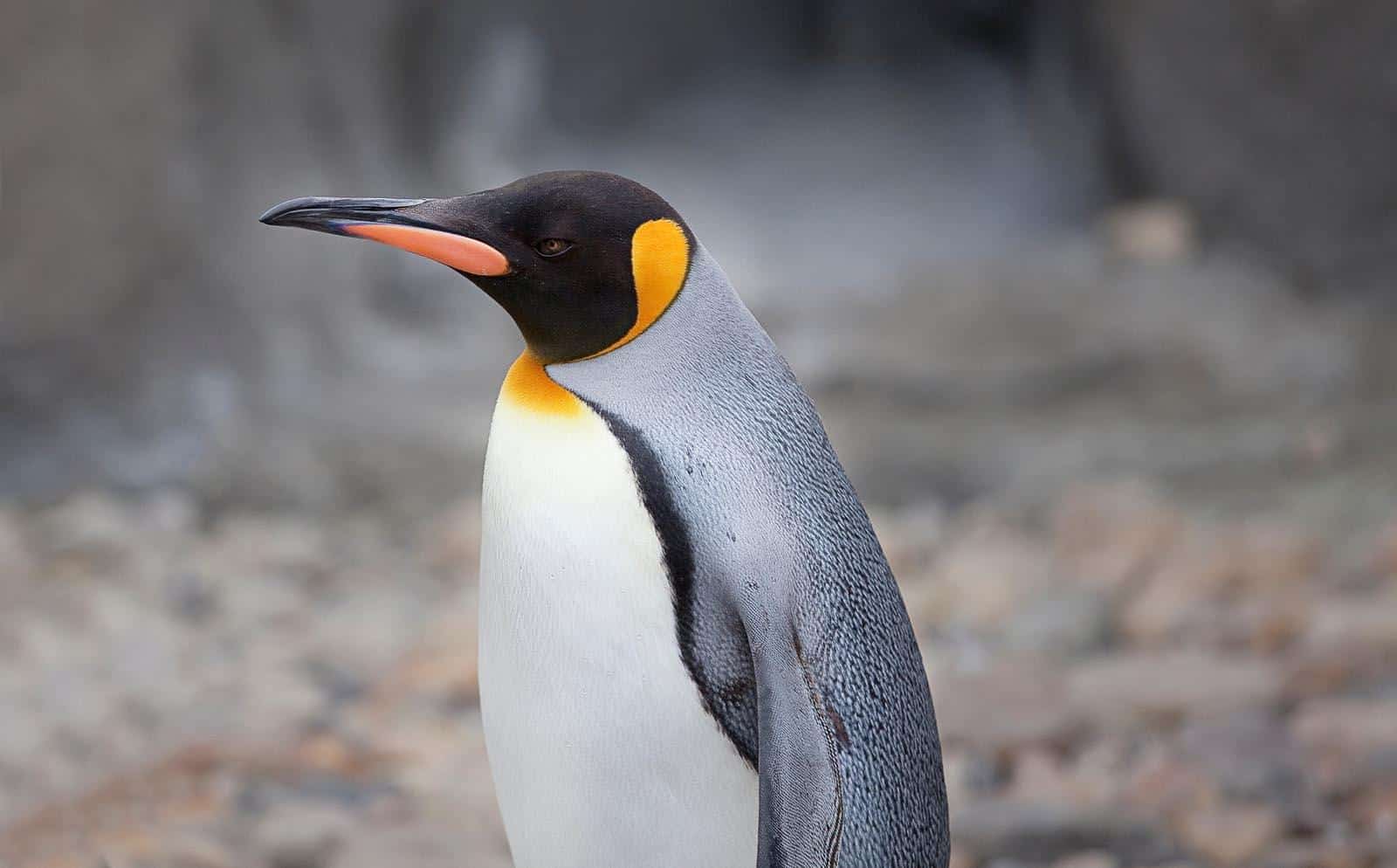
Penguins are flightless birds that are excellent swimmers. They have a layer of fat and dense feathers to keep warm in cold environments.
-
Region of Habitat: Antarctica, South America, Africa, Australia, and New Zealand
-
Scientific Name:Spheniscidae
-
Feeding Habits: Carnivorous; mainly eats fish, squid, and krill
-
What Sound They Make: Squawks, brays, and whistles
Fun Facts
Penguins can drink seawater because they have a special gland that removes excess salt from their bodies. Some species, like the Emperor Penguin, can hold their breath for over 20 minutes underwater while hunting.
3. Peacock
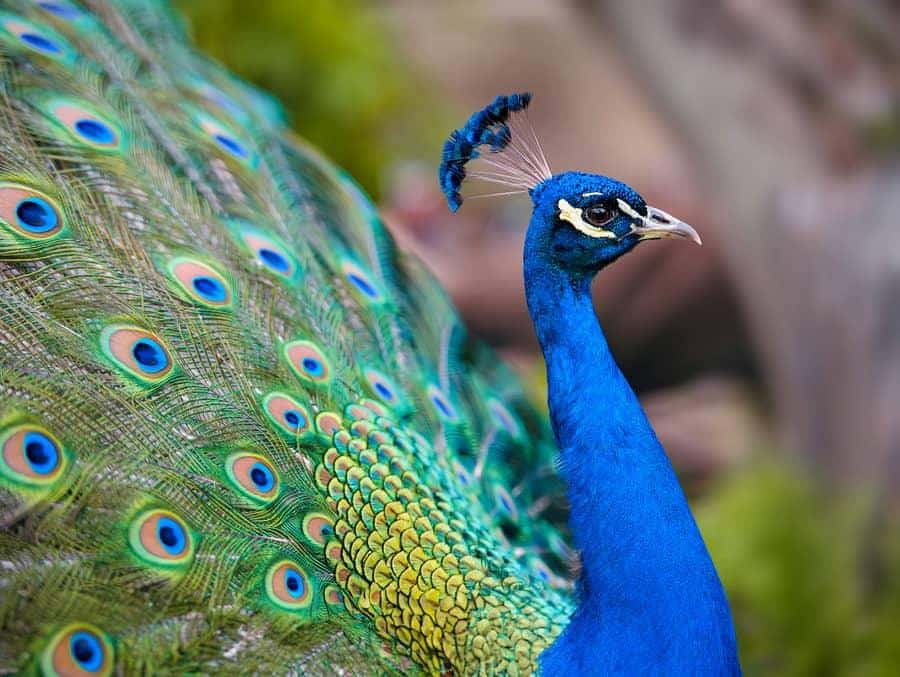
Peacocks are known for their dazzling, glittering feathers and dramatic tail displays. Only the males have the bright plumage, while females, called peahens, have duller colors.
-
Region of Habitat: India, Sri Lanka, Southeast Asia, and Africa
-
Scientific Name:Pavo cristatus
-
Feeding Habits: Omnivorous; eats seeds, fruits, insects, and small reptiles
-
What Sound They Make: Loud calls and screeches
Fun Facts
A peacock’s tail can be up to 60% of its body length, but it doesn’t hinder its movement. When threatened, peacocks can fly short distances to escape predators, despite their long tail feathers.
4. Pigeon
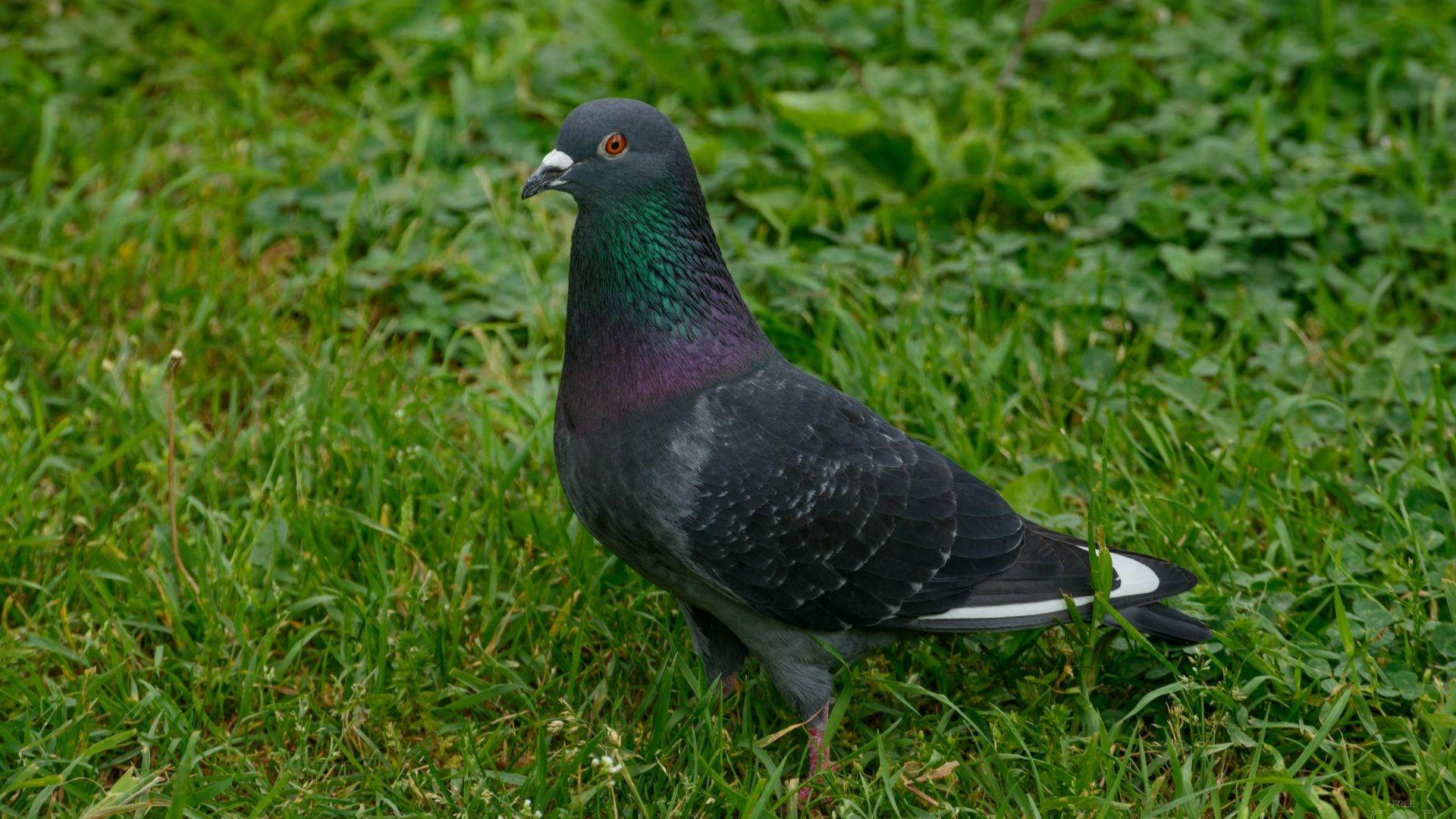
Pigeons are found worldwide and are known for their intelligence and homing abilities. They have been used in communication and navigation for centuries.
-
Region of Habitat: Worldwide, especially in urban areas
-
Scientific Name:Columba livia
-
Feeding Habits: Omnivorous; eats seeds, grains, fruits, and scraps
-
What Sound They Make: Cooing
Fun Facts
Pigeons can recognize themselves in a mirror, an ability shared by only a few animal species. In ancient times, they were used as messengers and even delivered messages during wars.
5. Parrot
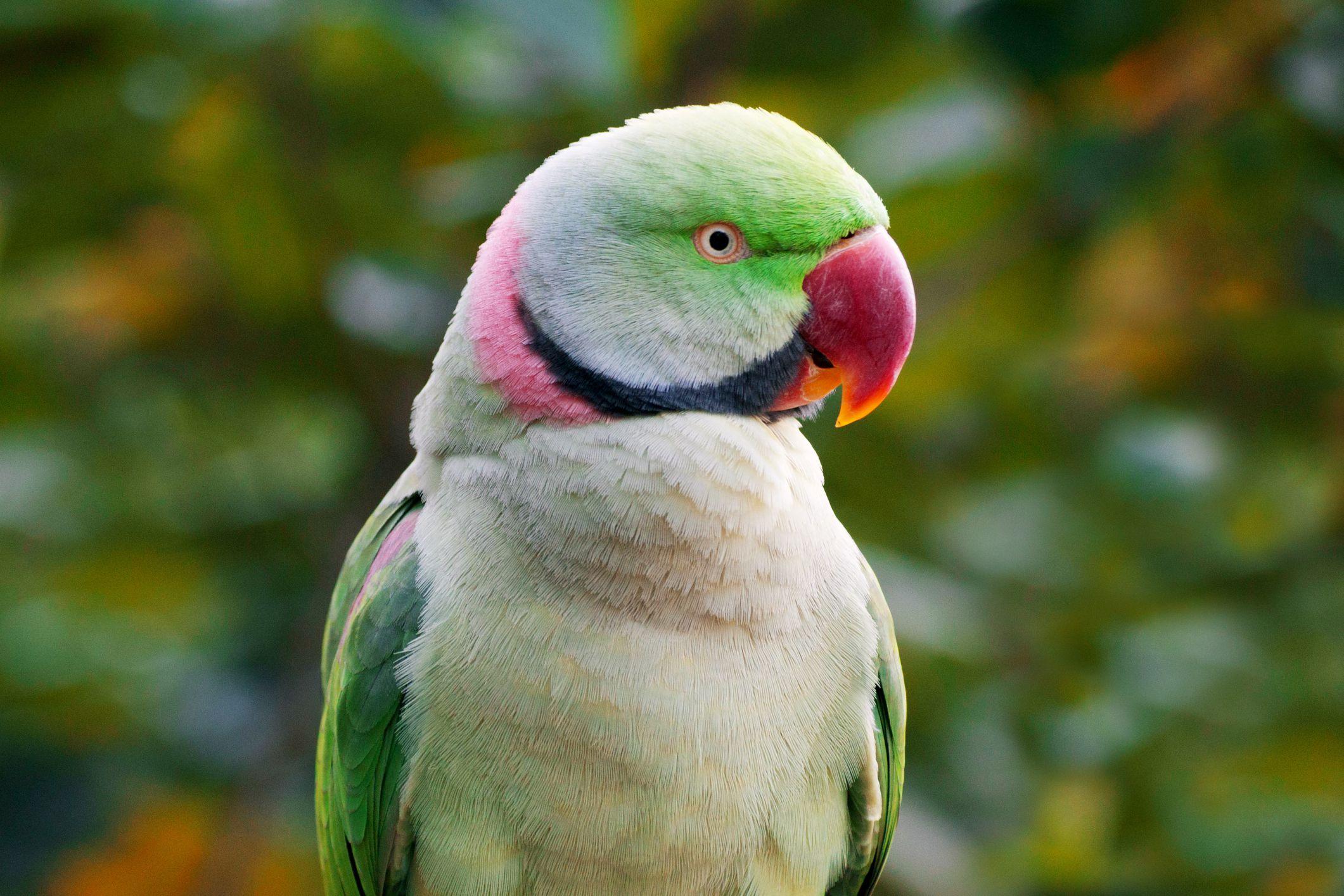
Parrots are colorful, intelligent birds known for their ability to mimic human speech. They are social creatures that often live in flocks.
-
Region of Habitat: Tropical and subtropical regions worldwide
-
Scientific Name:Psittaciformes
-
Feeding Habits: Omnivorous; eats fruits, seeds, nuts, and small insects
-
What Sound They Make: Squawks, whistles, and mimicry of sounds
Fun Facts
Parrots have strong beaks that can crack hard nuts and seeds with ease. Some species, like the African Grey Parrot, have a vocabulary of hundreds of words and can understand context in communication.
6. Pelican
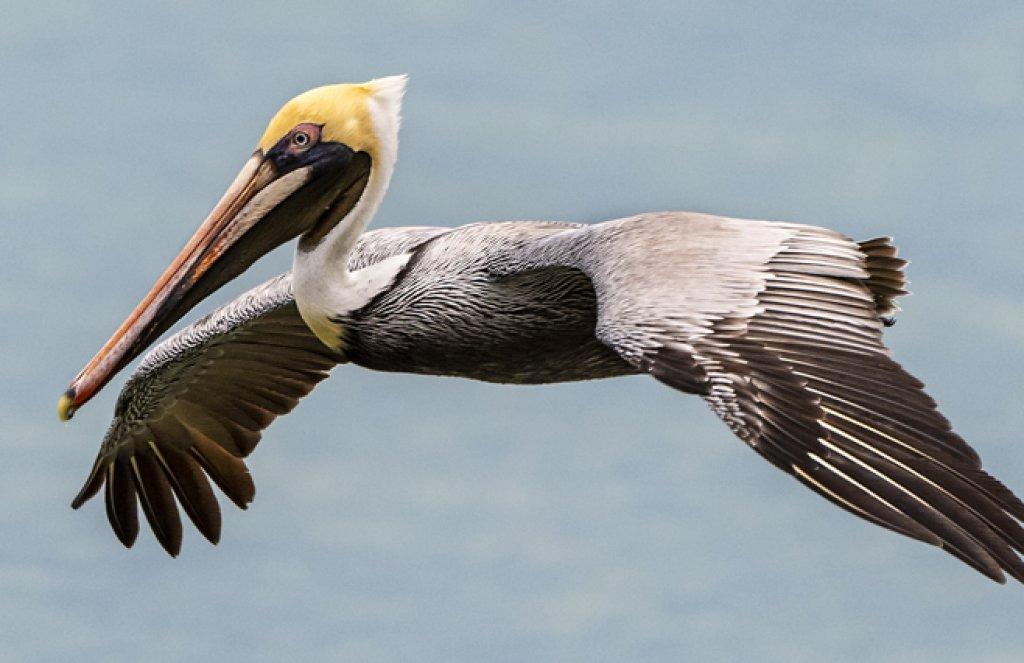
Pelicans are large water birds known for their expandable throat pouch, which they use to scoop up fish. They are excellent jumpers and can plunge into the water to catch prey.
-
Region of Habitat: Coastal areas, lakes, and rivers worldwide
-
Scientific Name:Pelecanus
-
Feeding Habits: Carnivorous; eat mainly fish and small aquatic animals
-
What Sound They Make: Grunts, croaks, and low-pitched honks
Fun Facts
Pelicans can hold up to three gallons of water in their throat pouch. They often work together in groups to herd fish into shallow waters, making them easier to catch.
7. Panther
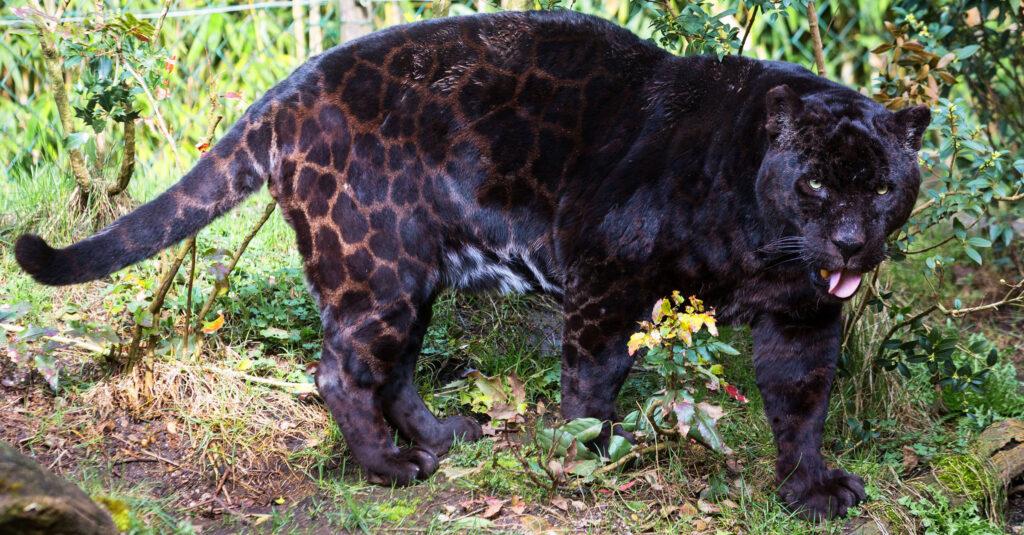
Panthers are stealthy, powerful big cats known for their dark fur, which helps them blend into their surroundings. They are also solitary and highly skilled hunters.
-
Region of Habitat: North and South America, Asia, and Africa
-
Scientific Name:Panthera species (including Panthera pardus and Panthera onca)
-
Feeding Habits: Carnivorous; eats deer, wild boar, and smaller animals
-
What Sound They Make: Roars, growls, and hisses
Fun Facts
Black panthers are not a separate species but are leopards or jaguars with a genetic condition called melanism. Despite their dark fur, their spots are still visible in bright light.
8. Pig
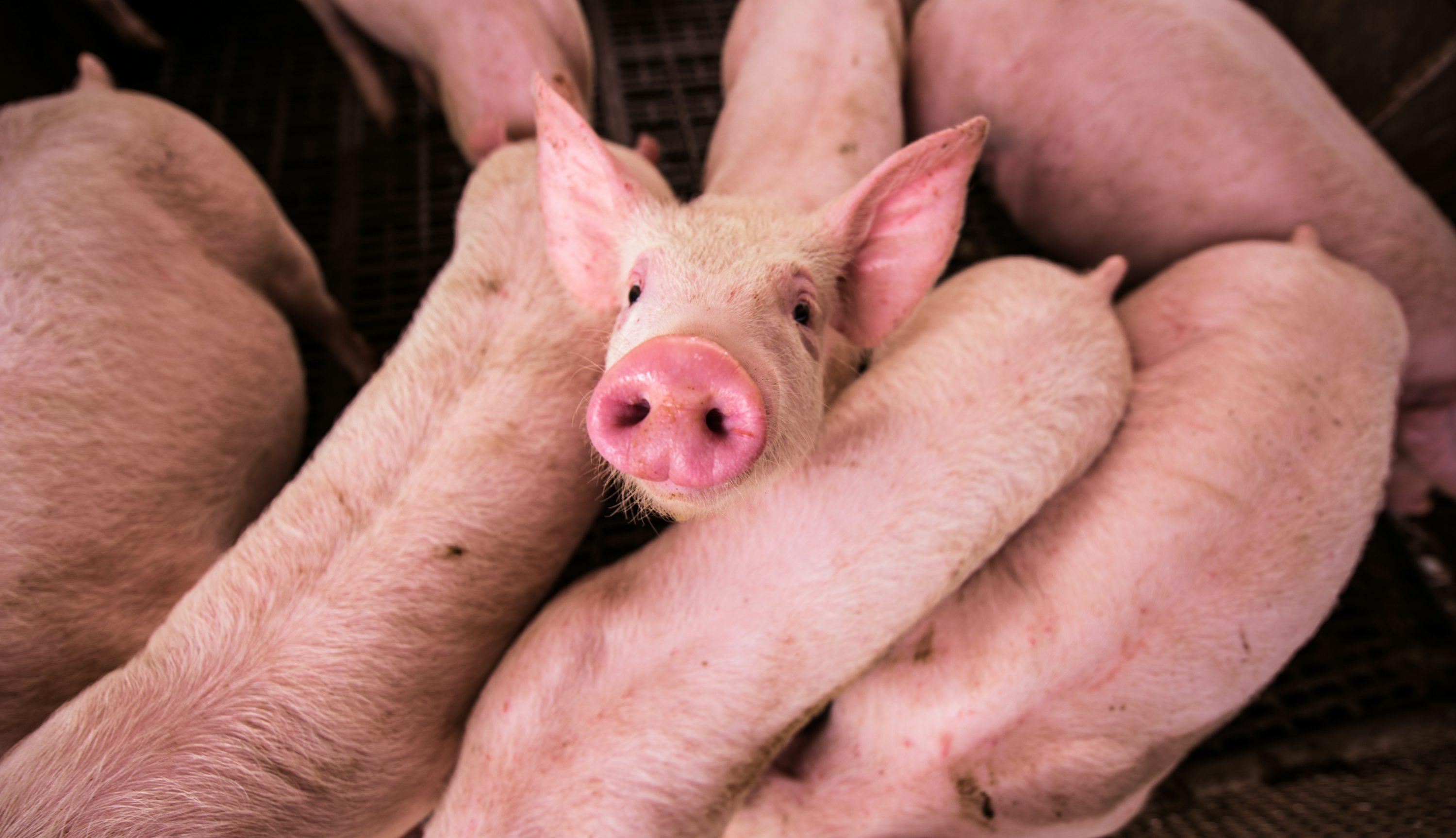
Pigs are highly intelligent and social animals that communicate with grunts and squeals. They are also known for their excellent sense of smell.
-
Region of Habitat: Domesticated worldwide; wild pigs inhabit forests and grasslands
-
Scientific Name:Sus scrofa
-
Feeding Habits: Omnivorous; eats roots, fruits, small animals, and scraps
-
What Sound They Make: Oinks, grunts, and squeals
Fun Facts
Pigs are among the cleanest domesticated animals. They avoid soiling their sleeping areas. They also have an excellent memory and can recognize people and locations for years.
9. Poodle

Poodles are highly intelligent and easily trainable dogs. They come in different sizes, from toy to standard, and have curly, hypoallergenic fur.
-
Region of Habitat: Domesticated worldwide
-
Scientific Name:Canis lupus familiaris
-
Feeding Habits: Omnivorous; eats kibble, meat, and vegetables
-
What Sound They Make: Barks, yips, and whines
Fun Facts
Poodles were originally bred as water retrievers, and their curly coat helps insulate them in cold water. They are one of the smartest dog breeds and excel in obedience training.
10. Pug
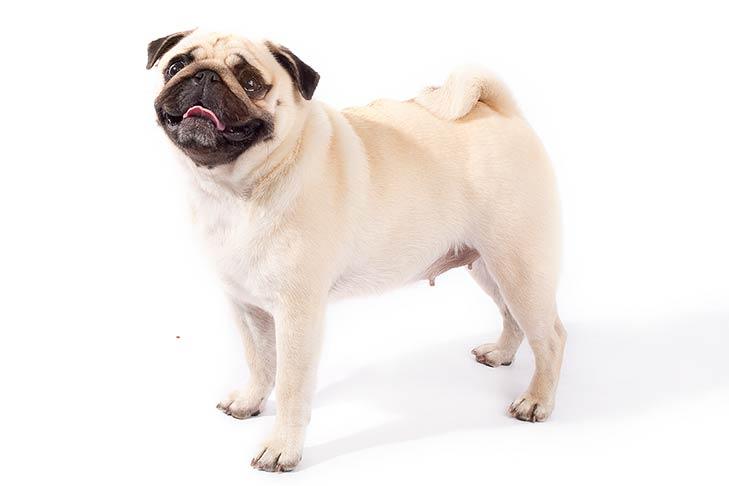
Pugs are small, playful dogs with wrinkled faces and curly tails. They are affectionate companions known for their friendly and social nature.
-
Region of Habitat: Domesticated worldwide
-
Scientific Name:Canis lupus familiaris
-
Feeding Habits: Omnivorous; eats kibble, meat, and vegetables
-
What Sound They Make: Snorts, grunts, and barks
Fun Facts
Pugs often make snorting sounds due to their short noses. Despite their small size, they have a big personality and love being the center of attention.
11. Pufferfish
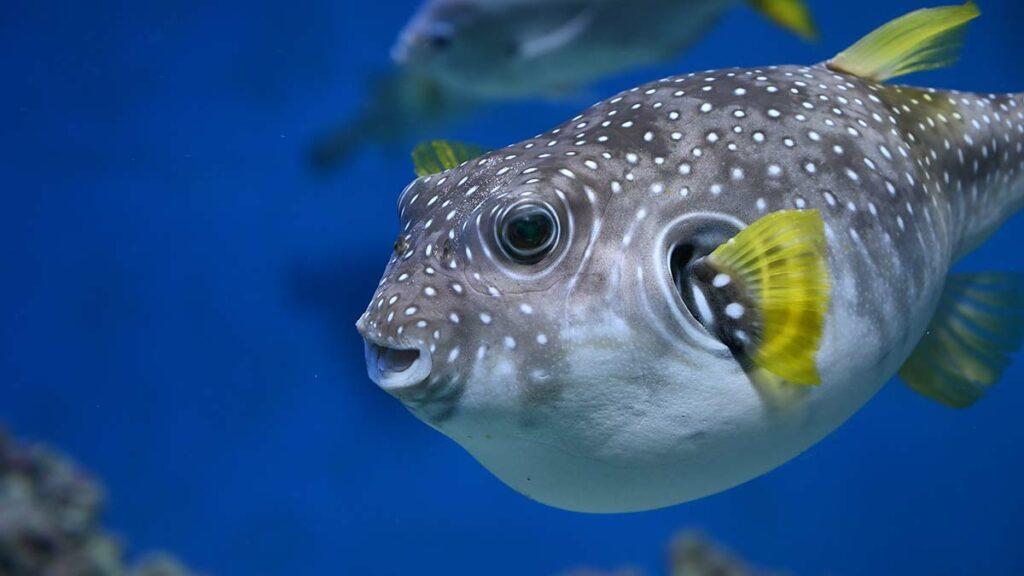
Pufferfish are unique marine creatures known for puffing up when threatened. They have spines and a potent toxin that helps deter predators.
-
Region of Habitat: Warm coastal waters worldwide
-
Scientific Name:Tetraodontidae
-
Feeding Habits: Omnivorous; eats algae, mollusks, and small crustaceans
-
What Sound They Make: Clicking and grunting sounds
Fun Facts
Pufferfish contain a toxin called tetrodotoxin, which is deadly to most predators and humans. Despite their poisonous nature, some species are considered a delicacy in Japan, where licensed chefs carefully prepare them.
12. Polar Bear
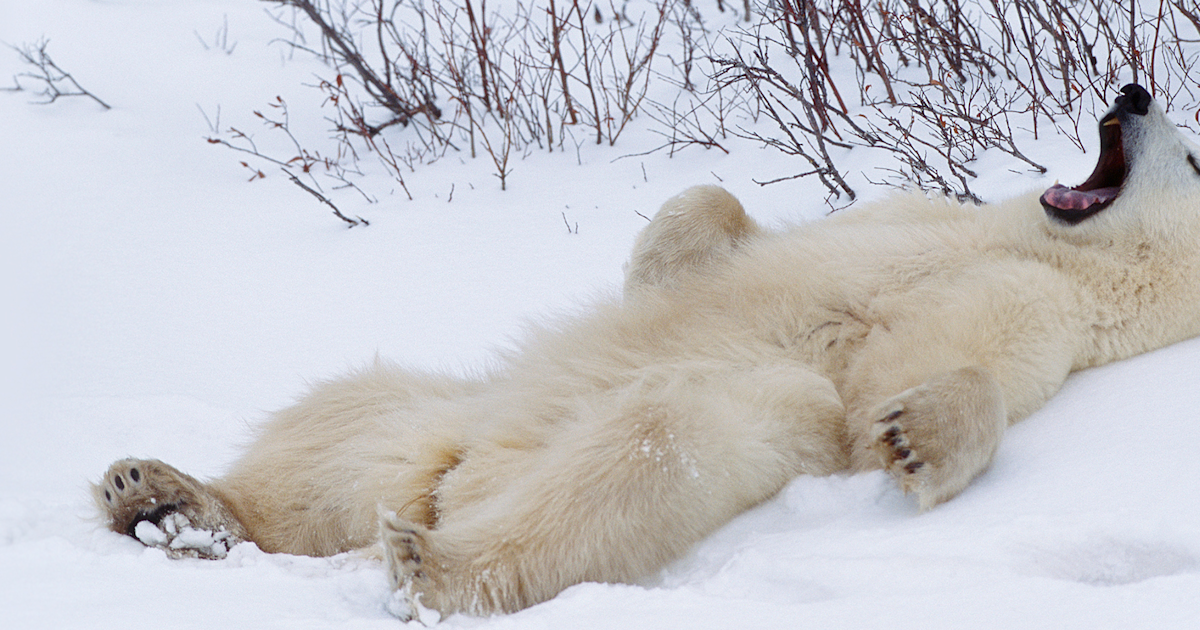
Polar bears are the largest land carnivores and are well-adapted to freezing Arctic conditions. They have thick fur and a layer of fat to insulate them from the cold.
-
Region of Habitat: Arctic regions of North America, Europe, and Asia
-
Scientific Name:Ursus maritimus
-
Feeding Habits: Carnivorous; primarily eats seals and fish
-
What Sound They Make: Roars, growls, and chuffs
Fun Facts
Polar bears have black skin under their white fur, which helps absorb heat from the sun. They are excellent swimmers and can cover long distances in the icy ocean to hunt for food.
13. Poison Dart Frog
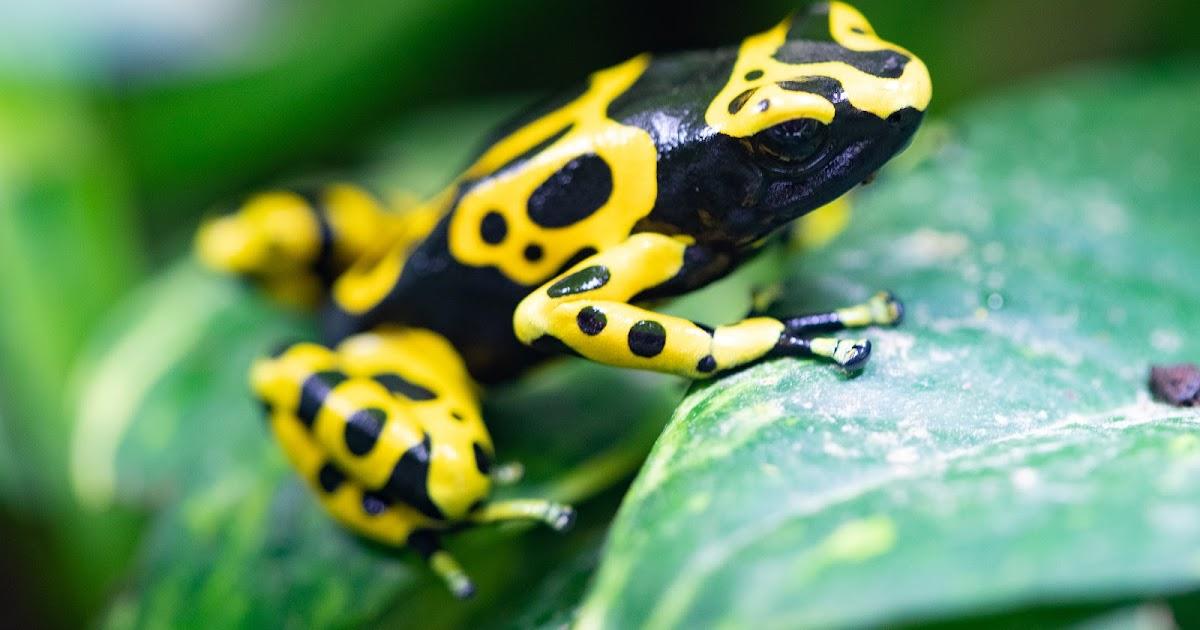
Poison dart frogs are small, brightly colored amphibians known for their toxic skin secretions, which can be lethal to predators.
-
Region of Habitat: Rainforests of Central and South America
-
Scientific Name:Dendrobatidae
-
Feeding Habits: Carnivorous; eats ants, termites, and small insects
-
What Sound They Make: High-pitched trills and chirps
Fun Facts
Some indigenous tribes use poison dart frog toxins to coat their hunting darts. Their bright colors serve as a warning to potential predators, signaling that they are highly toxic.
14. Peregrine Falcon
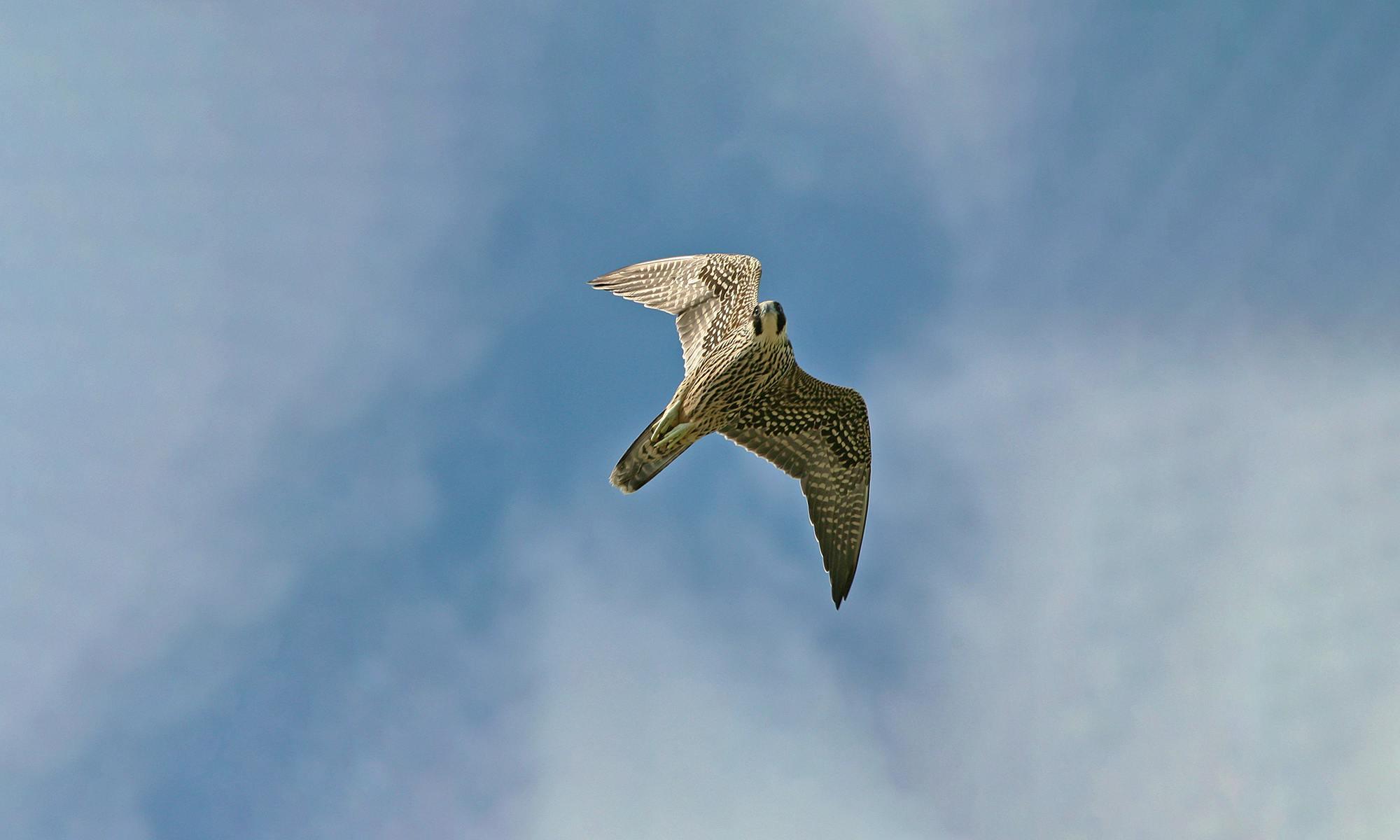
Peregrine falcons are the fastest birds in the world. They can jump in water at speeds over 240 mph to catch prey.
-
Region of Habitat: Worldwide, except Antarctica
-
Scientific Name:Falco peregrinus
-
Feeding Habits: Carnivorous; eats birds, small mammals, and insects
-
What Sound They Make: High-pitched screams and cackles
Fun Facts
Peregrine falcons were once endangered due to pesticide use, but conservation efforts helped them recover. They often nest on tall buildings in cities, where they hunt pigeons and other birds.
15. Praying Mantis
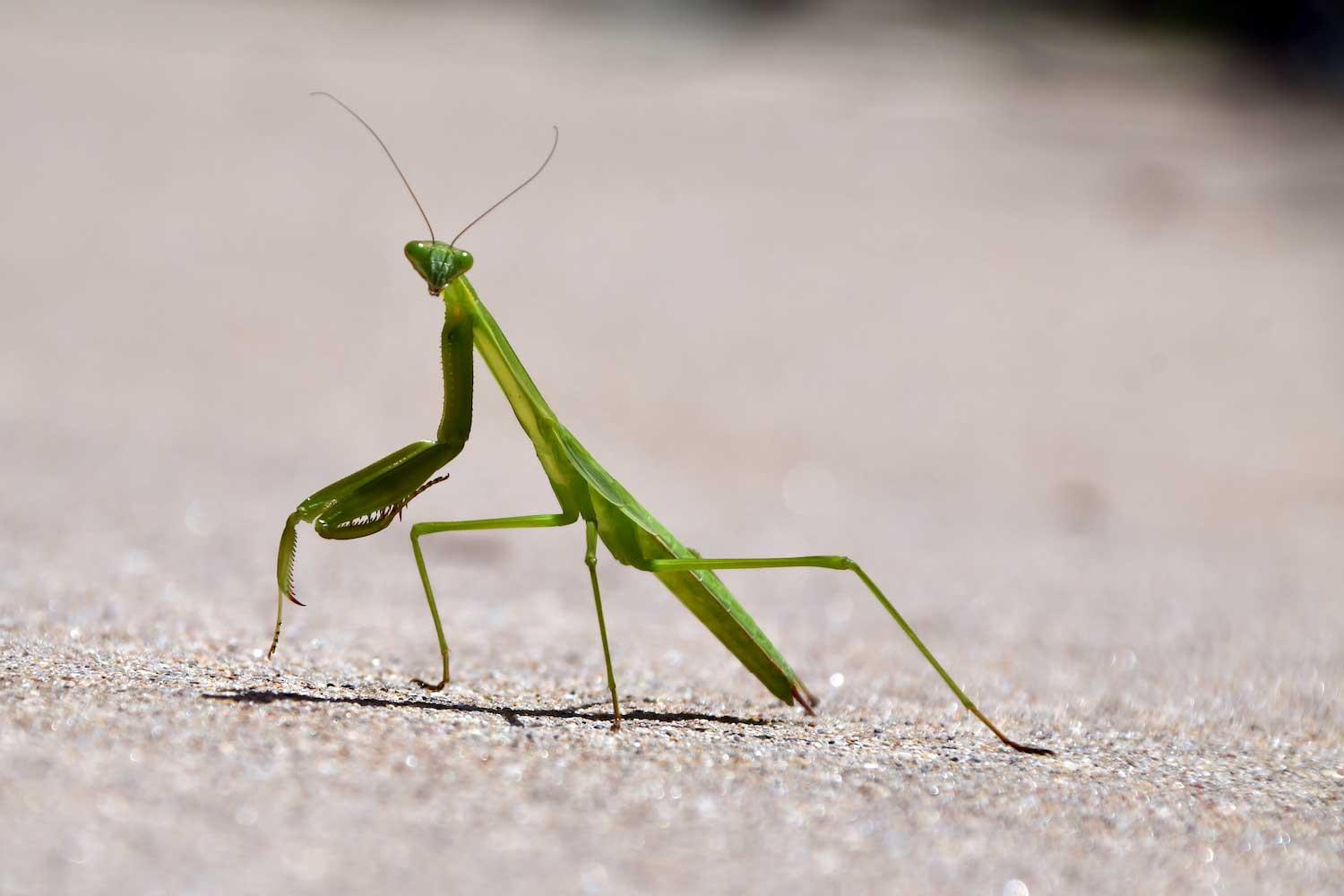
Praying mantises are known for their folded front legs, which resemble a prayer posture. They are skilled hunters with excellent vision.
-
Region of Habitat: Found worldwide, especially in warm regions
-
Scientific Name:Mantodea
-
Feeding Habits: Carnivorous; eat insects, small birds, and even other mantises
-
What Sound They Make: Hissing when threatened
Fun Facts
Praying mantises can turn their heads 180 degrees to check their surroundings. Females are known for sometimes eating their mates after reproduction, though this doesn’t always happen.
16. Platypus
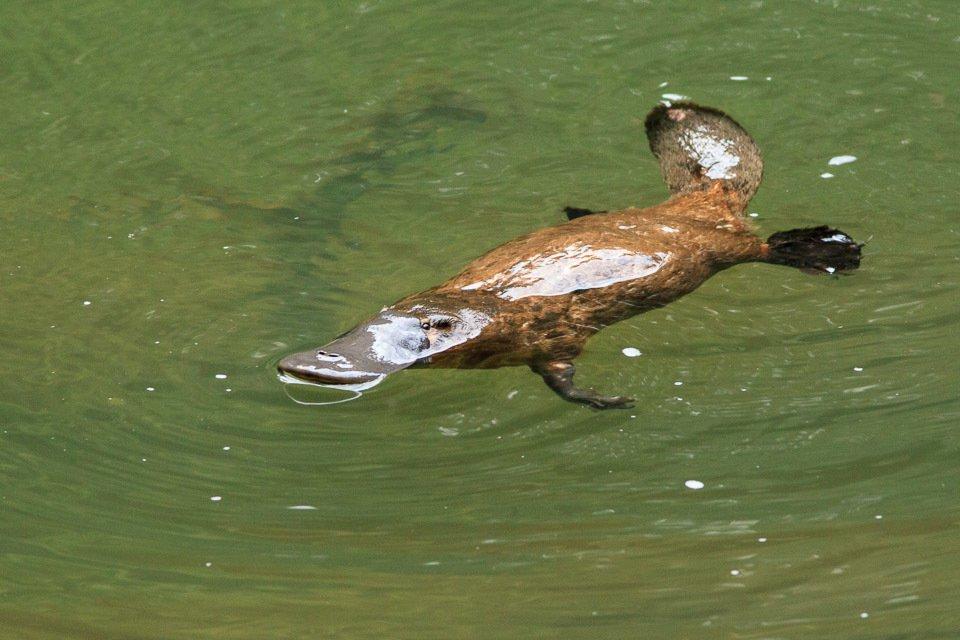
The platypus is a unique mammal that lays eggs and has a duck-like bill. It is one of the few venomous mammals in the world.
-
Region of Habitat: Eastern Australia and Tasmania
-
Scientific Name:Ornithorhynchus anatinus
-
Feeding Habits: Carnivorous; eats insects, crustaceans, and worms
-
What Sound They Make: Soft growls and clicks
Fun Facts
Male platypuses have venomous spurs on their hind legs, which can cause extreme pain. They use electroreception in their bills to detect prey underwater as they close their eyes while jumping into water.
17. Porcupine
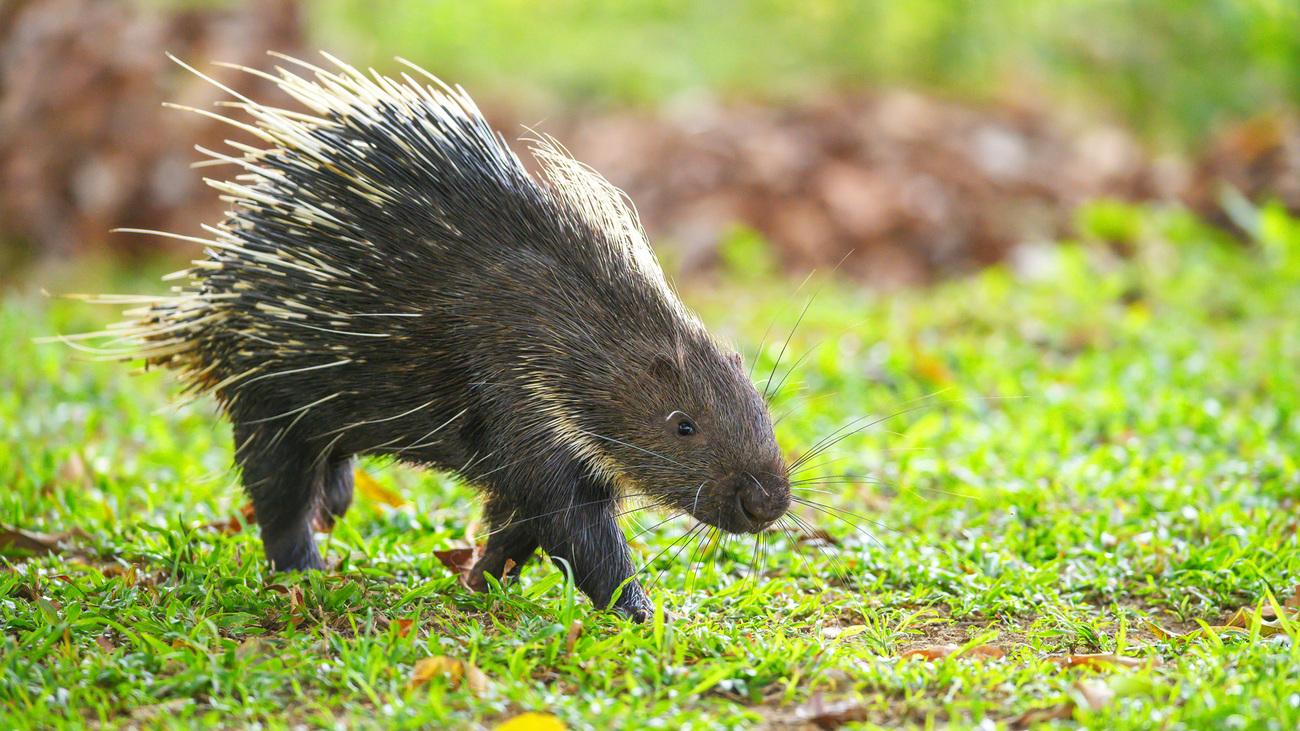
Porcupines are rodents covered in sharp quills that help protect them from predators. They are mostly nocturnal and have a slow-moving lifestyle.
-
Region of Habitat: North and South America, Europe, Africa, and Asia
-
Scientific Name:Erethizontidae
-
Feeding Habits: Herbivorous; eats bark, leaves, fruits, and roots
-
What Sound They Make: Grunts, squeaks, and whines
Fun Facts
Porcupine quills have barbed tips, making them difficult to remove once embedded in a predator. Contrary to popular belief, they cannot shoot their quills, but they do raise them as a defense mechanism.
18. Pink Flamingo
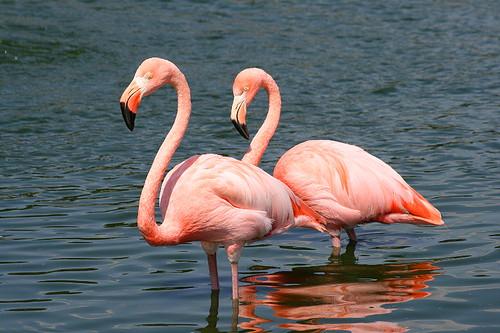
Flamingos are known for their striking pink feathers, which come from the pigments in their diet. They are often seen standing on one leg in shallow waters.
-
Region of Habitat: Wetlands, lakes, and coastal lagoons worldwide
-
Scientific Name:Phoenicopteridae
-
Feeding Habits: Omnivorous; eats algae, crustaceans, and small fish
-
What Sound They Make: Honks and squawks
Fun Facts
Flamingos are born with gray feathers and develop their pink color over time due to the carotenoid pigments in their food. They form strong social bonds and often perform synchronized group displays during courtship.
19. Python
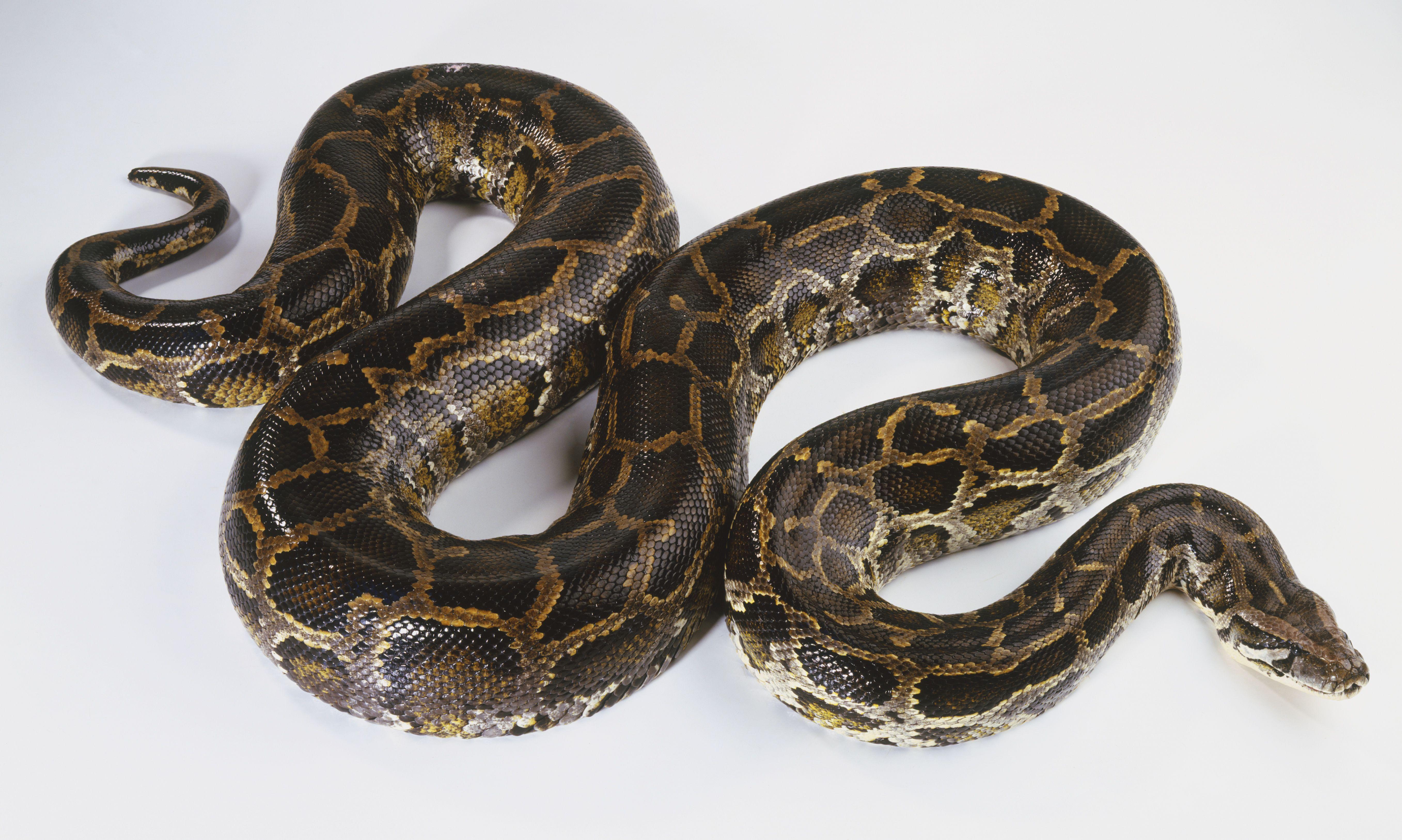
Pythons are large, non-venomous snakes that kill their prey by constriction. Some species grow to impressive lengths.
-
Region of Habitat: Africa, Asia, and Australia
-
Scientific Name:Pythonidae
-
Feeding Habits: Carnivorous; eats mammals, birds, and reptiles
-
What Sound They Make: Hissing
Fun Facts
Some pythons, like the reticulated python, can grow over 20 feet long, making them one of the longest snake species. Their jaws have heat-sensing pits that help them detect warm-blooded prey in the dark.
20. Puma
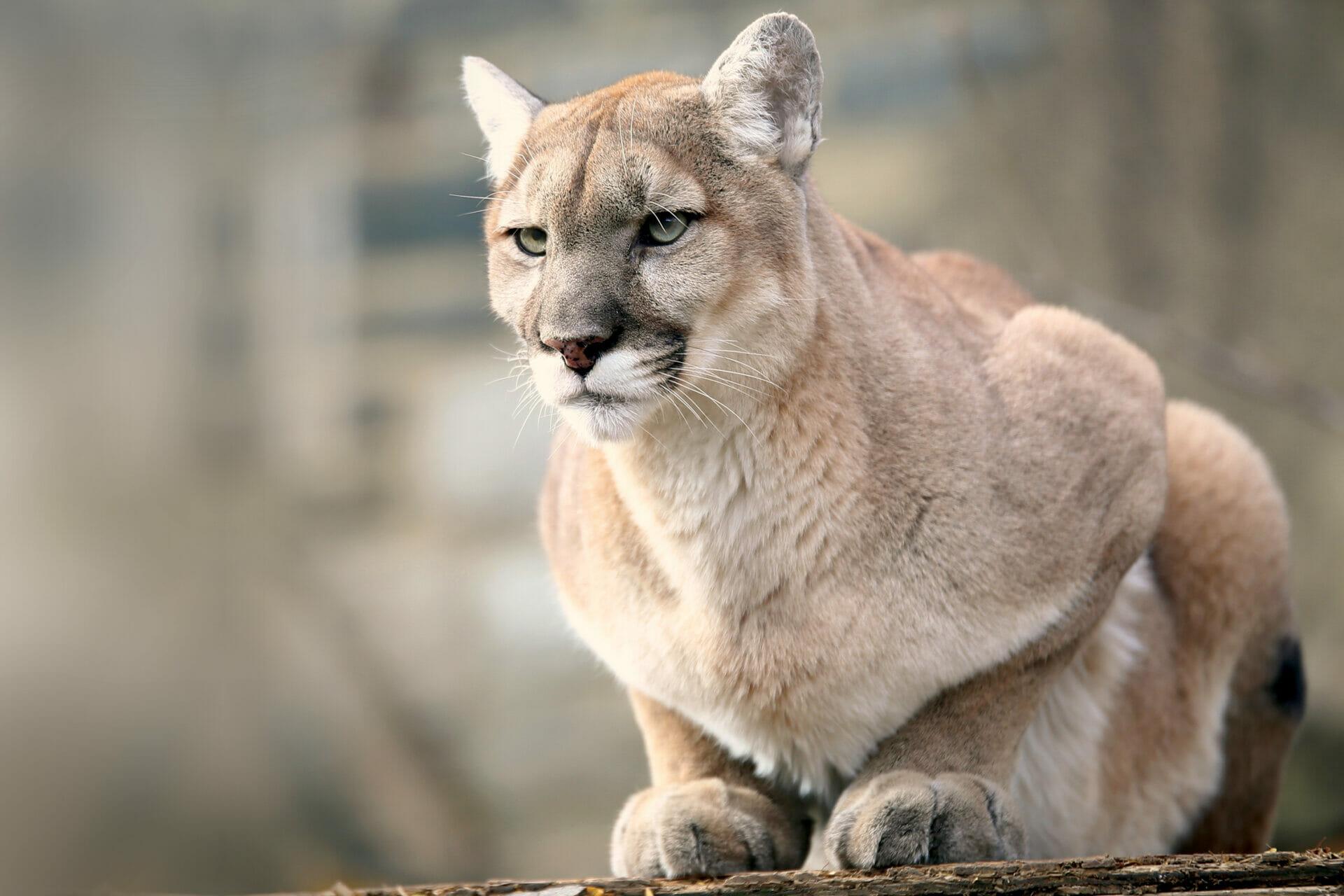
Pumas, also known as mountain lions or cougars, are large cats that are excellent hunters and can adapt to various environments.
-
Region of Habitat: North and South America
-
Scientific Name:Puma concolor
-
Feeding Habits: Carnivorous; eats deer, rabbits, and rodents
-
What Sound They Make: Screams, growls, and purrs
Fun Facts
Unlike other big cats, pumas cannot roar but instead produce high-pitched screams, often compared to a woman’s scream. They are known for their powerful leaps and can jump up to 20 feet in a single bound.
More Animals That Start With The Letter “P”
21. Pachycephalosaurus
22. Pacific Coast Tick
23. Pacific Sleeper Shark
24. Pacific Spaghetti Eel
25. Paddlefish
26. Pademelon
27. Painted Bunting
28. Painted Turtle
29. Palaeoloxodon namadicus
30. Palaeophis
31. Paleoparadoxia
32. Palm Rat
33. Palo Verde Beetle
34. Panda Pied Ball Python
35. Pangolin
36. Panthera atrox (American Lion)
37. Papillon
38. Papillon Mix
39. Paradise Flying Snake
40. Parakeet
41. Parasaurolophus
42. Parrot Snake
43. Parrotfish
44. Parrotlet
45. Parson Russell Terrier
46. Parti Schnauzer
47. Partridge
48. Patagonian Cavy
49. Patagonian Mara
50. Patagotitan
51. Patas Monkey
52. Patterdale Terrier
53. Pea Puffer
54. Peacock Bass
55. Peacock Butterfly
56. Peacock Spider
57. Peagle
58. Peekapoo
59. Pekingese
60. Pelagornis
61. Pelagornithidae
62. Pelican
63. Pelycosaurs
64. Pembroke Welsh Corgi
65. Pennsylvania Wood Cockroach
66. Peppered Moth
67. Peppermint Angelfish
68. Perch Fish
69. Père David’s Deer
70. Perro De Presa Canario
71. Persian
72. Peruvian Guinea Pig
73. Peruvian Inca Orchid
74. Pesquet’s Parrot (Dracula Parrot)
75. Petit Basset Griffon Vendéen
76. Petite Goldendoodle
77. Pharaoh Hound
78. Pheasant
79. Pheasant-tailed Jacana
80. Philippine Cobra
81. Phoenix Chicken
82. Phorusrhacos
83. Phytosaurs
84. Picardy Spaniel
85. Pictus Catfish
86. Piebald Dachshund
87. Pied Ball Python
88. Pied Tamarin
89. Pied-Billed Grebe
90. Pig-Nosed Turtle
91. Pika
92. Pike Fish
93. Pileated Woodpecker
94. Pinacate Beetle
95. Pine Beetle
96. Pine Marten
97. Pine Siskin
98. Pine Snake
99. Pinfish
100. Pink Bollworm
101. Pink Fairy Armadillo
102. Pink Salmon
103. Pink-Toed Tarantula
104. Pink-Necked Green Pigeon
105. Pipe Snake
106. Pipefish
107. Piranha
108. Pit Bull
109. Pit Viper
110. Pitador
111. Pitsky
112. Plains Hognose Snake
113. Platinum Arowana
114. Platybelodon
115. Plesiosaur
116. Pliosaur
117. Plott Hound Mix
118. Plott Hounds
119. Plymouth Rock Chicken
120. Pocket Beagle
121. Pocket Pitbull
122. Podenco Canario
123. Pointer
124. Pointer Mix
125. Polacanthus
126. Polecat
127. Polish Chicken
128. Polish Lowland Sheepdog
129. Polish Tatra Sheepdog
130. Polka Dot Stingray
131. Pollock Fish
132. Polyphemus Moth
133. Pomapoo
134. Pomchi
135. Pomeagle
136. Pomeranian
137. Pomeranian Mix
138. Pompano Fish
139. Pomsky
140. Pond Skater
141. Poochon
142. Poogle
143. Pool Frog
144. Porbeagle Shark
145. Porcupinefish
146. Portuguese Podengo
147. Possum
148. Potato Beetle
149. Potoo
150. Potoroo
151. Powderpost Beetle
152. Prairie Chicken
153. Prairie Dog
154. Prairie Rattlesnake
155. Prawn
156. Proboscis Monkey
157. Procoptodon
158. Pronghorn
159. Psittacosaurus
160. Pteranodon
161. Pterodactyl
162. Pudelpointer
163. Puertasaurus
164. Puff Adder
165. Puffin
166. Pug Mix
167. Pugapoo
168. Puggle
169. Pugshire
170. Puli
171. Pumi
172. Pumpkin Patch Tarantula
173. Purple Emperor Butterfly
174. Purple Finch
175. Purple Gallinule
176. Purple Tarantula
177. Purussaurus
178. Puss Caterpillar
179. Puss Moth
180. Pygmy Hippopotamus
181. Pygmy Marmoset (Finger Monkey)
182. Pygmy Python
183. Pygmy Rattlesnake
184. Pygmy Shark
185. Pygora Goat
186. Pyjama Shark
187. Pyrador
188. Pyredoodle
189. Pyrenean Mastiff
190. Pyrenean Shepherd
191. Pyrosome
192. Pacific Walrus
193. Pacific White-Sided Dolphin
194. Plains Zebra
195. Philippine Tarsier
196. Pink River Dolphin
197. Pied Avocet
198. Palawan Peacock-Pheasant
199. Pink-tailed Worm Lizard
200. Pygmy Slow Loris
201. Persian Cat
202. Paint Horse
203. Palomino Horse
204. Percheron Horse
205. Pygmy Goat
206. Polled Hereford Cattle
207. Pointer Dog
208. Pot-bellied Pig
209. Peking Duck
210. Pyrenean Mountain Dog
211. Paddock Sheep
212. Padua Goose
213. Philippine Deer
214. Pacific Halibut
215. Pacific Herring
216. Pacific Lamprey
217. Pacific Salmon
218. Pacific Saury
219. Pacific Spiny Lumpsucker
220. Pacific Viperfish
221. Painted Comber
222. Painted Frogfish
223. Painted Greenling
224. Painted Sweetlips
225. Palometa
226. Pampanito
227. Panga
228. Panther Grouper
229. Paper Nautilus
230. Pasque Sole
231. Patagonian Toothfish
232. Peacock Flounder
233. Peacock Rockcod
234. Pearl Danio
235. Pearl Perch
236. Pearlfish
237. Pelagic Cod
238. Pelagic Thresher Shark
239. Pelican Eel
240. Pencil Urchin
241. Pencilfish
242. Penguin Fish
243. Pennant Coralfish
244. Peppered Moray
245. Perch
246. Peruvian Horse Mackerel
247. Petrale Sole
248. Pharaoh Cuttlefish
249. Pigeon Guillemot
250. Pigeye Shark
251. Piked Dogfish
252. Pike Conger
253. Pike Eel
254. Pikeblenny
255. Pilchard
256. Pilot Fish
257. Pink Whipray
258. Pirate Perch
259. Pitbull Shark
260. Plainfin Midshipman
261. Plaice
262. Planktonic Copepod
263. Planktonivorous Jellyfish
264. Platessa
265. Plumed Seahorse
266. Pocket Shark
267. Polka-dot Ribbonfish
268. Pomfret
269. Pompano
270. Portuguese Dogfish
271. Pouting
272. Powder Blue Surgeonfish
273. Prickly Shark
274. Prickly Sea Cucumber
275. Prickleback
276. Prince Barracuda
277. Prionace Glauca
278. Pristella Tetra
279. Pristidactylus Argyropleuron
280. Pseudochromis Diadema
281. Pseudocrenilabrus Philander
282. Pseudogastromyzon Myersi
283. Pseudohemiodon Apithanos
284. Pseudotropheus Crabro
285. Psittacofulvimarinae
286. Pughead Pipefish
287. Puma Ribbonfish
288. Purpleback Flying Squid
289. Purplemouth Moray
290. Purple-spotted Bigeye
291. Pygmy Killer Whale
292. Pyjama Cardinalfish
293. Pacific Pocket Mouse
294. Pampas Cat
295. Pygmy Mouse
296. Pygmy Shrew
297. Pocket Gopher
298. Potto
299. Palm Civet
300. Pallas’s Cat
301. Pilot Whale
302. Pacific Flying Fox
303. Pale-throated Three-toed Sloth
304. Parma Wallaby
305. Paper Wasp
306. Parasitic Wasp
307. Pavement Ant
308. Peach Tree Borer
309. Pea Weevil
310. Pea Aphid
311. Peacock Fly
312. Pearl-bordered Fritillary
313. Pearl Onion Thrips
314. Pearly Underwing Moth
315. Pepper Weevil
316. Pine Cone Gall Midge
317. Pineapple Mealybug
318. Pineapple Weevil
319. Pink Hibiscus Mealybug
320. Pipevine Swallowtail
321. Plains Lubber Grasshopper
322. Plant Bug
323. Plum Curculio
324. Plum Fruit Moth
325. Plum Sawfly
326. Poinsettia Hornworm
327. Potato Aphid
328. Potato Leafhopper
329. Potato Tuber Moth
330. Predatory Stink Bug
331. Preying Mantid
332. Psocid
333. Psyche Caterpillar
334. Pupa Fly
335. Purple Hairstreak Butterfly
336. Purple Mint Moth
337. Purple Pitcher Plant Mosquito
338. Purple Tiger Moth
339. Pacific Loon
340. Pacific Wren
341. Painted Redstart
342. Palm Warbler
343. Pallas’s Bunting
344. Pallas’s Grasshopper Warbler
345. Pallas’s Sandgrouse
346. Pallas’s Warbler
347. Pale-vented Bush Tit
348. Pale-billed Woodpecker
349. Pale-breasted Illadopsis
350. Pale-chinned Flycatcher
351. Pale-footed Swallow
352. Pale-headed Brush Finch
353. Pale-legged Leaf Warbler
354. Pale-naped Brush Finch
355. Pale-throated Serra Finch
356. Pale-winged Trumpeter
357. Palm-nut Vulture
358. Paradise Tanager
359. Parrot Crossbill
360. Parrot-billed Sparrow
361. Parrotfinch
362. Patagonian Mockingbird
363. Pavonine Cuckoo
364. Paynter’s Fruit Dove
365. Peach-fronted Parakeet
366. Pearl Kite
367. Pearl-spotted Owlet
368. Pearly Antshrike
369. Pectoral Sandpiper
370. Pelagic Cormorant
371. Pel’s Fishing Owl
372. Pennant-winged Nightjar
373. Peruvian Booby
374. Peruvian Meadowlark
375. Petrel
376. Philippine Eagle
377. Philippine Frogmouth
378. Philippine Hawk-Eagle
379. Pied Crow
380. Pied Harrier
381. Pied Heron
382. Pied Kingfisher
383. Pied Wagtail
384. Pine Grosbeak
385. Pink Pigeon
386. Pink-footed Goose
387. Pin-tailed Sandgrouse
388. Pygmy Owl
389. Pygmy Sunbird
390. Pyrrhuloxia
391. Panther Chameleon
392. Papuan Python
393. Philippine Sailfin Lizard
394. Prehensile-tailed Skink
395. Paradise Tree Snake
396. Pygmy Chameleon
397. Plumed Basilisk
398. Prickly Skink
399. Pug-nosed Anole
Wrapping It Up
From the cutest panda eating bamboo to the massive polar bear ruling icy landscapes, these P-animals show how amazing and different our natural world can truly be.
Each creature brings a special story of survival, unexpected friendships, and the incredible ways animals live, grow, and protect their families in wild places around the globe.
Nature never stops surprising us with its weird and wonderful creations.
These animals prove that the letter P is more than just a simple sound – it’s a magical gateway to understanding how exciting, strange, and surprising our big blue planet really is.
Next time you see an animal starting with P, remember the jaw-dropping tales waiting to be learned about these remarkable beings!
If you’re interested in more informative animal and wildlife content, feel free to click here and explore other blogs that you might enjoy!

